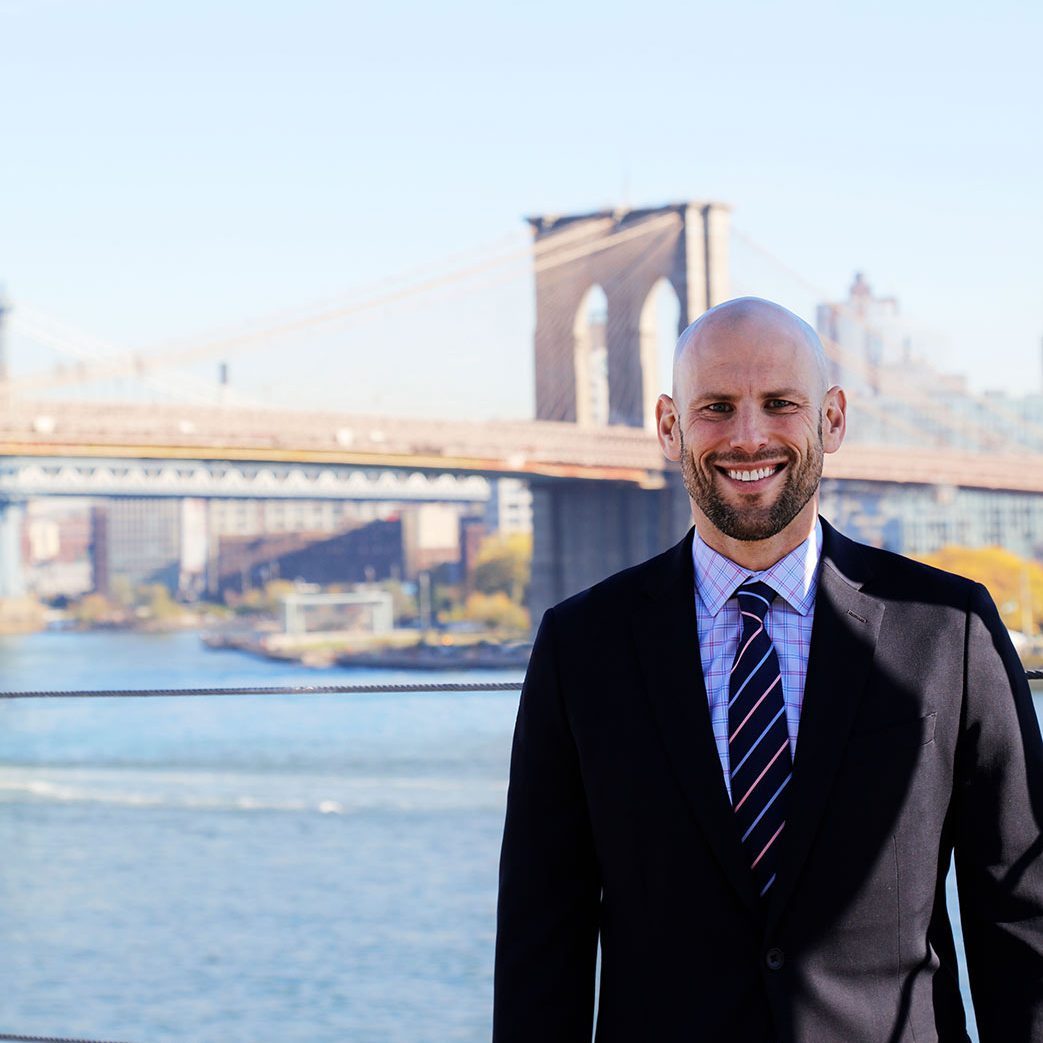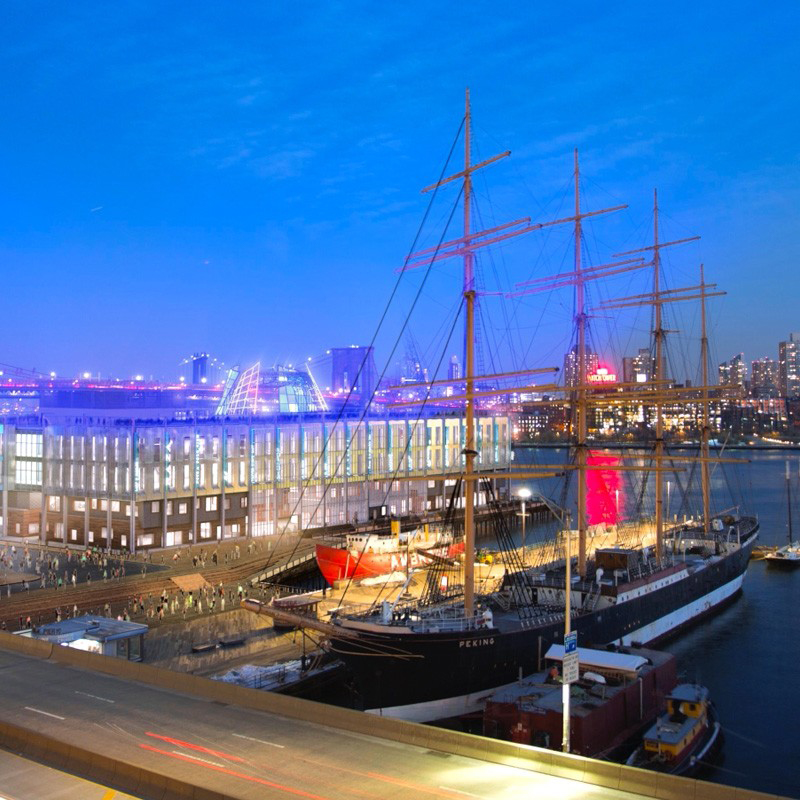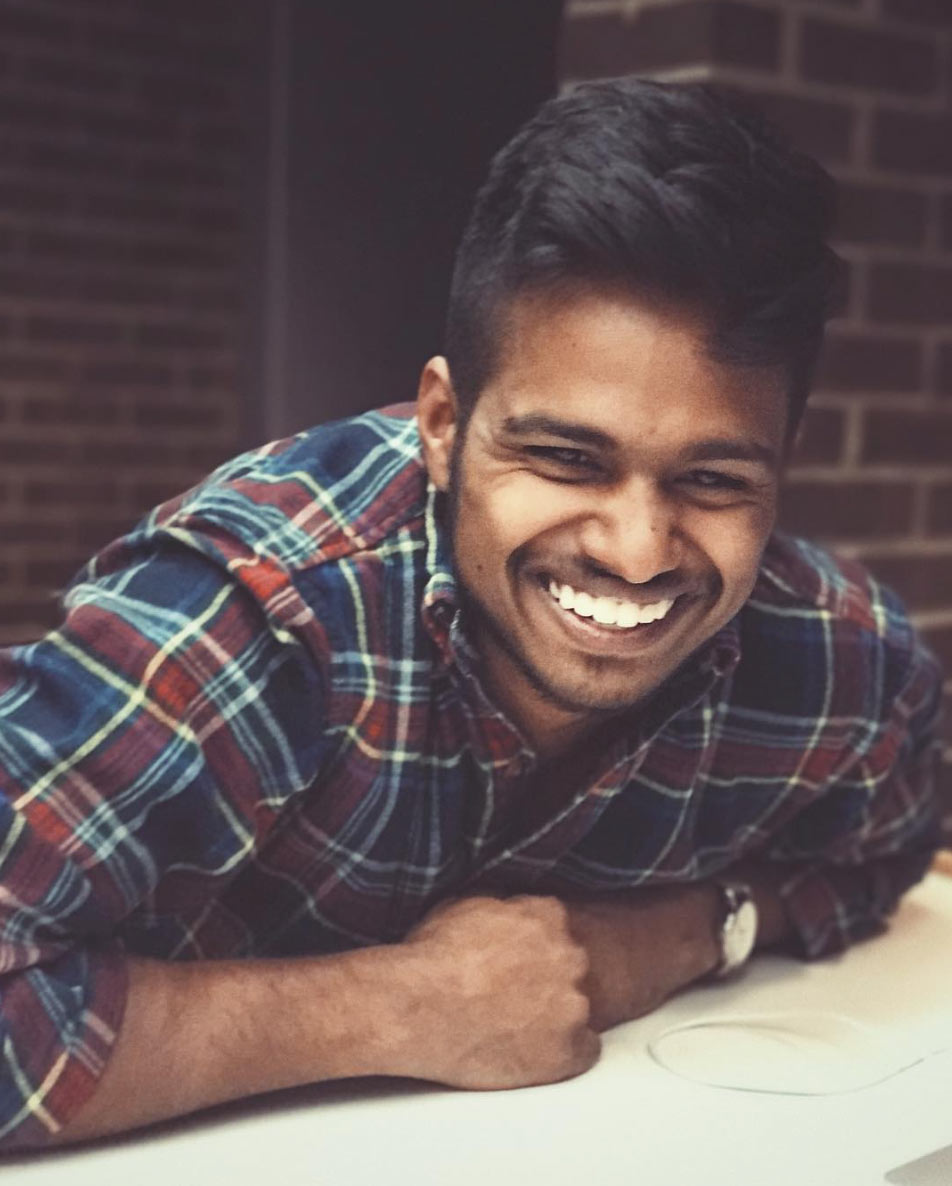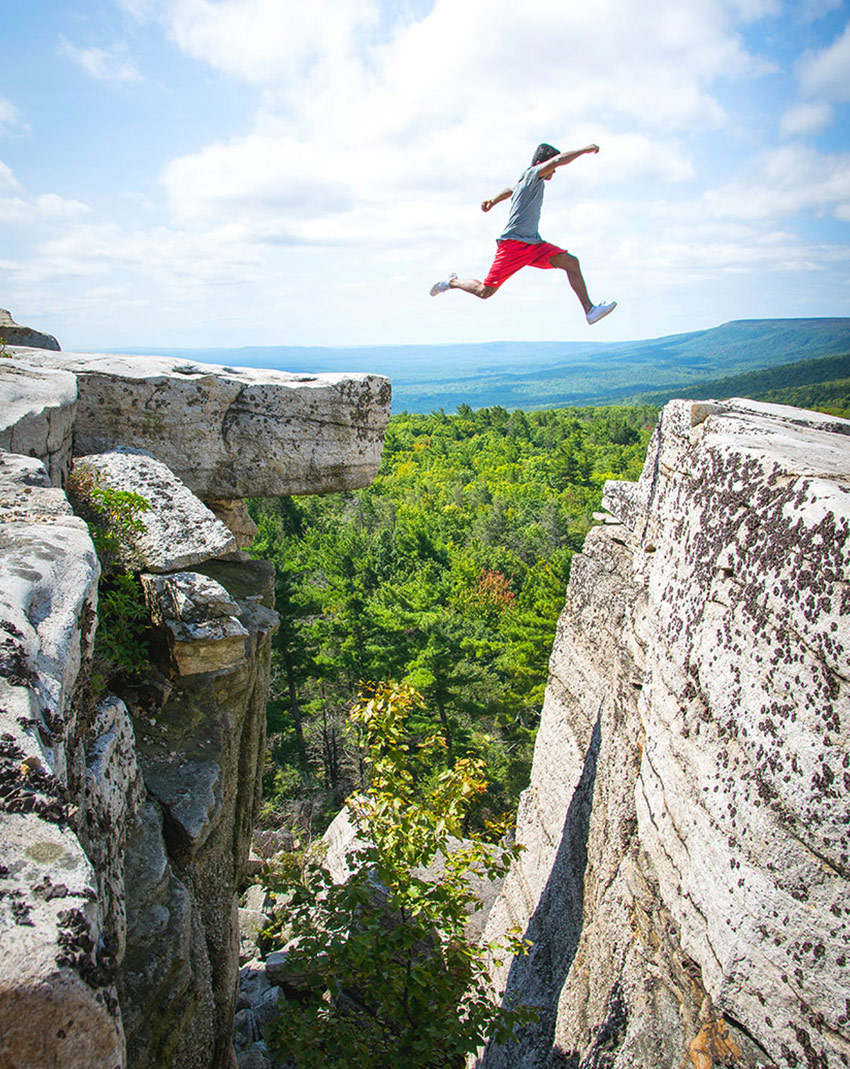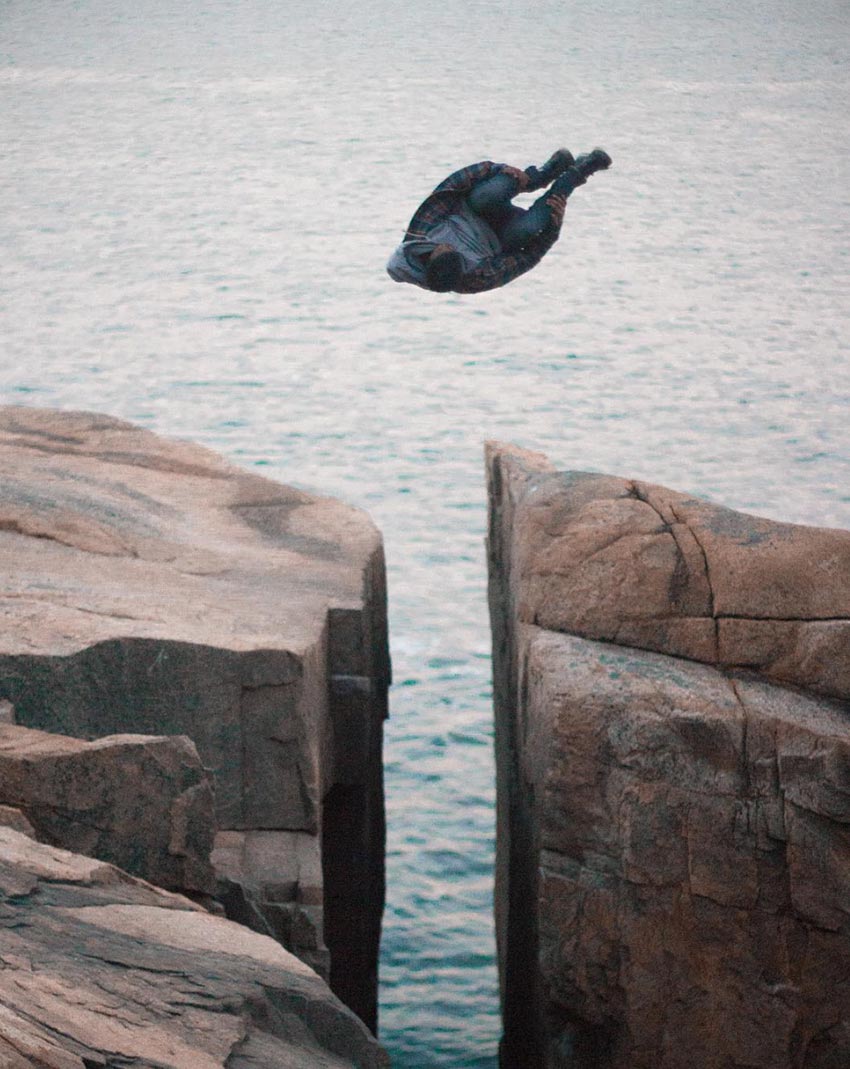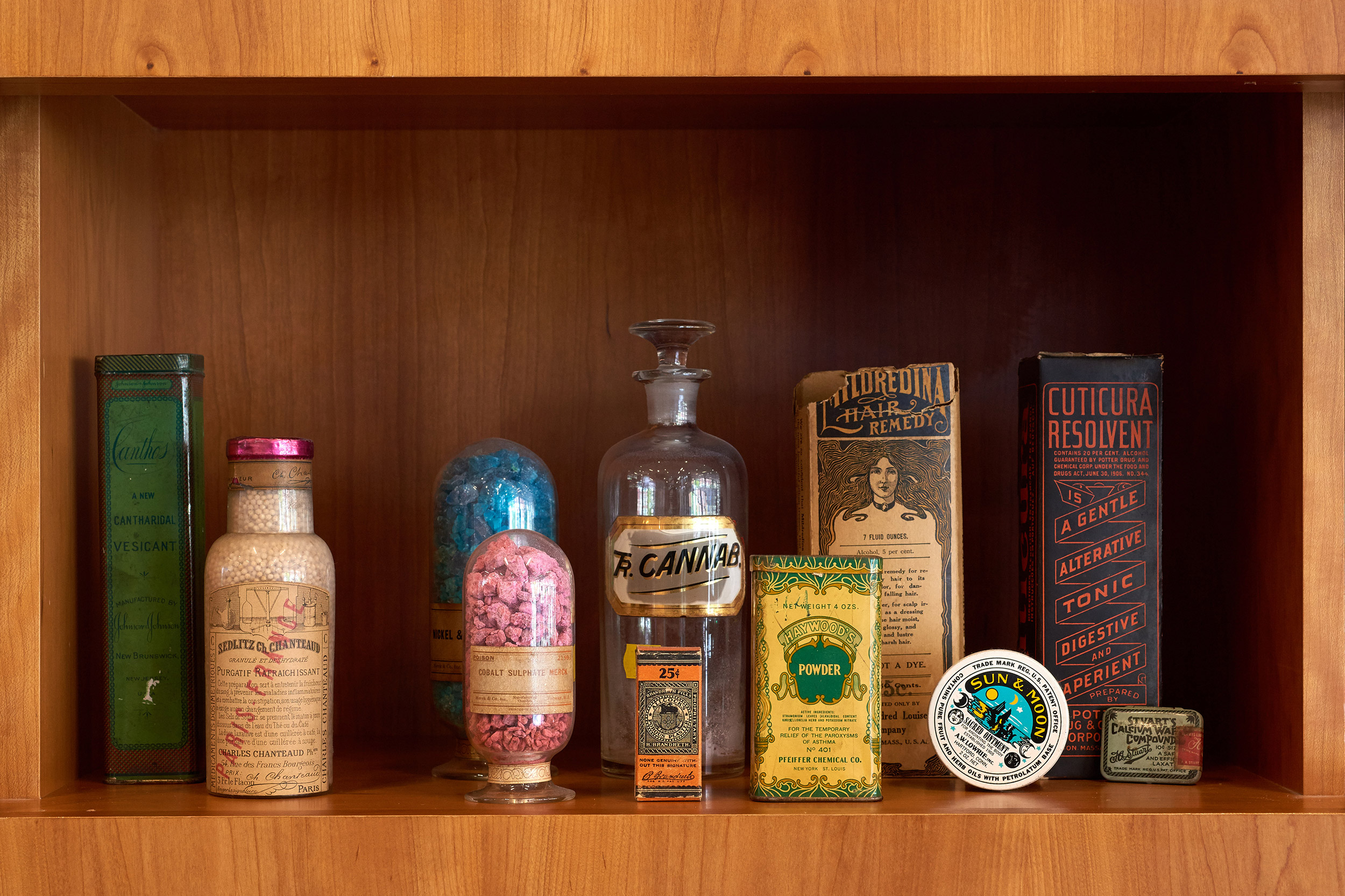We’re talking just moments after you walked out of the First Take studio. Are you exhausted from moderating an intense two-hour debate?
No, actually, you know what? I always feel like my adrenaline is up after the show. We’ve just had this heated, intense debate. It’s exciting, entertaining, and we had a lot of fun. So right now the energy’s up. Later in the day, after I get my workout in, then I’ll crash.
What is it like to play traffic cop for the big, loud opinions of Stephen A. Smith and Max Kellerman?
It’s exhilarating, because everyone is so passionate. Not just Stephen A. and Max, but everyone in our meetings before and after the show, from our bosses to our producers. And I’d say it’s a lot of fun, because we love what we do. Sometimes the debate gets heated and you want to play Switzerland, or kind of calm down Stephen A. and Max. But nothing’s personal, so once the commercial break hits, we’re back to joking around with each other, moving on to the next topic. In the moment, though, you’re seeing raw, authentic reaction because these gentlemen are passionate about what they’re speaking about.
When you became host of First Take, the media website Awful Announcing published a column that kind of pitied you for having to deal with these guys and their loudmouth back-and-forth. The headline referred to your new position as “the worst job in television.”
Yes, and I would completely disagree. This is definitely not the worst job; this is the best job I’ve ever had. It’s challenging to keep each day’s show entertaining through two hours while hitting on a variety of points of contention, things the guys disagree on. I have to keep the show moving, and just like the host on any other program, I have to get us in and out of commercial breaks, because the advertisers pay our bills. Mostly, though, my job is to make sure the debates cover both sides of the argument. So if the guys agree on a topic, I’m going to take the devil’s advocate position and push the conversation deeper.

What’s the most important thing you have to keep in mind as you navigate your way through the debate?
To listen.
That’s No. 1?
Yes, that’s the most important thing for me. I need to pay close attention to what the guys are saying, so I can pick up on any errors and correct them. If they’ve missed an important point, I want to follow up. I can’t be sitting there thinking up my next question. I need to be constantly listening.
Debate shows are all over TV these days, not just in sports. It wasn’t this way when you started in the business a decade ago. Why the change?
I can tell you exactly why. We want analysis of the news. We want to hear from the opinion-makers. We want to hear the barbershop or hair salon conversation.
For example, before today’s show it was all over the internet that the New York Giants had signed Brandon Marshall. Well, I’m a Giants fan, and I want to know what this means. Are we going to win a ring? Do we now have the best wide receiver tandem in the NFL? That’s what we offer on First Take. We’re spinning the conversation forward, addressing the news from all angles.
So you’re a Giants fan, and I hear you’re also a Celtics fan. Is that a Connecticut thing, splitting allegiances between New York and Boston?
I can explain that, so I don’t sound like a bandwagon fan. Basically, I adopted all of my dad’s favorite teams, and he’s a huge Giants fan. I also grew up a Yankees fan and a Celtics fan, because those were my father’s teams, too. We rooted for the Celtics, rather than all New York teams, because the Celtics used to come to Hartford to play, and my dad took us to the Civic Center for those games.
Growing up, did you always see sports broadcasting in your future?
Yes I did. I grew up in a household where everybody played sports and we were big sports fans. What we did for fun as a family is we went to games. My father was a season ticket holder of UConn men’s and women’s basketball even before Gampel opened. He still goes to every game.
What about the journalism piece?
I got an internship at ESPN when I was at UConn. That’s how the whole thing got going. I was fortunate that Bristol is only a short drive from where I grew up.
After UConn, you worked at ESPN but then moved on to CBS Sports and Fox Sports and the NFL Network. Did you always envision yourself back at ESPN?
That was always the goal. When I was in digital media at ESPN, I knew I wanted to do what I do now, but I was too green. When I left, though, a person I knew in the talent department told me, “In three to five years, you’ll come back.” So then I had a chip on my shoulder. I wanted to come back in a meaningful role. I also wanted to return to Connecticut so I would be closer to my family. They mean everything to me. It was really hard to be in LA, missing a lot of family moments. So both personally and professionally, this move was at the top of the vision board.
“The vision board”? Are you one who makes it a practice to envision your future?
Absolutely. I truly believe in the power of our words, of what we put out there. I believe in having clear goals, intentional goals, and putting them out to the universe, to God, to whatever you believe in. Speaking these goals out loud is important. And I believe in writing them down. There’s something about writing down your goals in your own handwriting. You have to believe in yourself before anyone else will. Of course, you can’t just write down some goals and then sit there, sucking your thumb and eating bonbons. You’ve got to hustle. You’ve got to work toward your goals.
And voila, here you are. ESPN. First Take.
Yes, countless times things have come true for me after I’ve written them down — things that this random girl from Connecticut had no right to believe would happen.
You were born in New Haven and you now host a debate show. Let’s delve into the debate that has raged in Connecticut for generations. Sally’s? Pepe’s? Who makes  the best New Haven pizza?
[Laughs] You know what I’m going to do? I’m going to throw you a curveball. I’m going to say Modern Apizza is the best.
Ah, some outside-the-pizza-box thinking!
And the other pizza place I love, after living near the place for a bit, is Luna in West Hartford. I love the thin-crust margherita — good sauce, fresh mozzarella. Luna is phenomenal.
So what happens more often, your last name gets misspelled or your last name gets mispronounced?
[Laughs.] Both! I would say, right now, it’s mispronounced more. Stephen A. pronounced it wrong the other day, and I was so mad at him! I texted him right after. I was like, “It’s CARE-um, phonetically.” And he was like, “Oh God, here we go, Mollywood.”
I believe I once heard you say, though, that even you mispronounce the name.
Yes. Yes. The last name is Albanian, and I say “CARE-um” but it’s really “keh””REEM.” I think my mom felt like people wouldn’t be able to handle it, so she tried to sound it out in English. Sometimes I feel like a bit of a sellout and wish I had stuck with the actual pronunciation, especially when Albanians or Muslims see my Americanized version.
When you think back to your time at UConn, what’s your biggest takeaway?
I felt like the students I met at UConn were good, hard-working kids. It was real life. It wasn’t a place where kids went away just to spend mom and dad’s money. A lot of my friends had jobs while in school. A lot of my friends paid their way through college.
And the university was just about the right size for me. Everywhere I went on campus, I would see someone I knew and also would always meet someone new. The size of the university also meant that there were a lot of resources available to students. I was able to have a TV show on UCTV, which was a lot of fun and helped me along my career path.
Let’s look down that career path 10 years into the future. Which of these scenarios is more likely: You’re still in broadcasting but no longer in sports, or you’re working in sports but not as a broadcaster?
I can imagine both, and I’d be happy with either. I can 100 percent see myself in broadcasting but in a different space, like on a morning show or something. And I can also see myself with a role in some team’s front office. I was thinking about that today during the show, when we were talking about NFL free agent signings and salary caps and the business side of sports. I can see myself playing a role in that.
OK, then, here’s something for your vision board: “Molly Qerim, GM of the Giants.”
I would be thrilled!


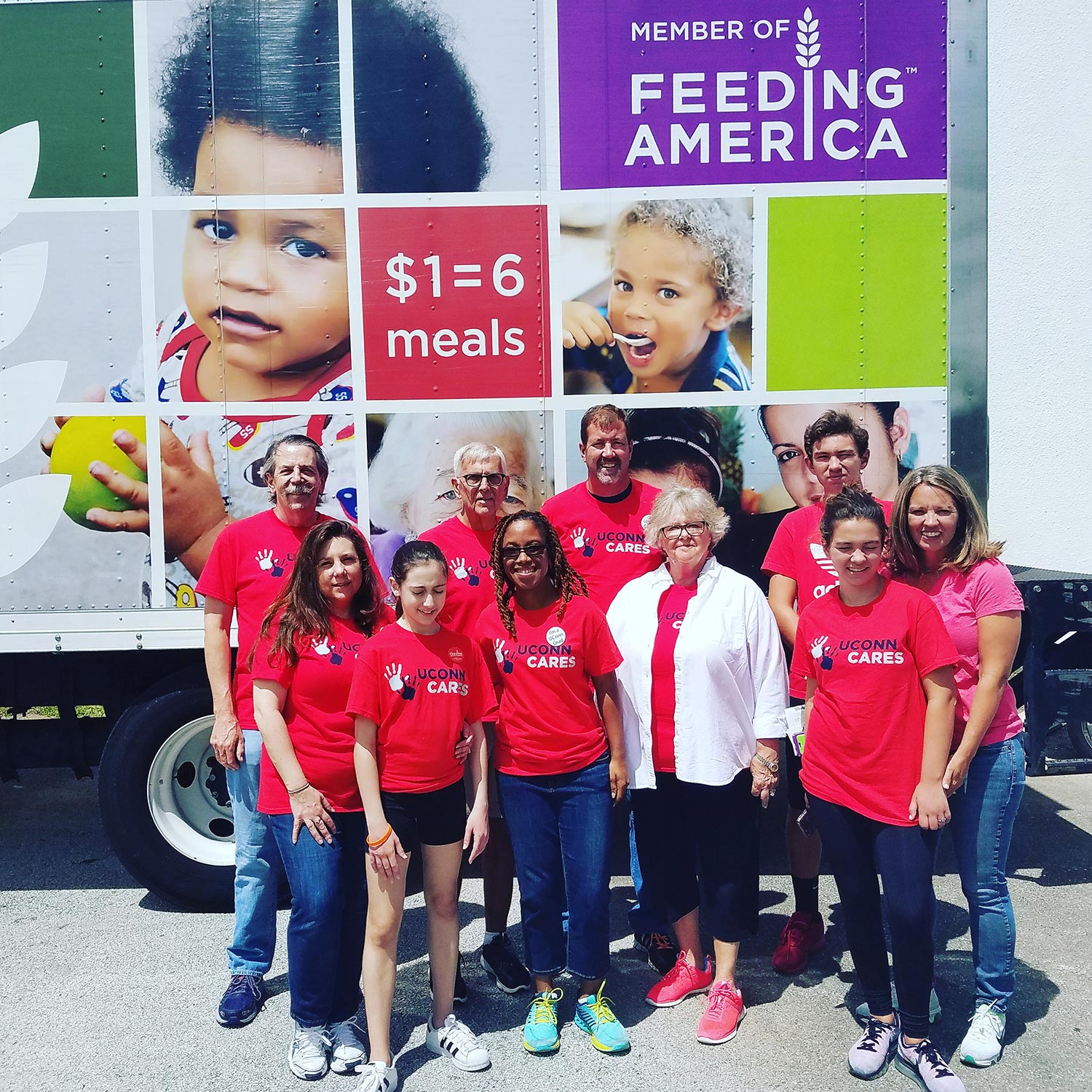
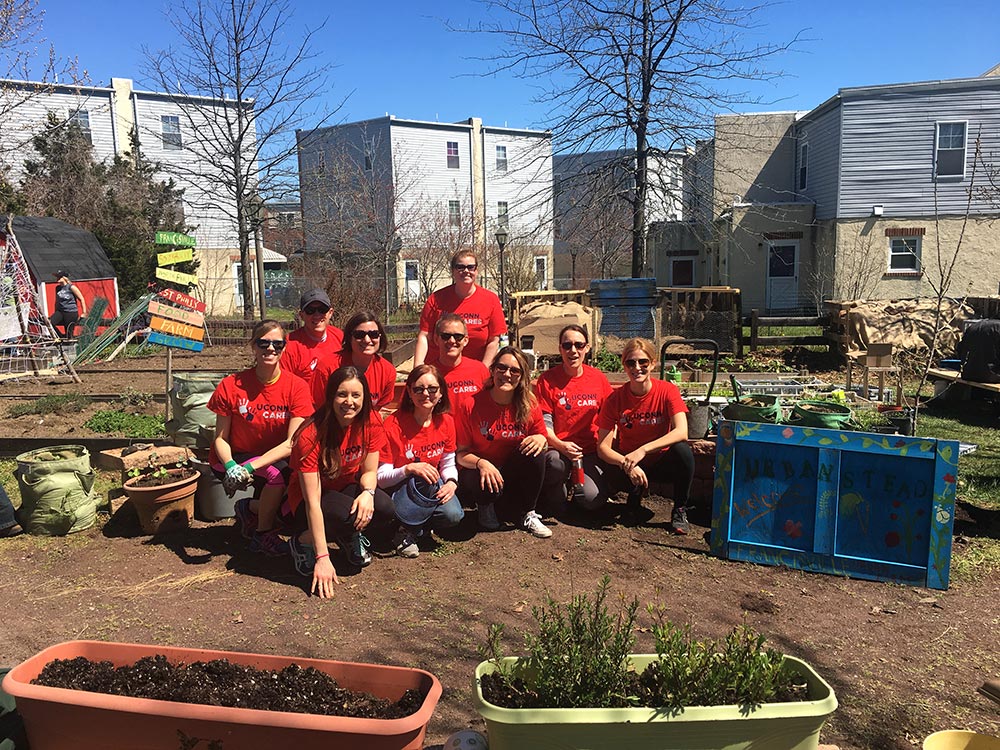
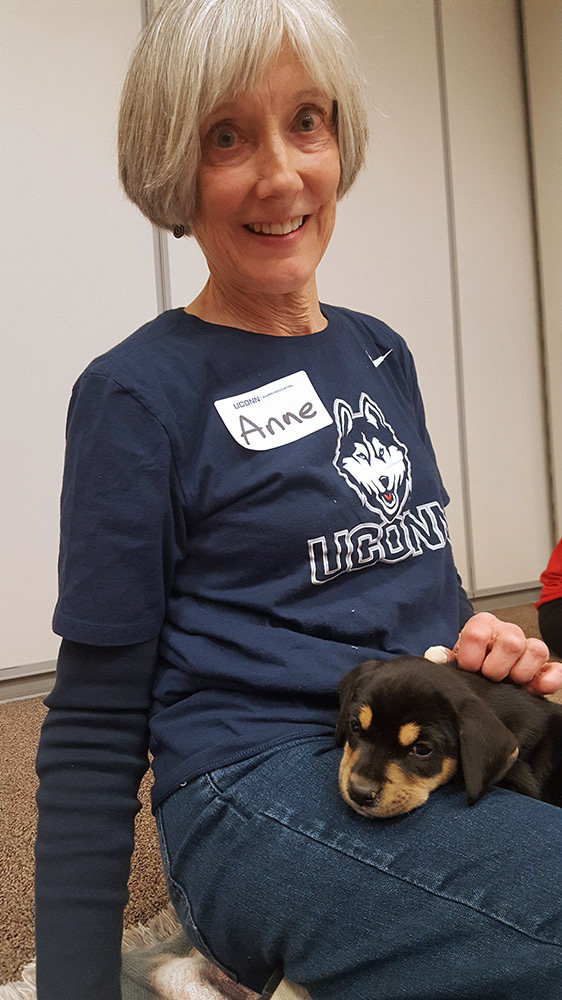
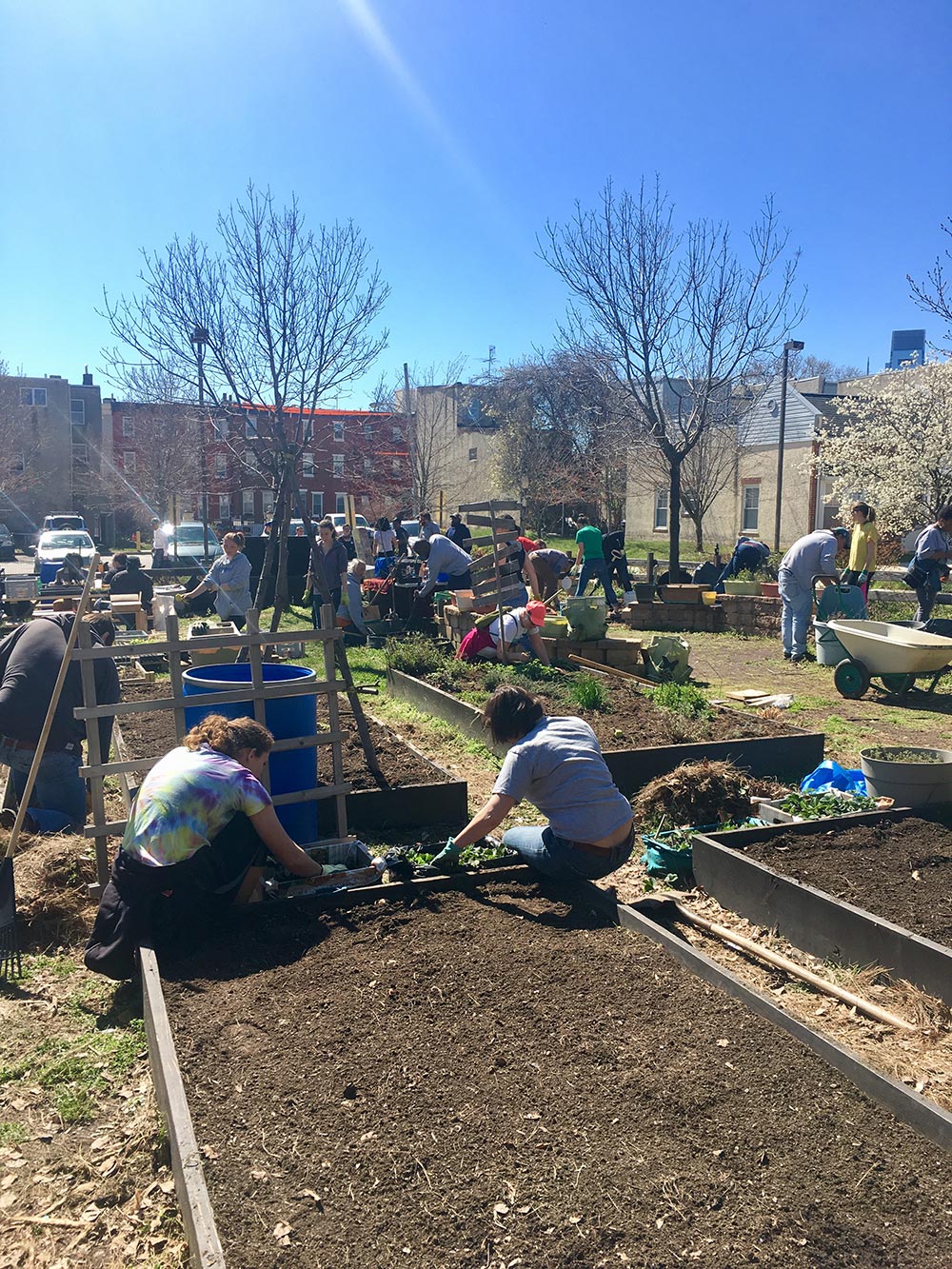
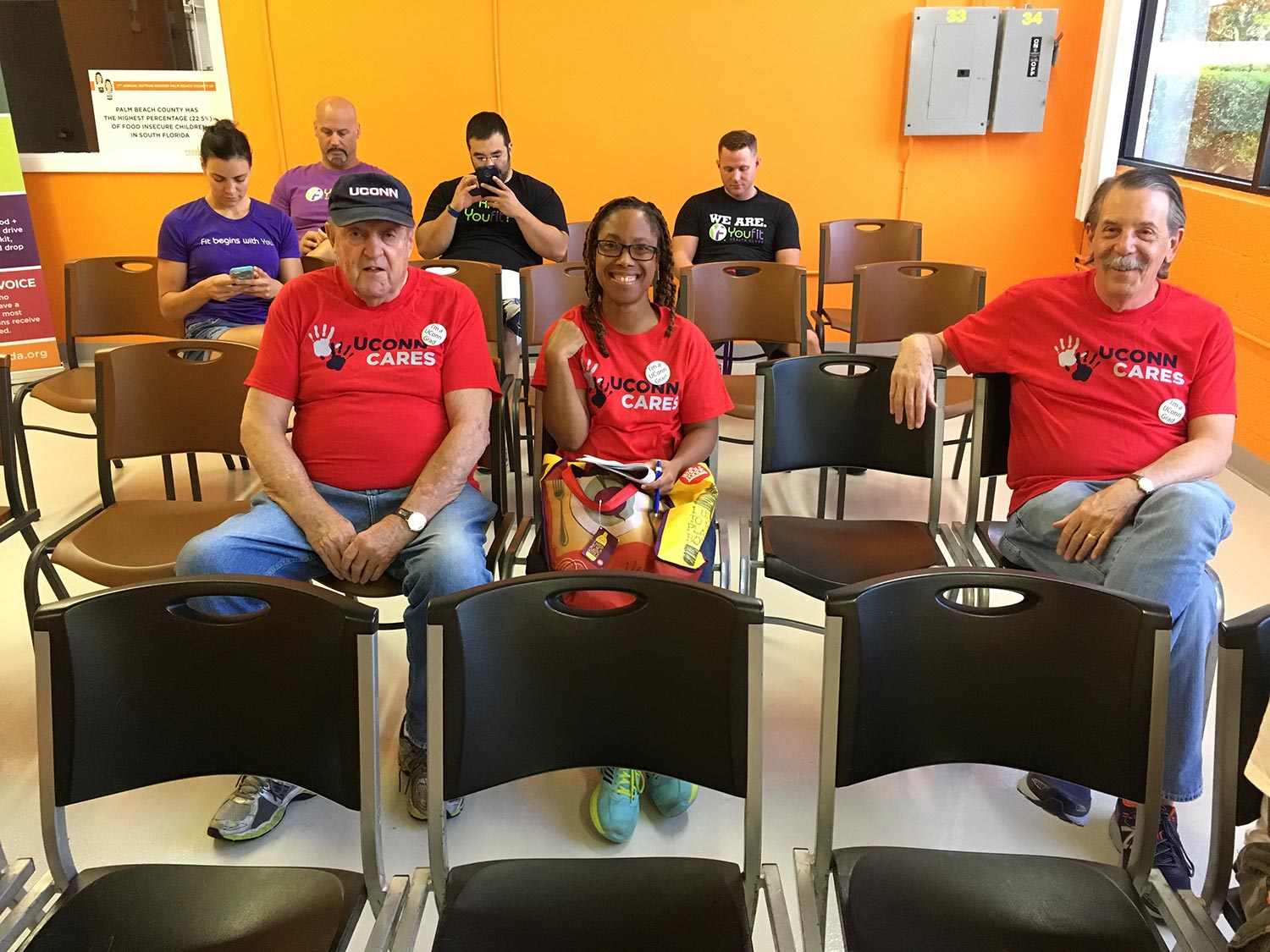
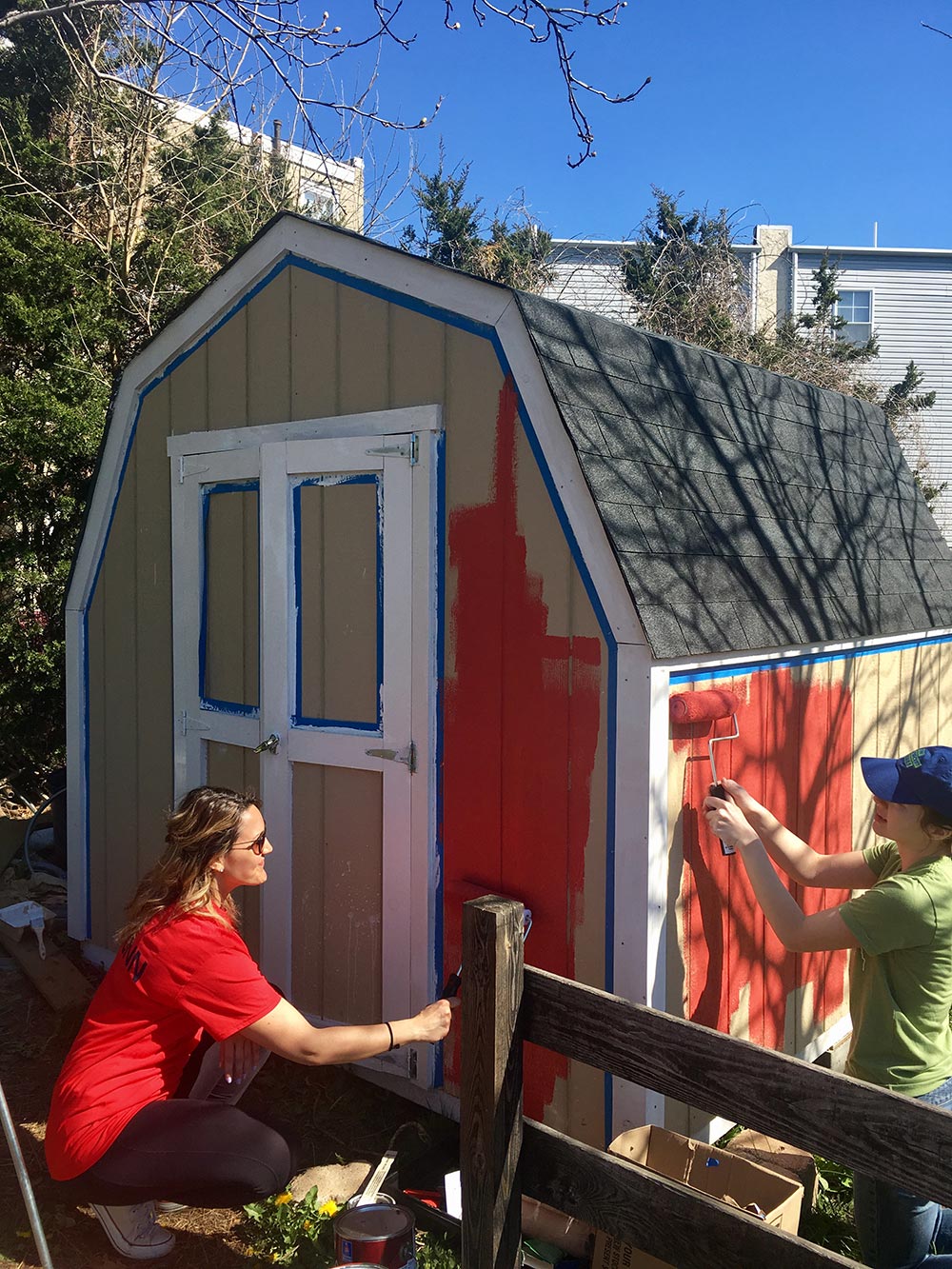
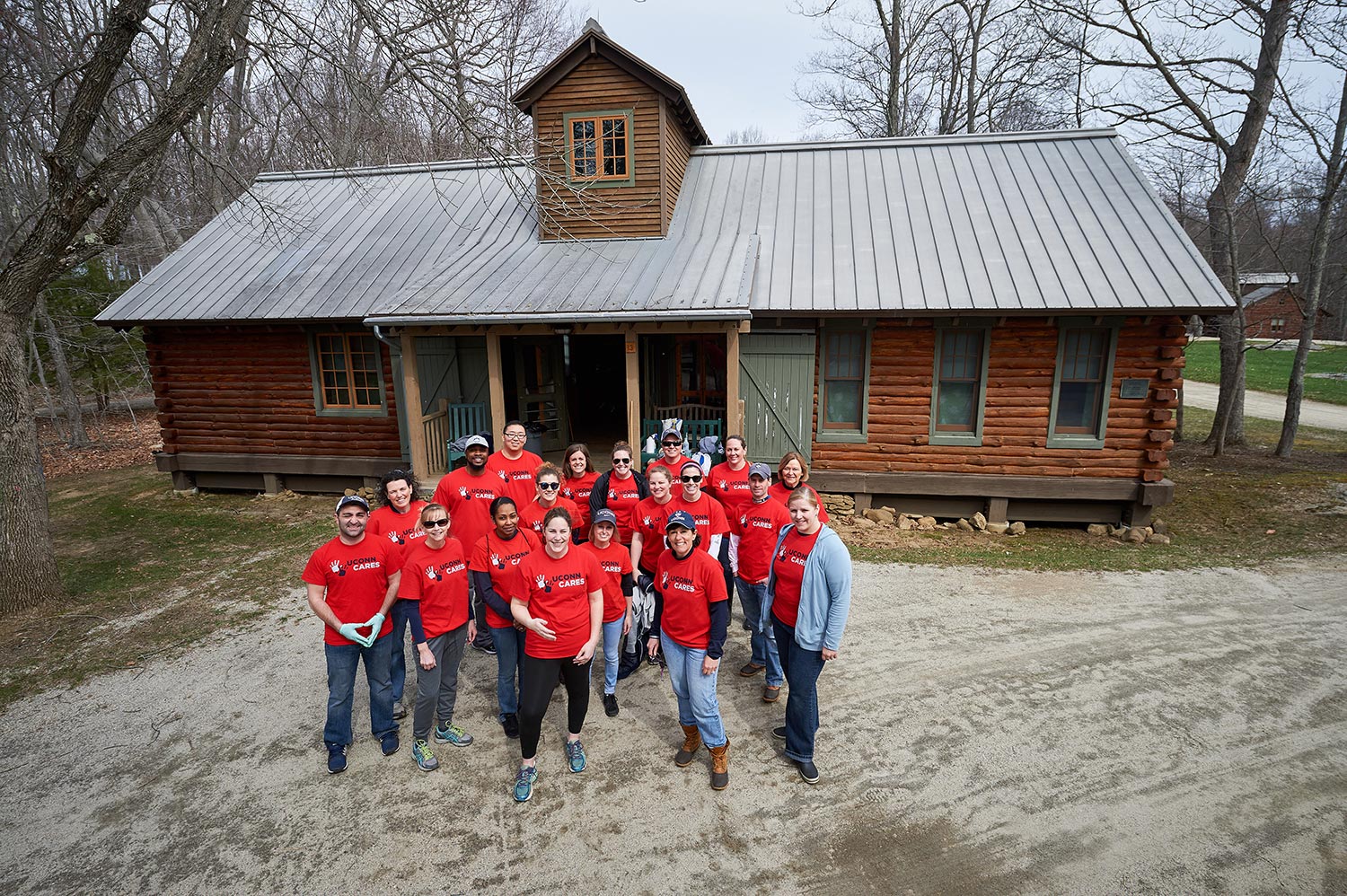
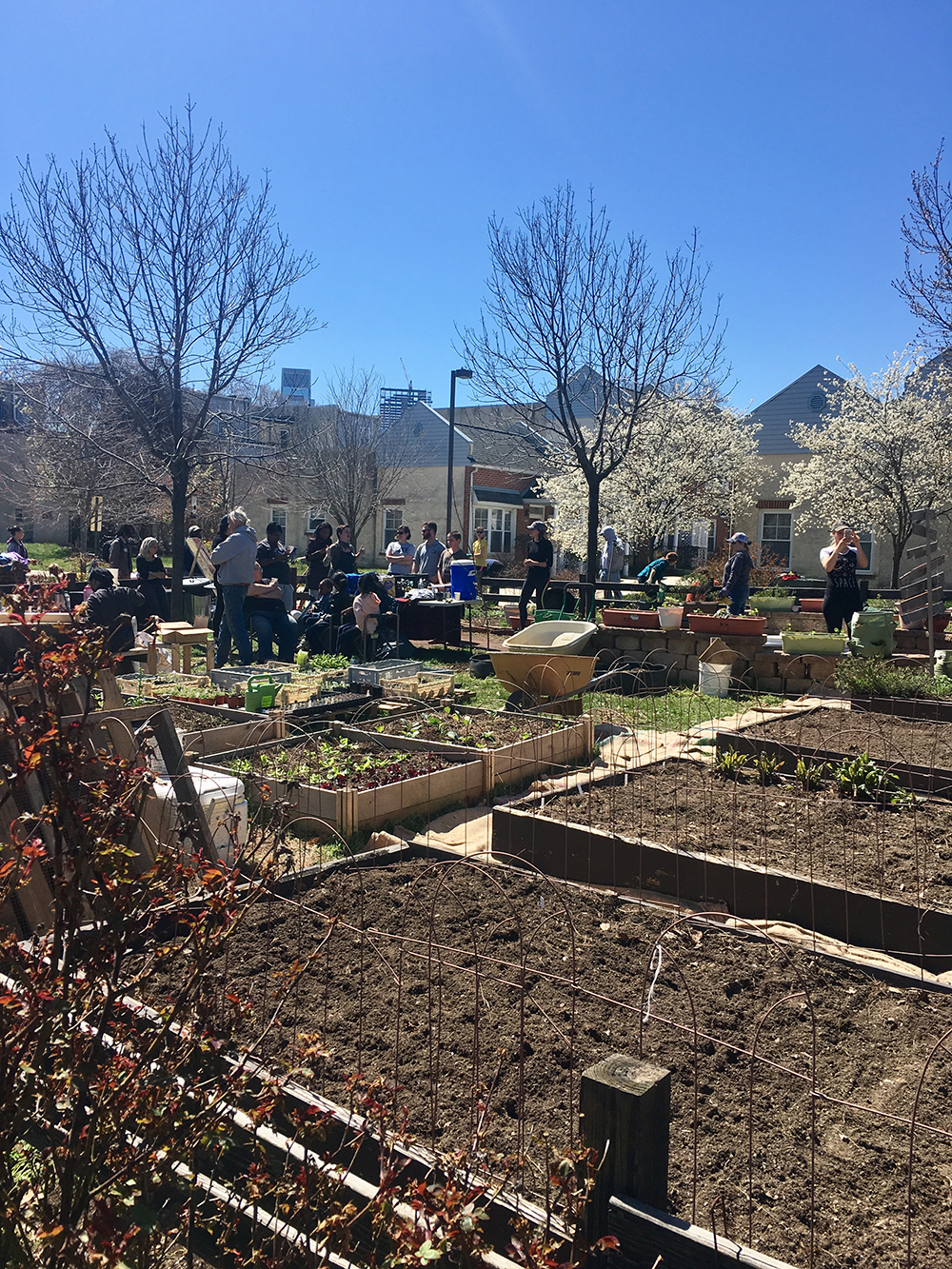
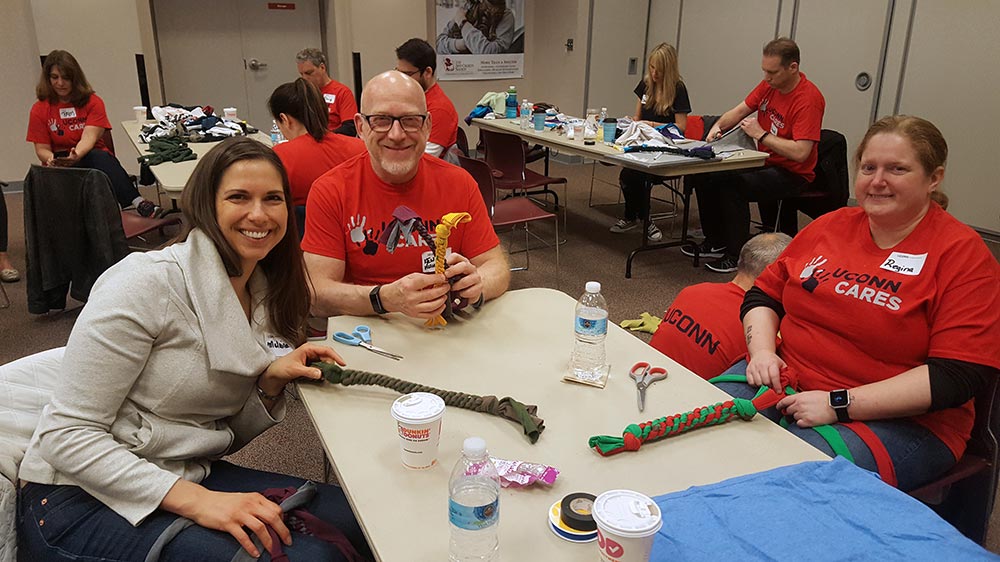
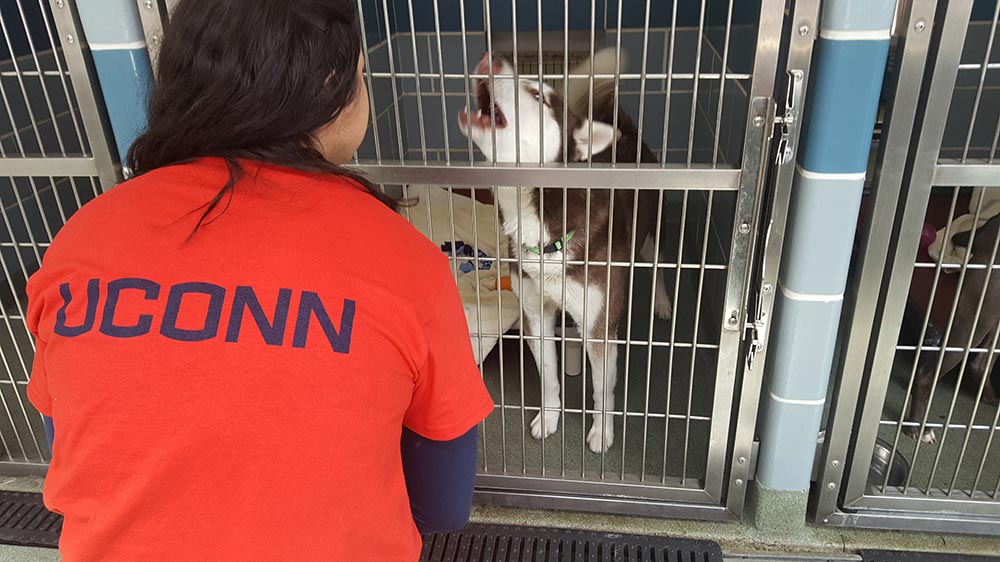
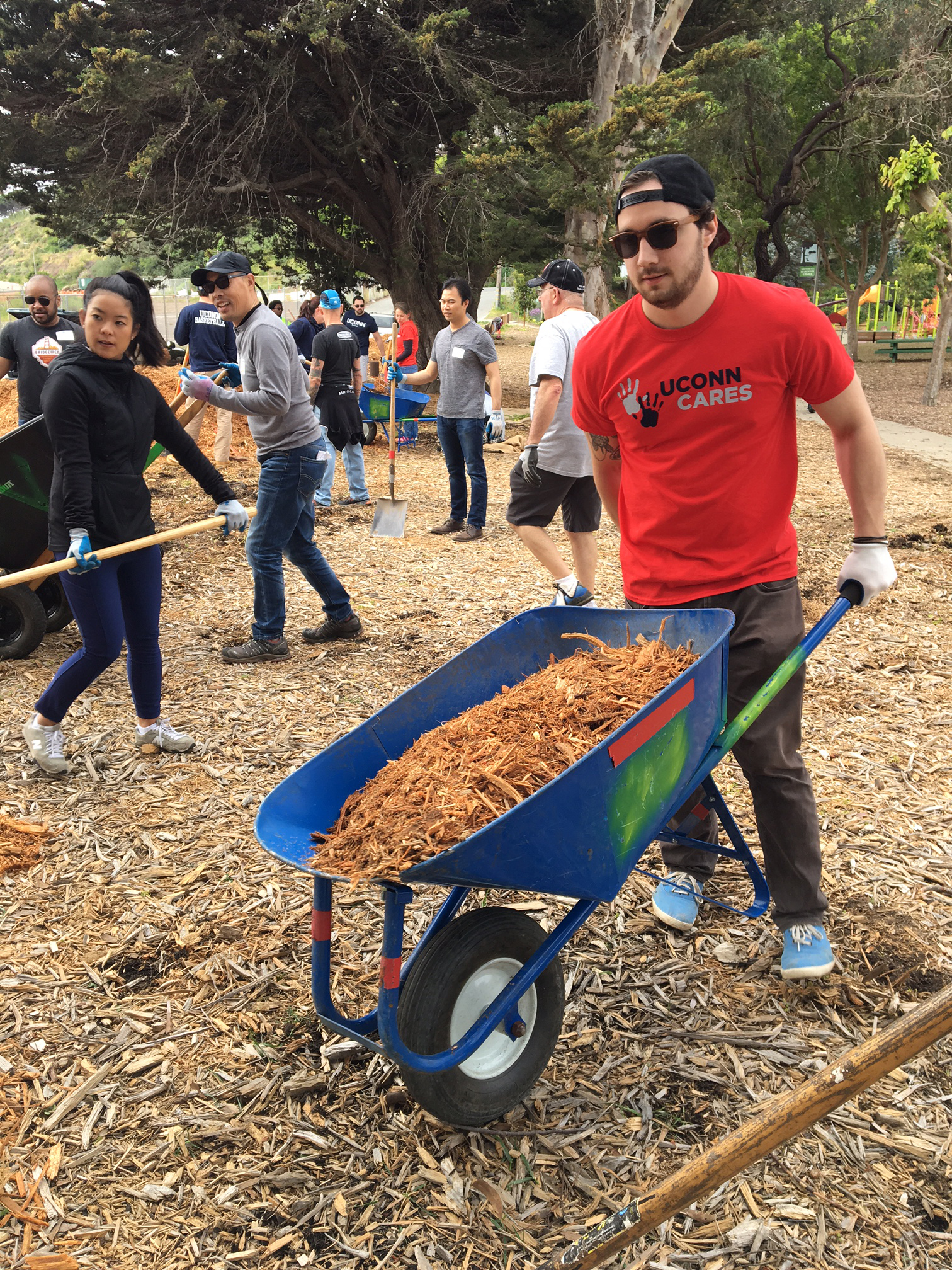
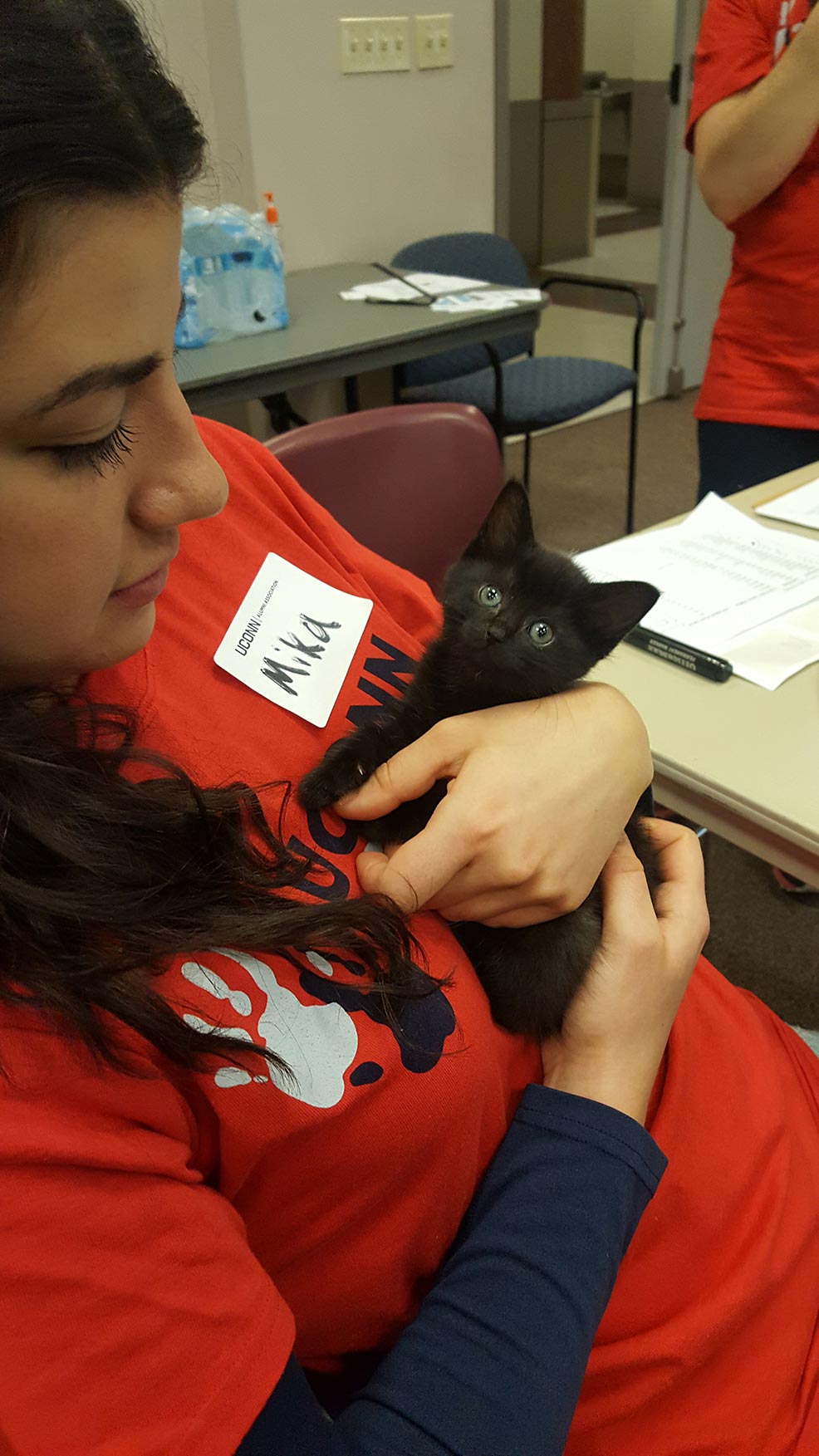
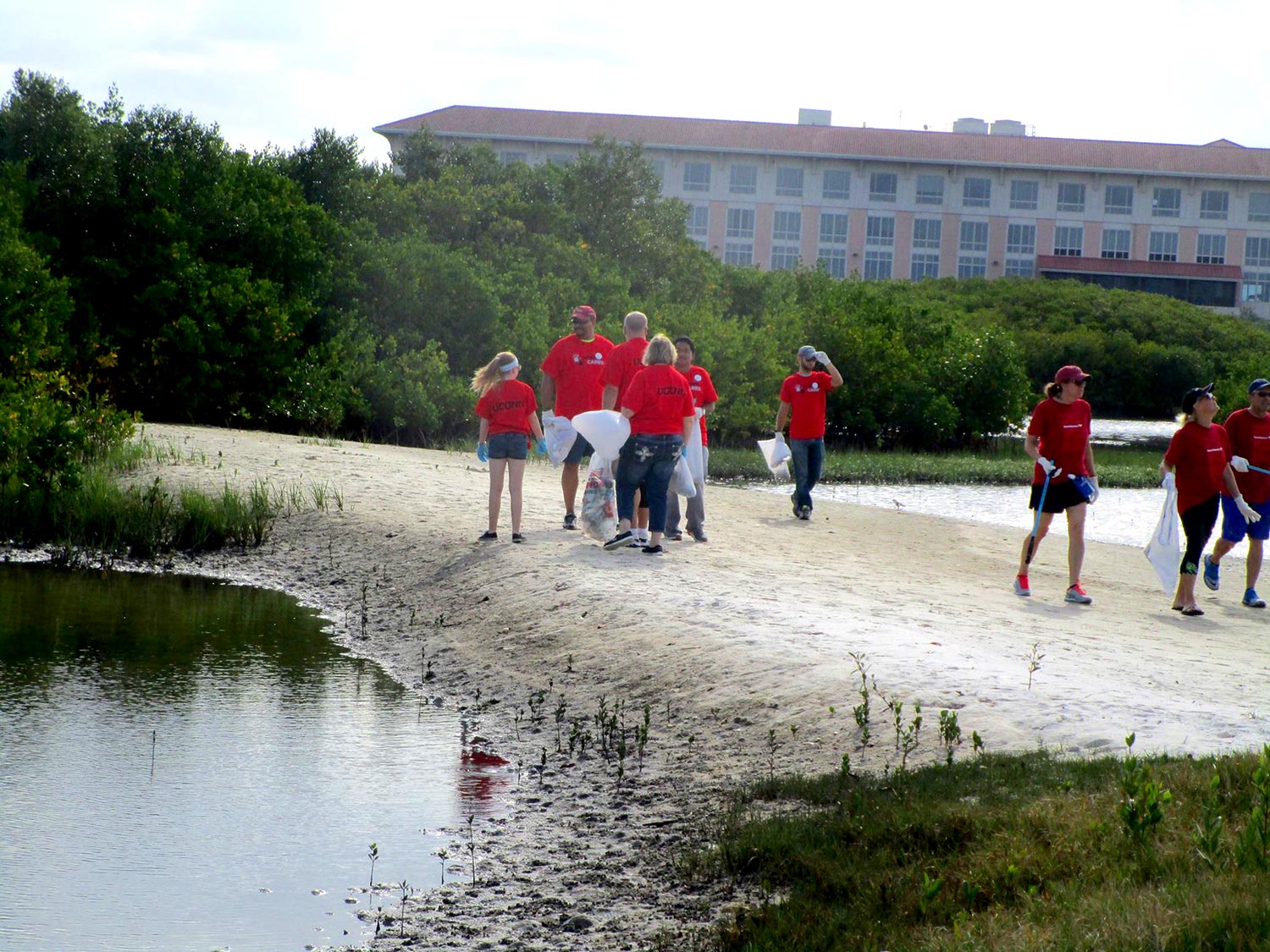
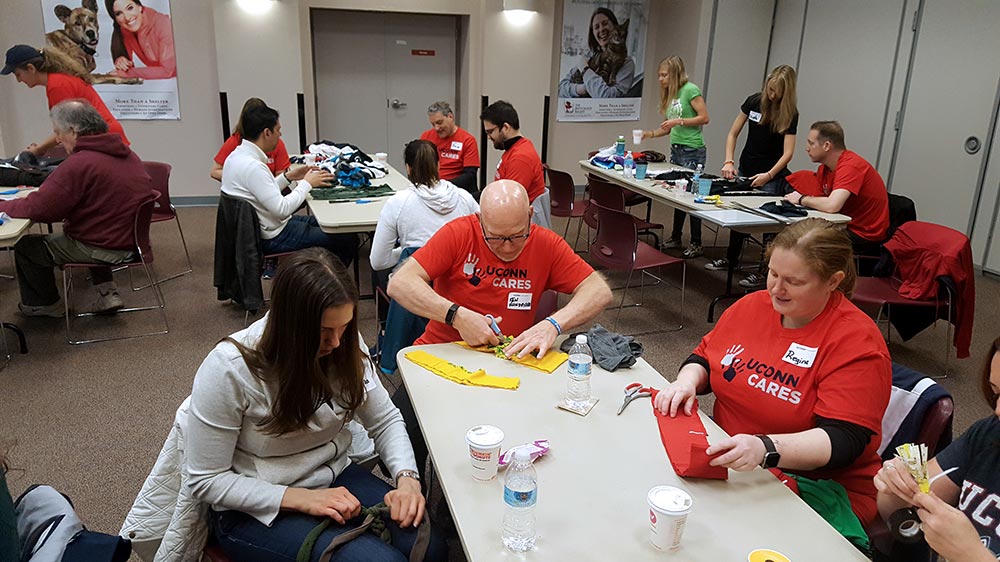
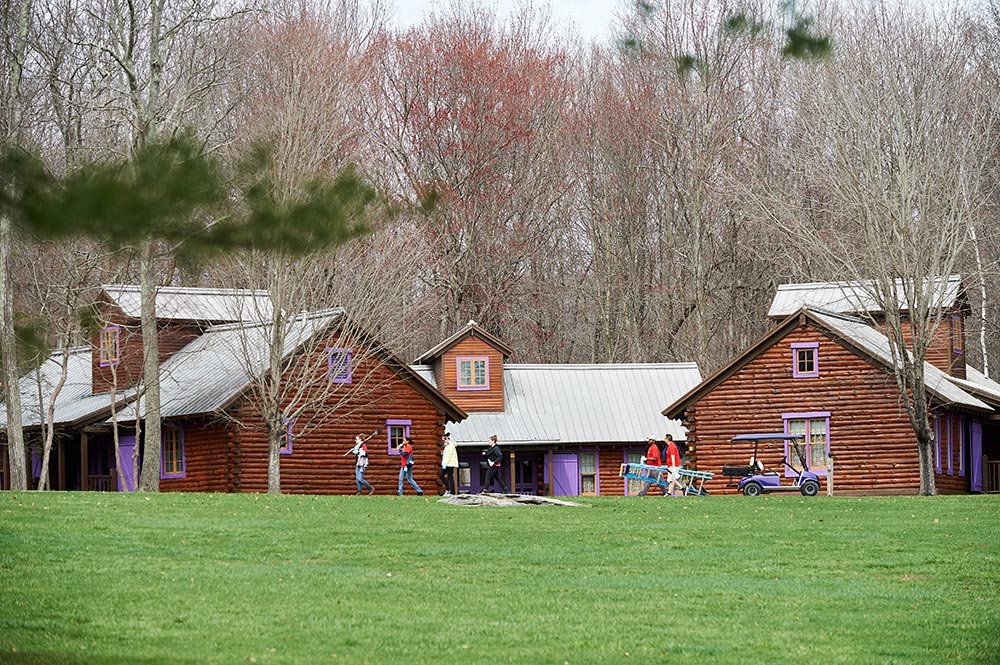
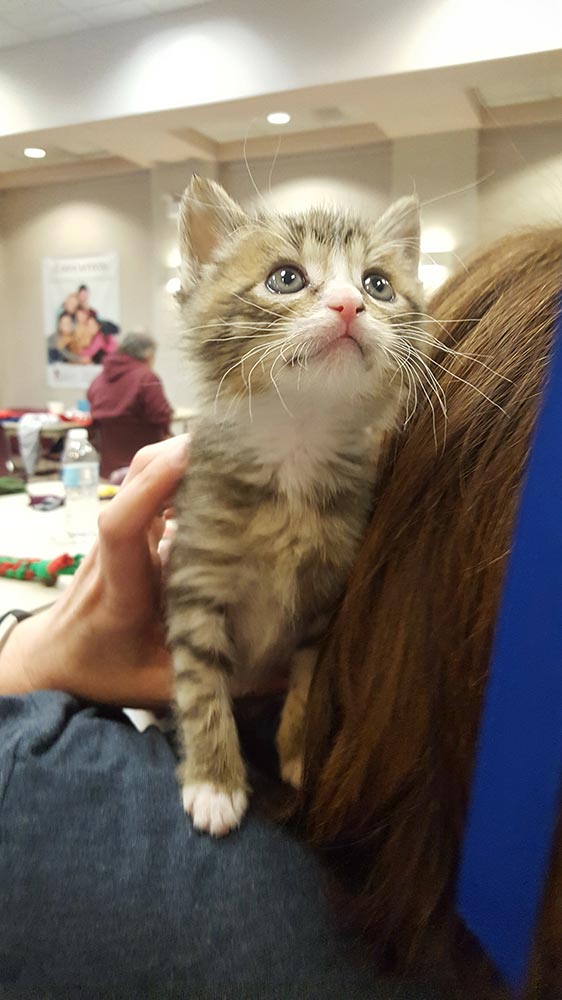
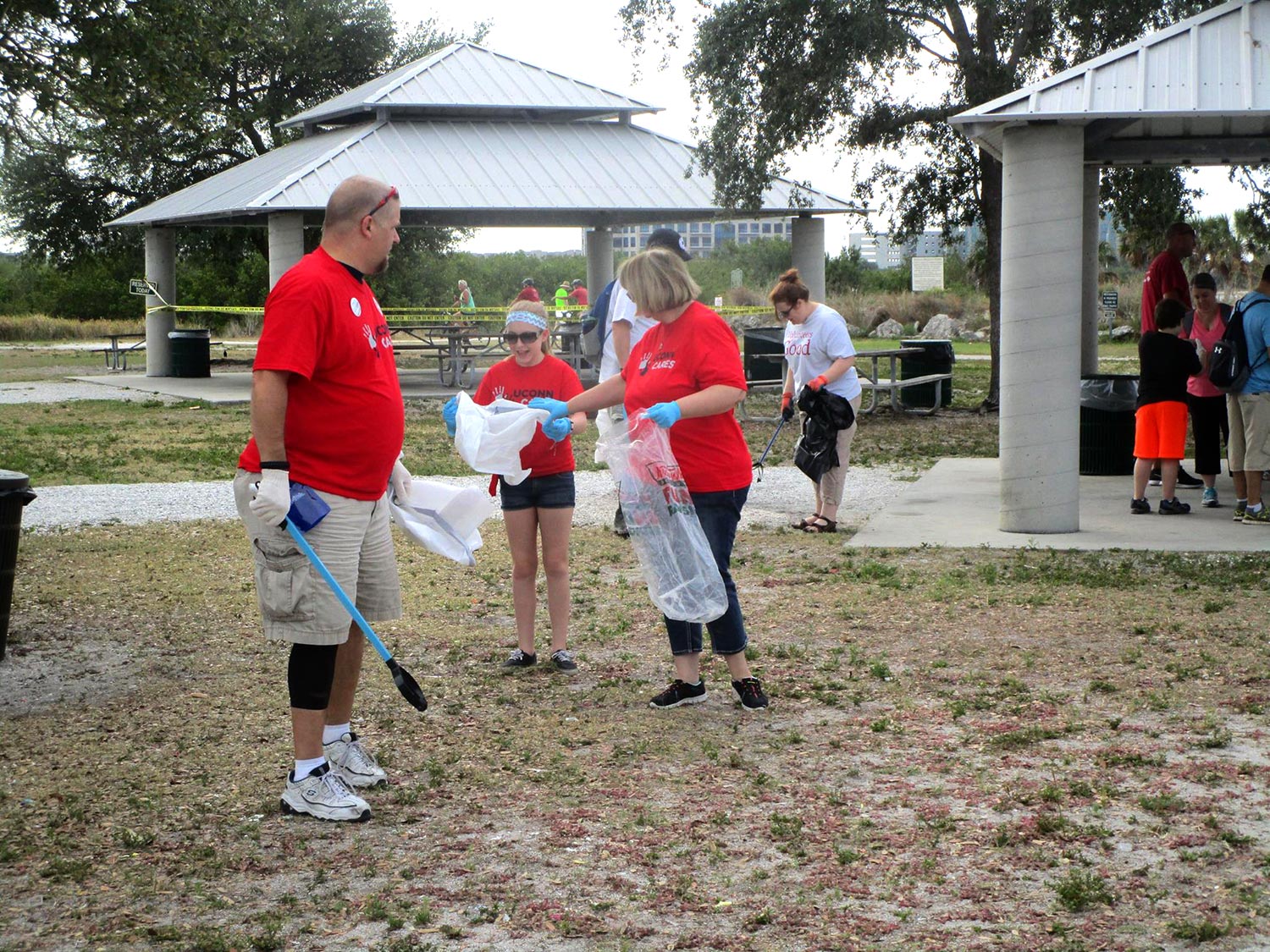
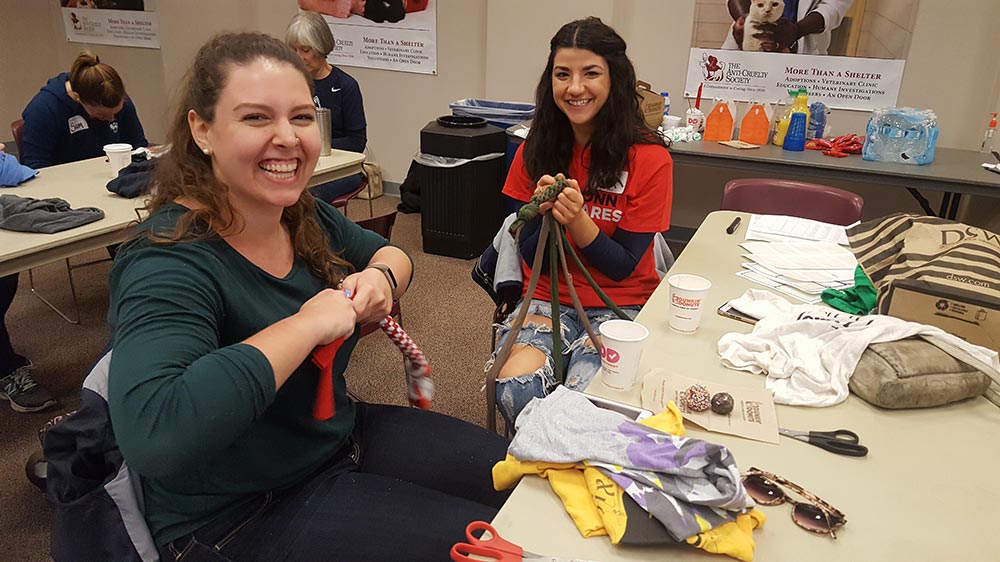
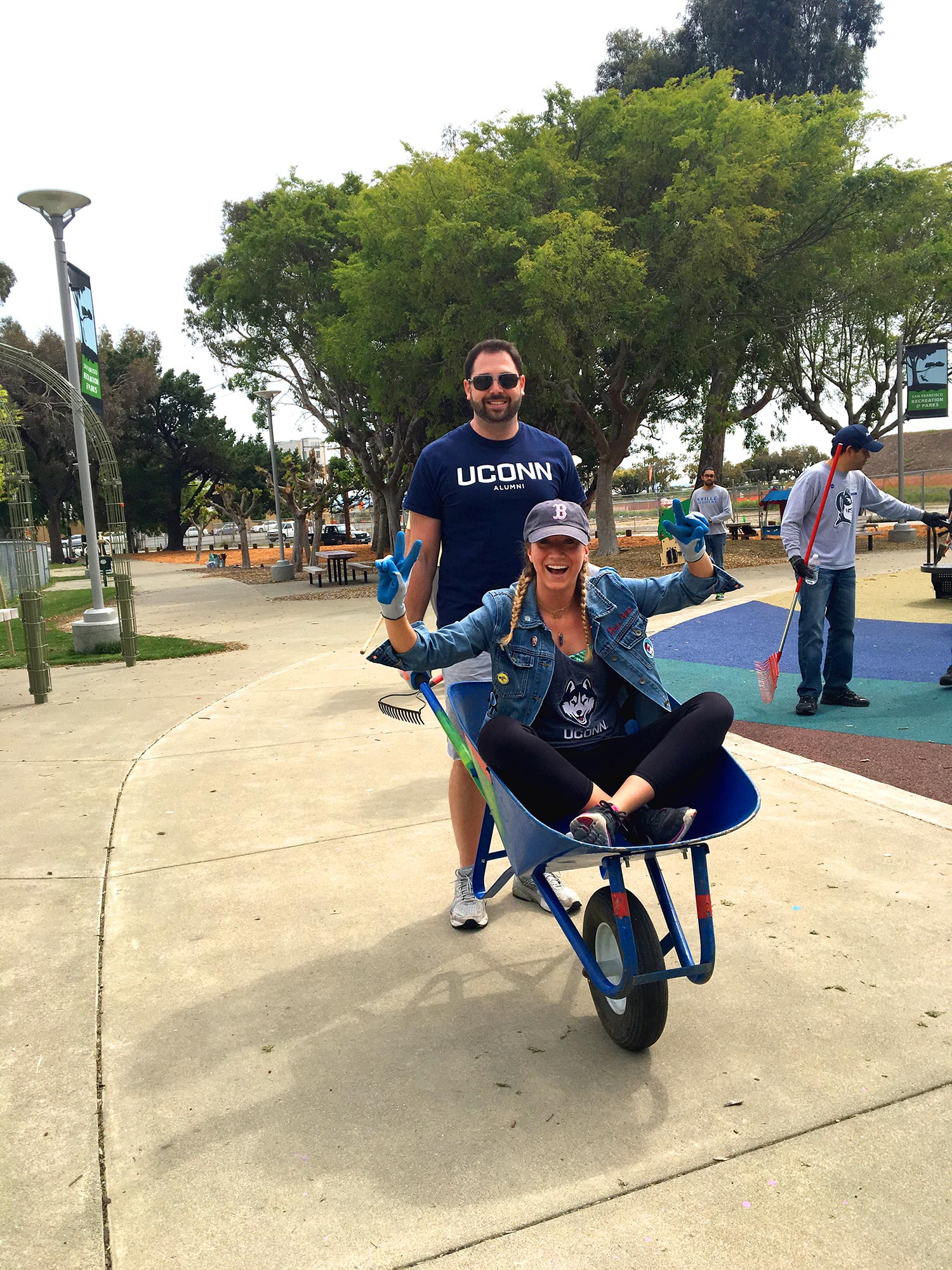
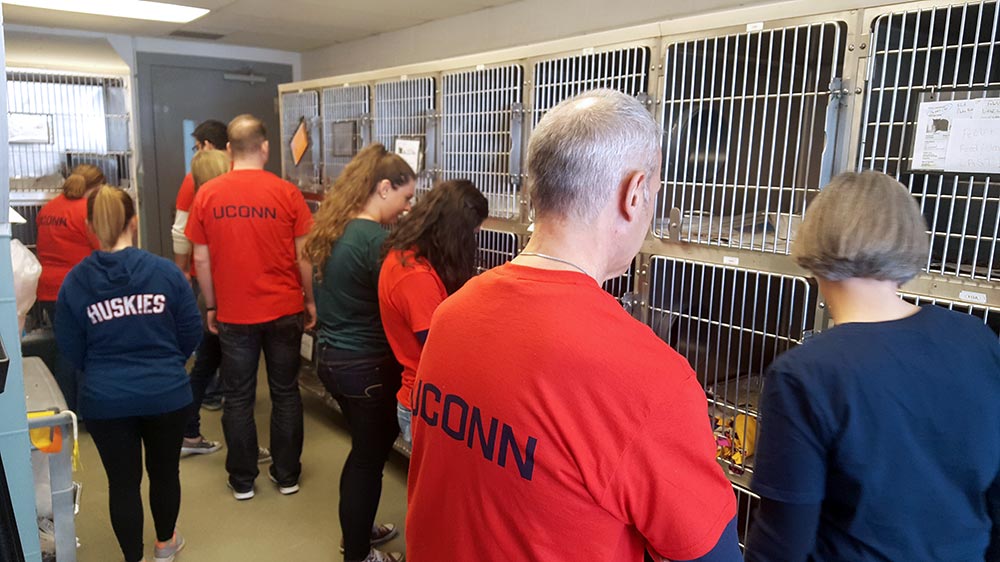
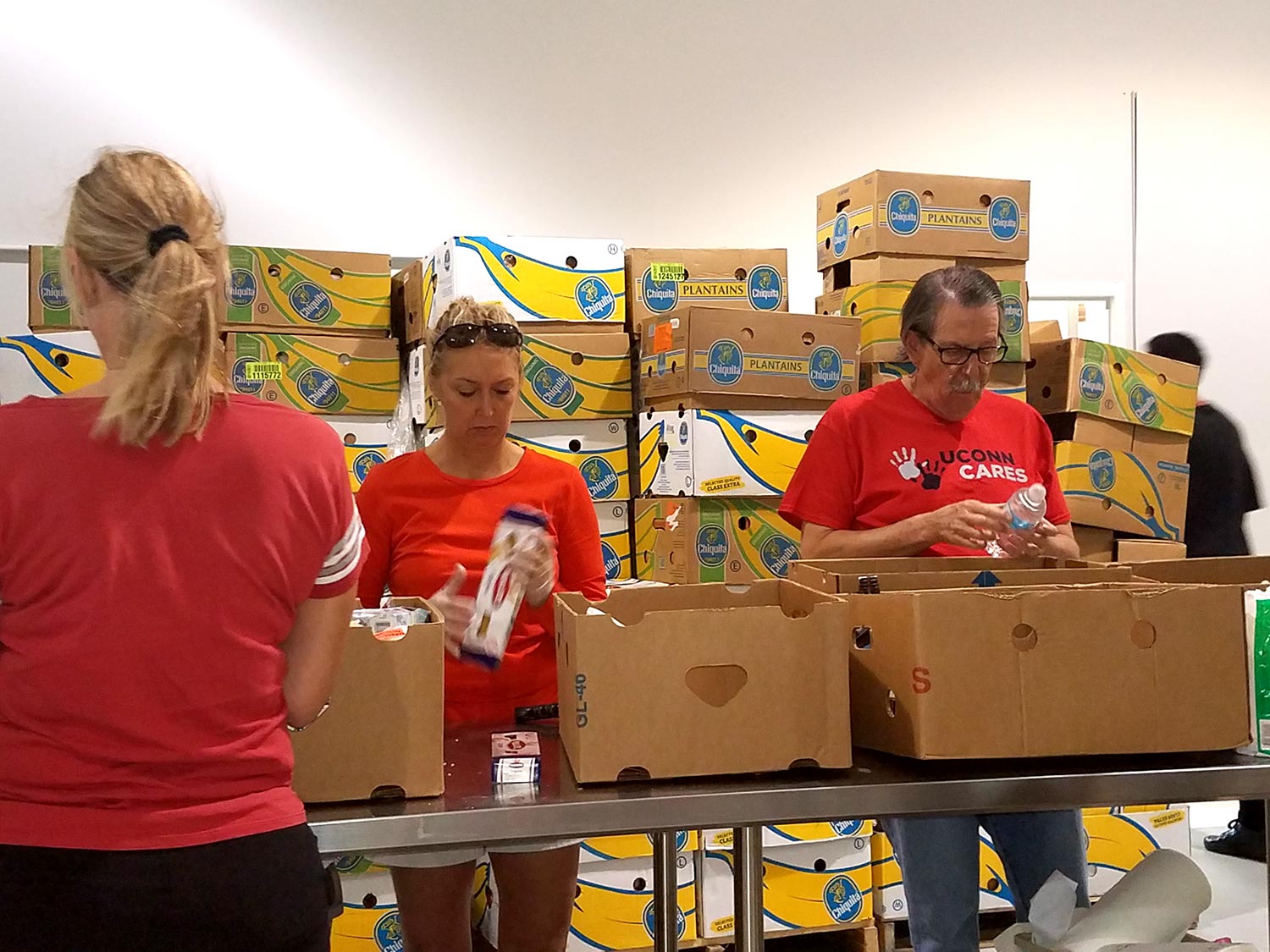
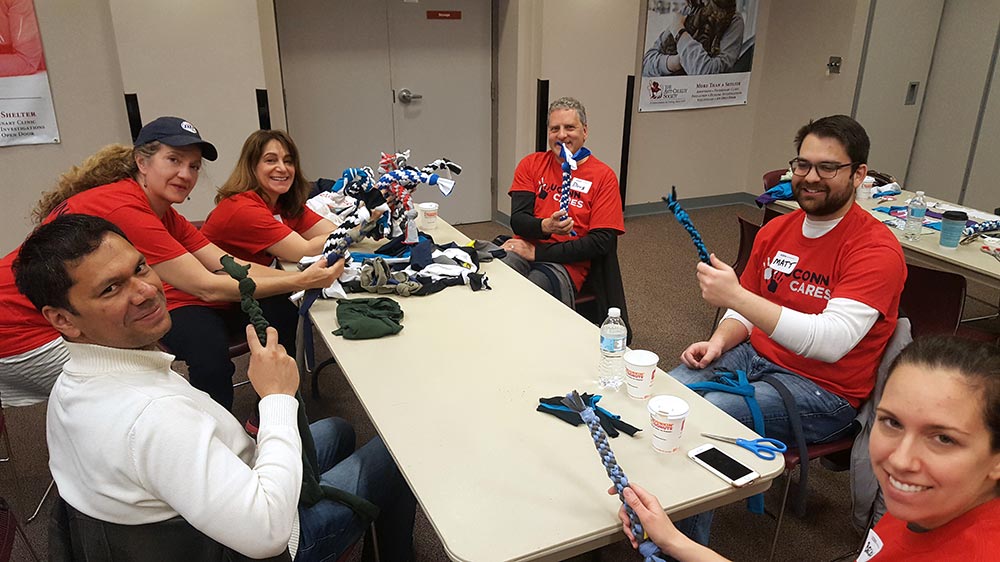
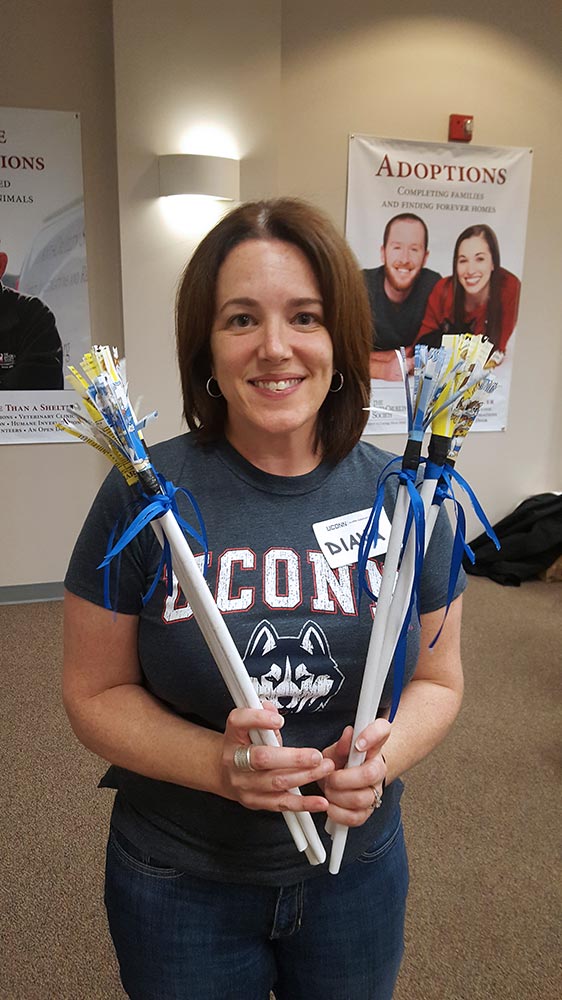
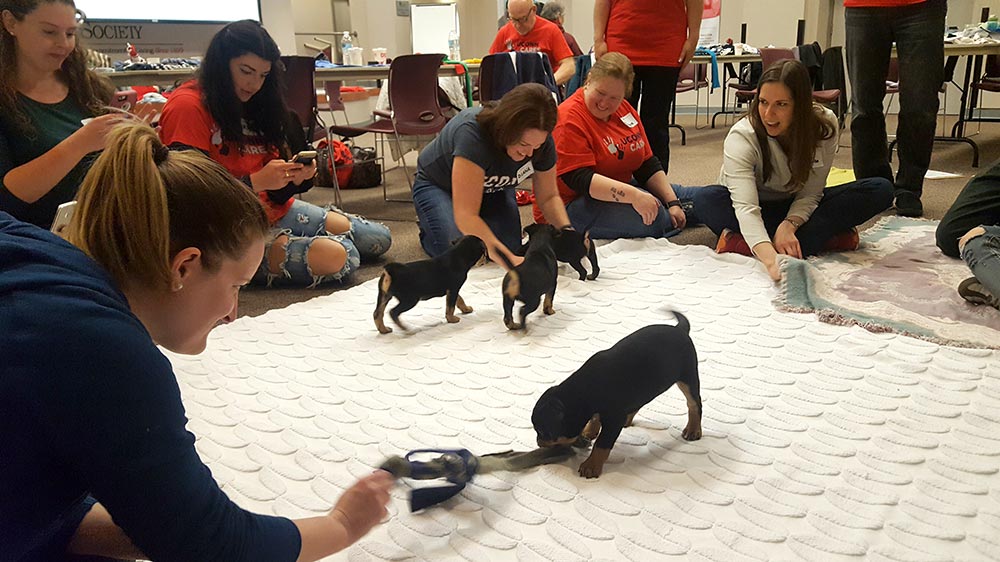
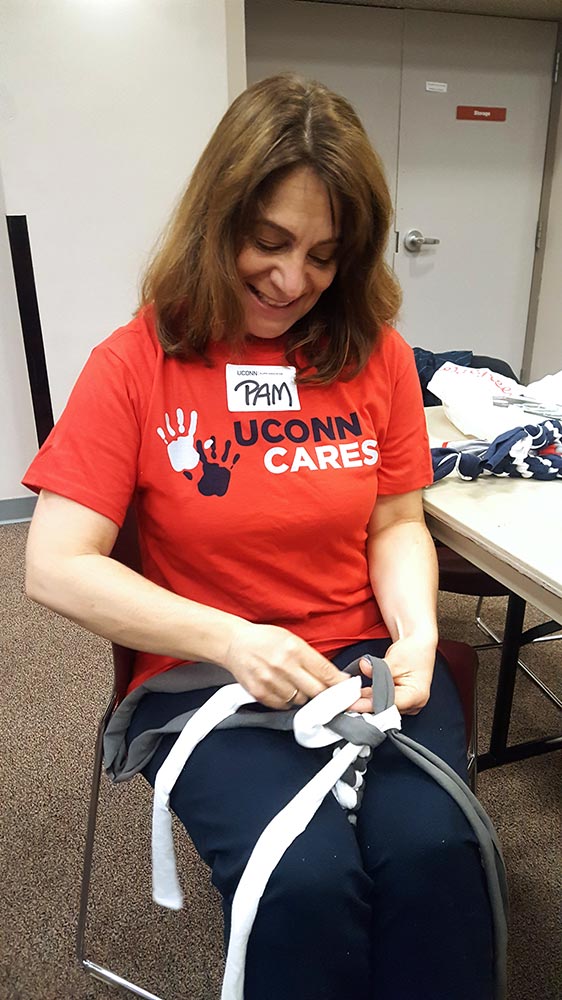
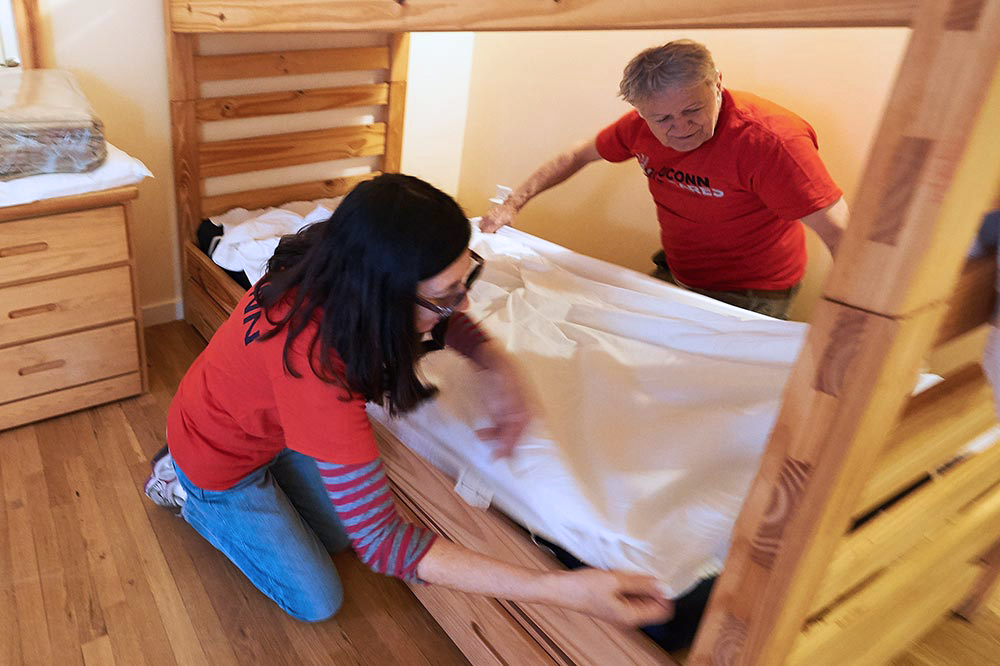
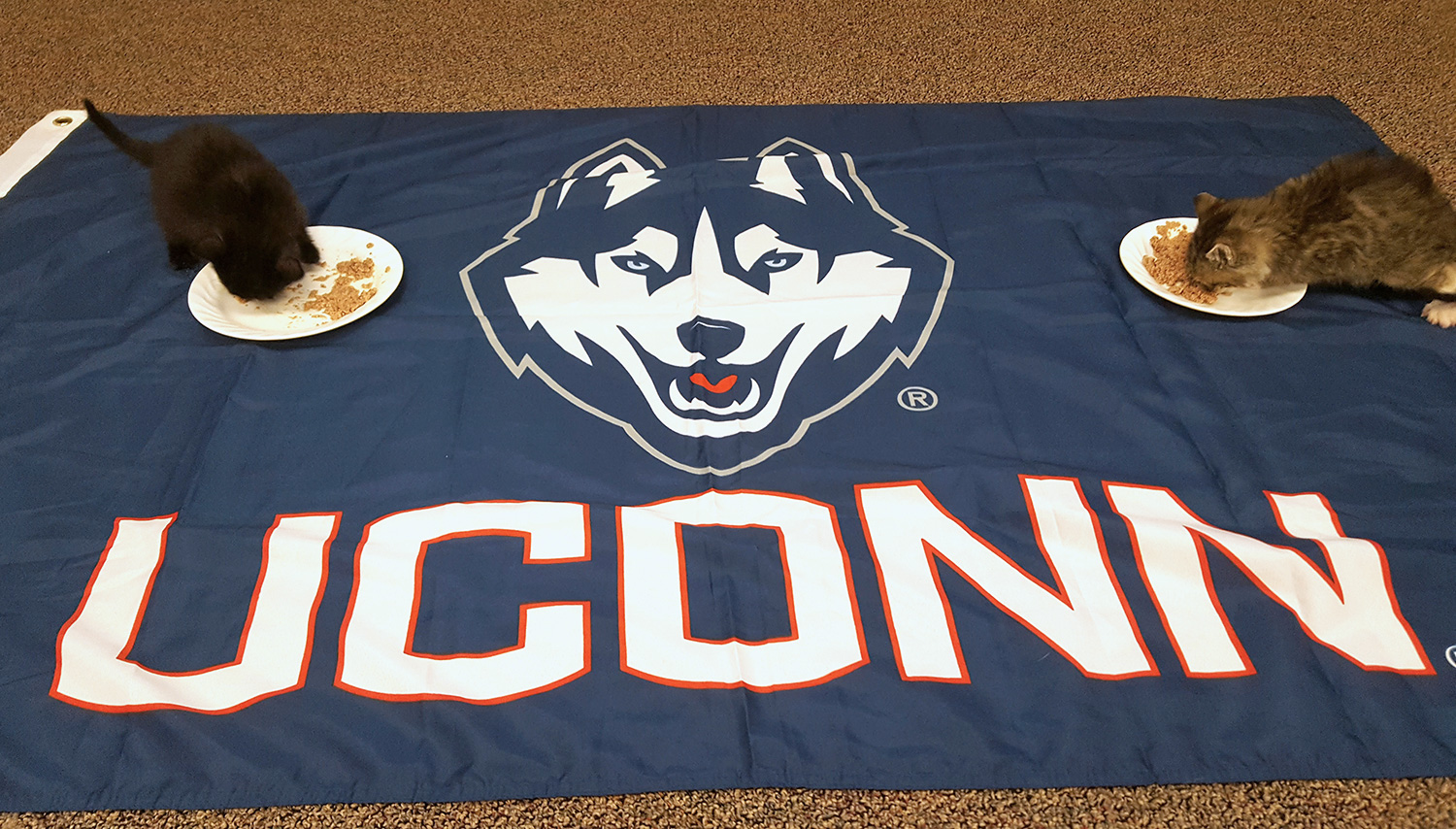
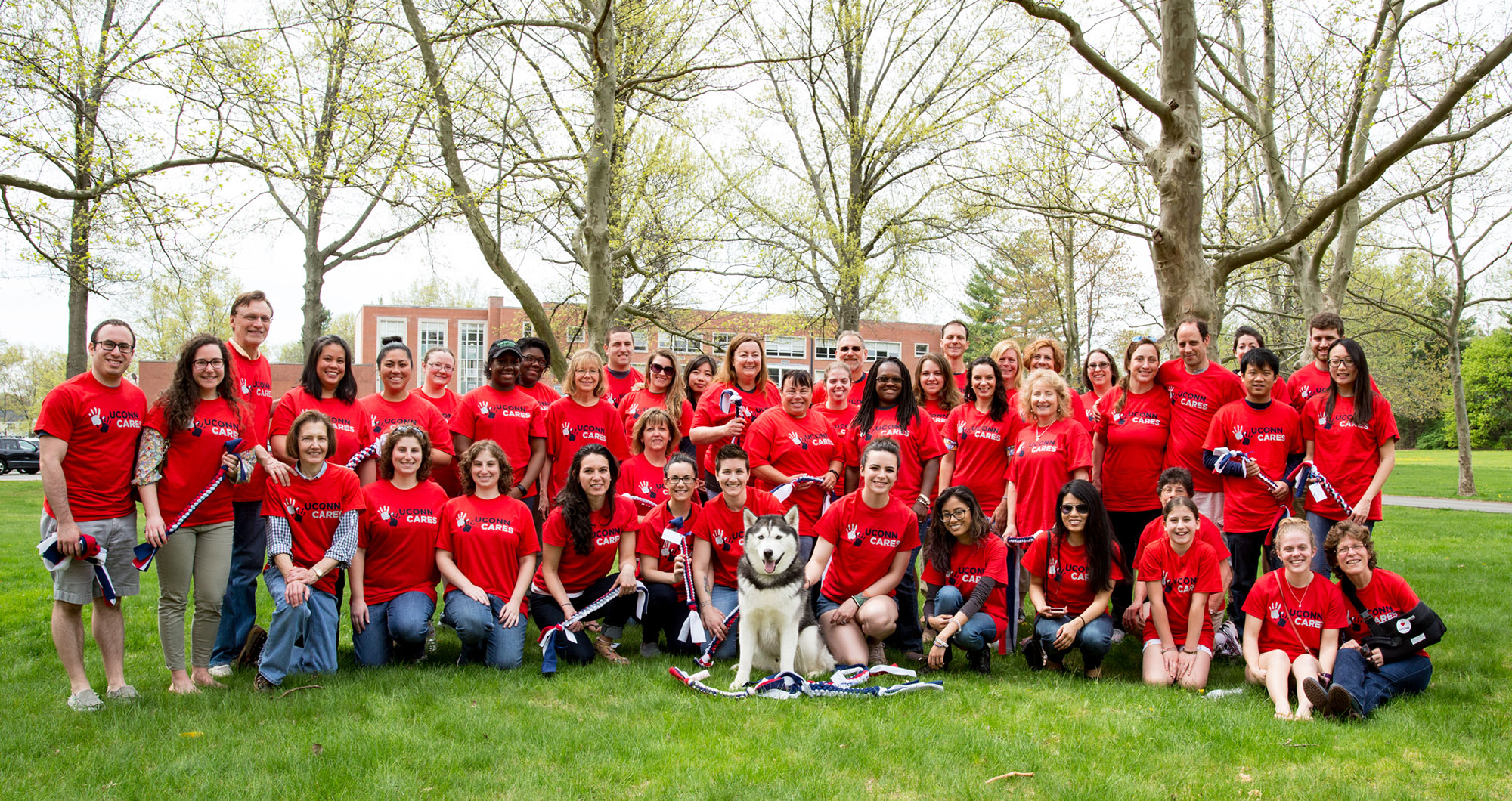
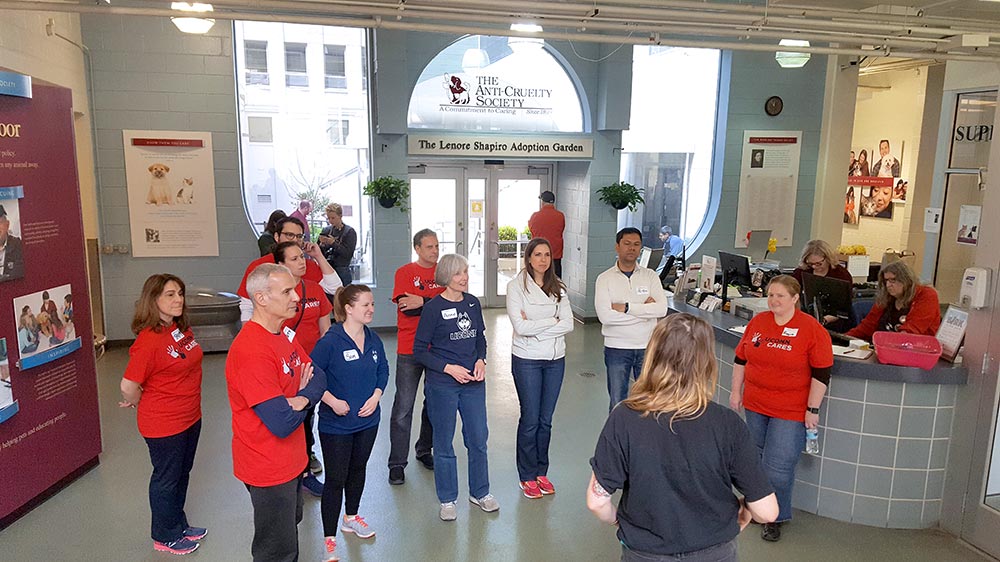
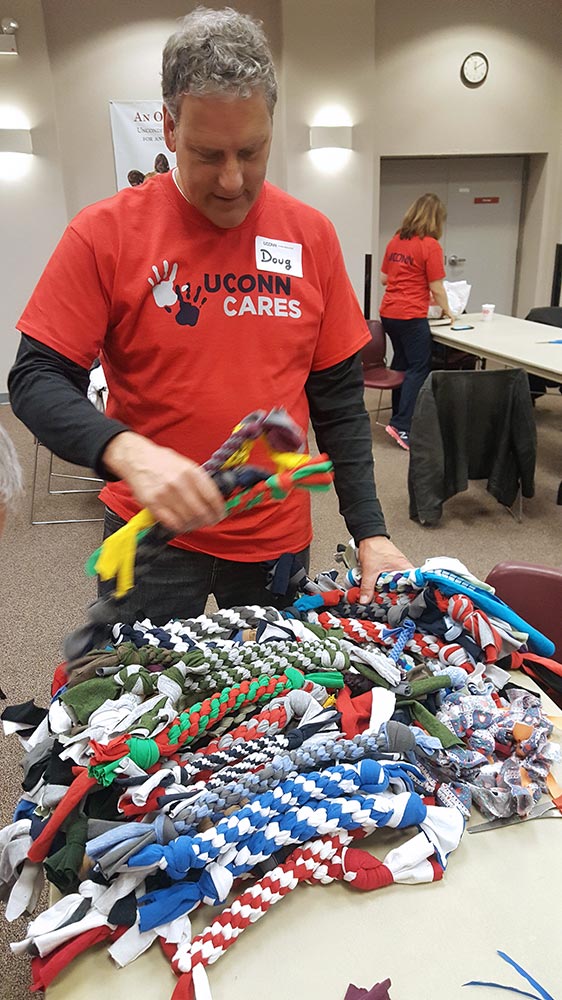
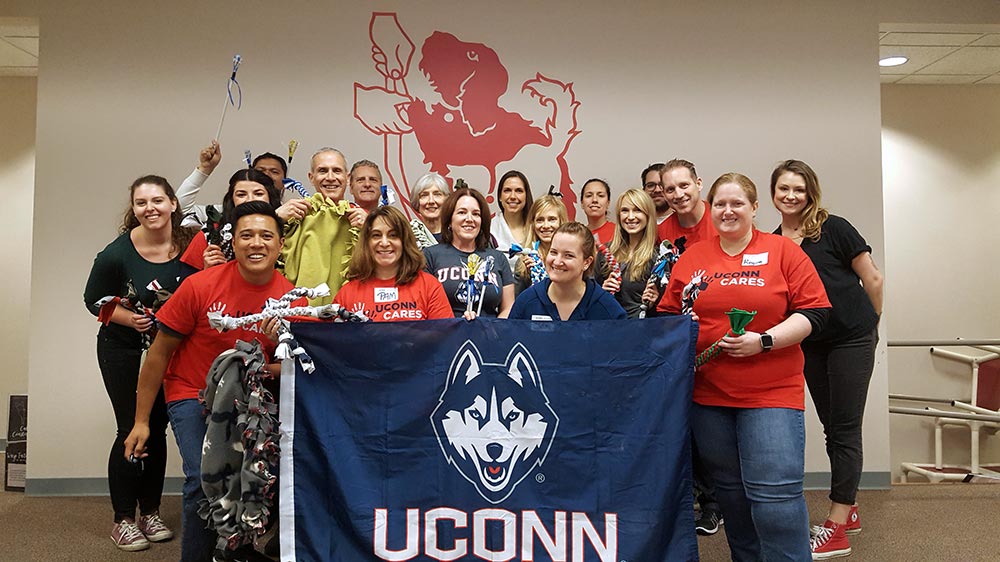
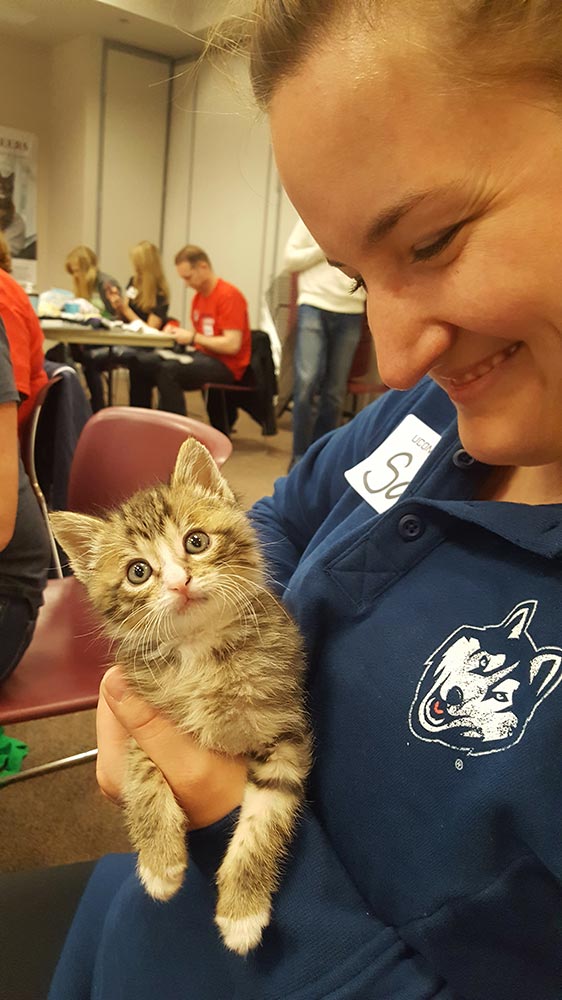
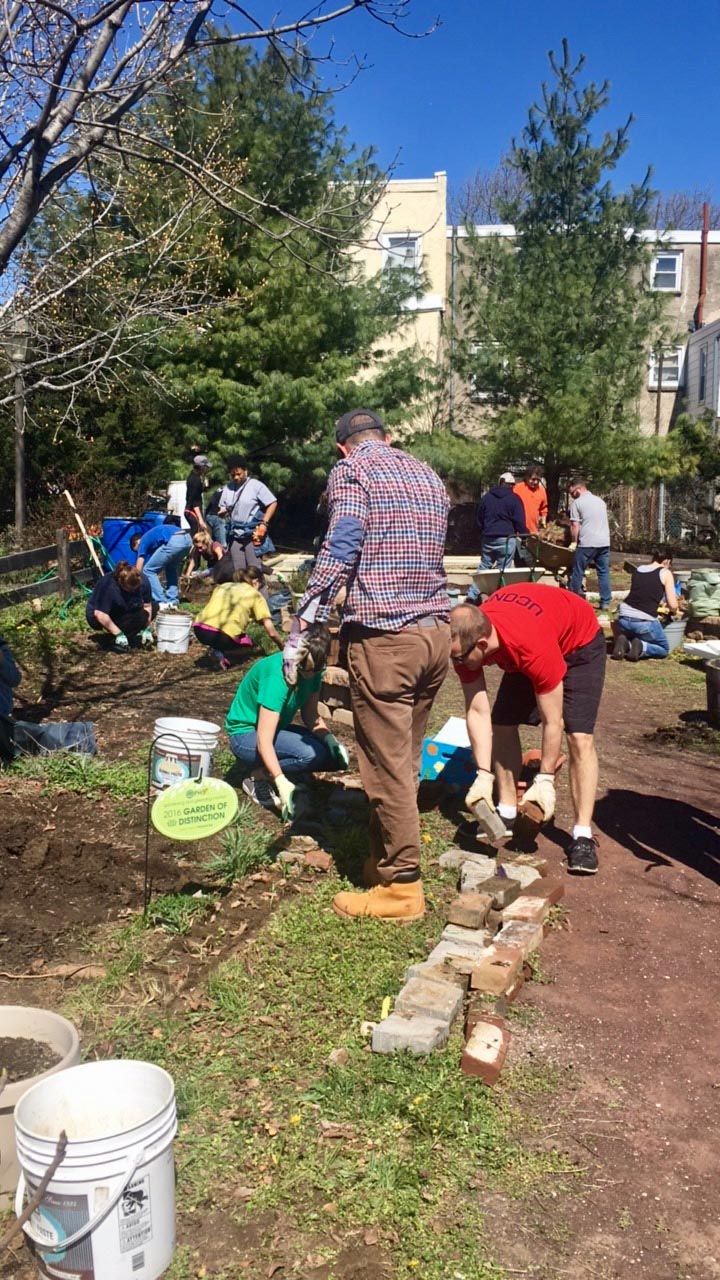
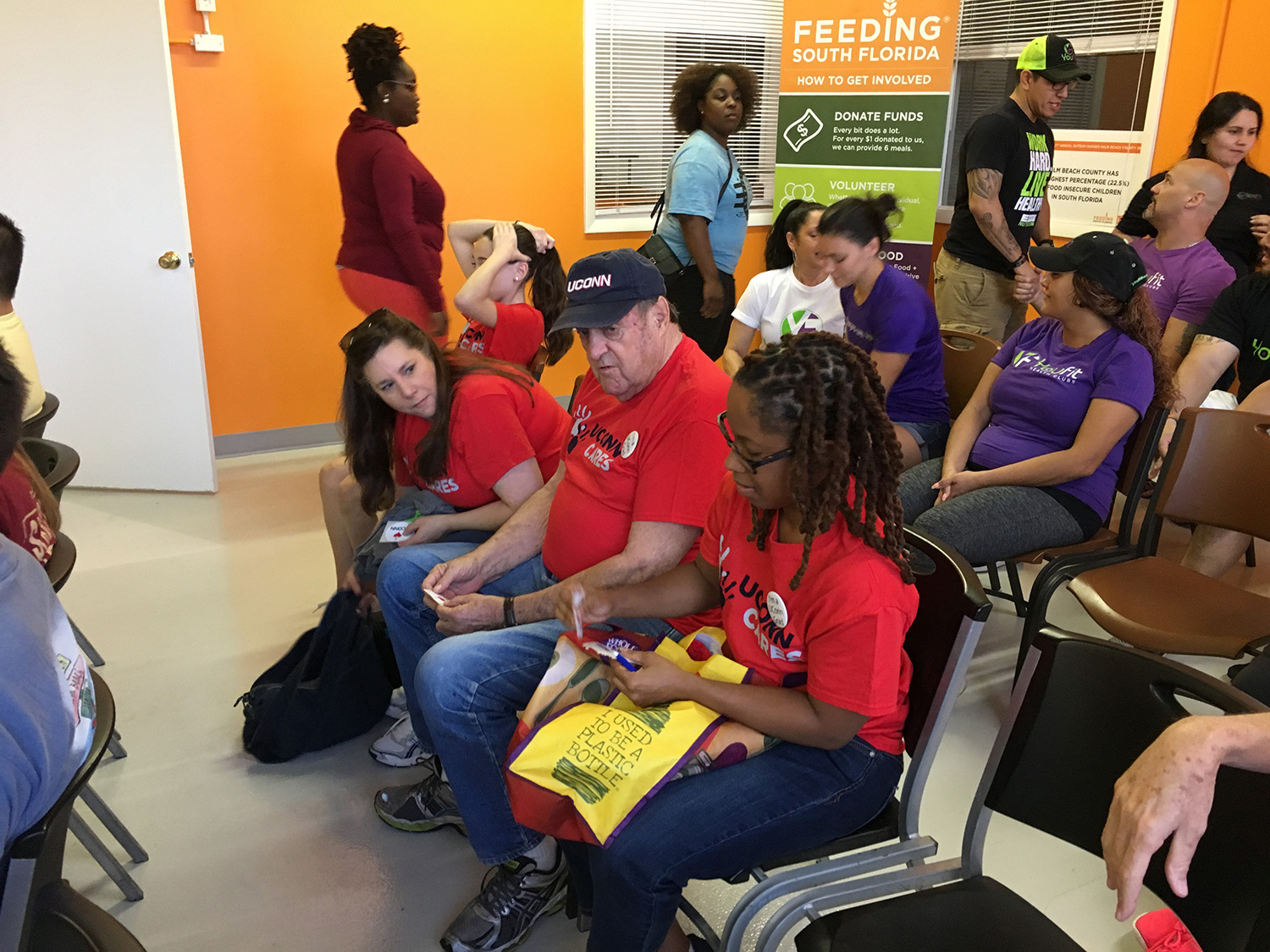
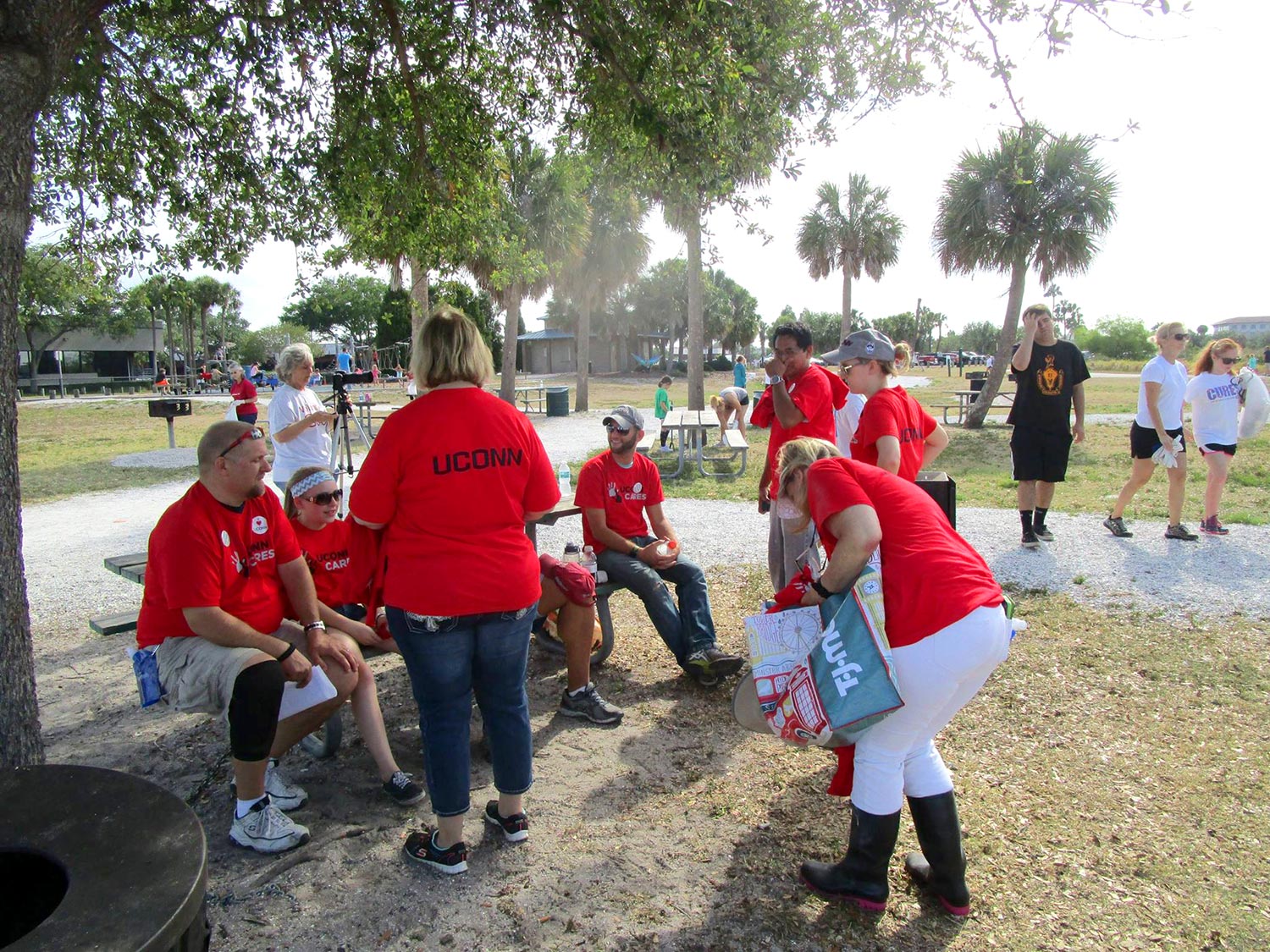
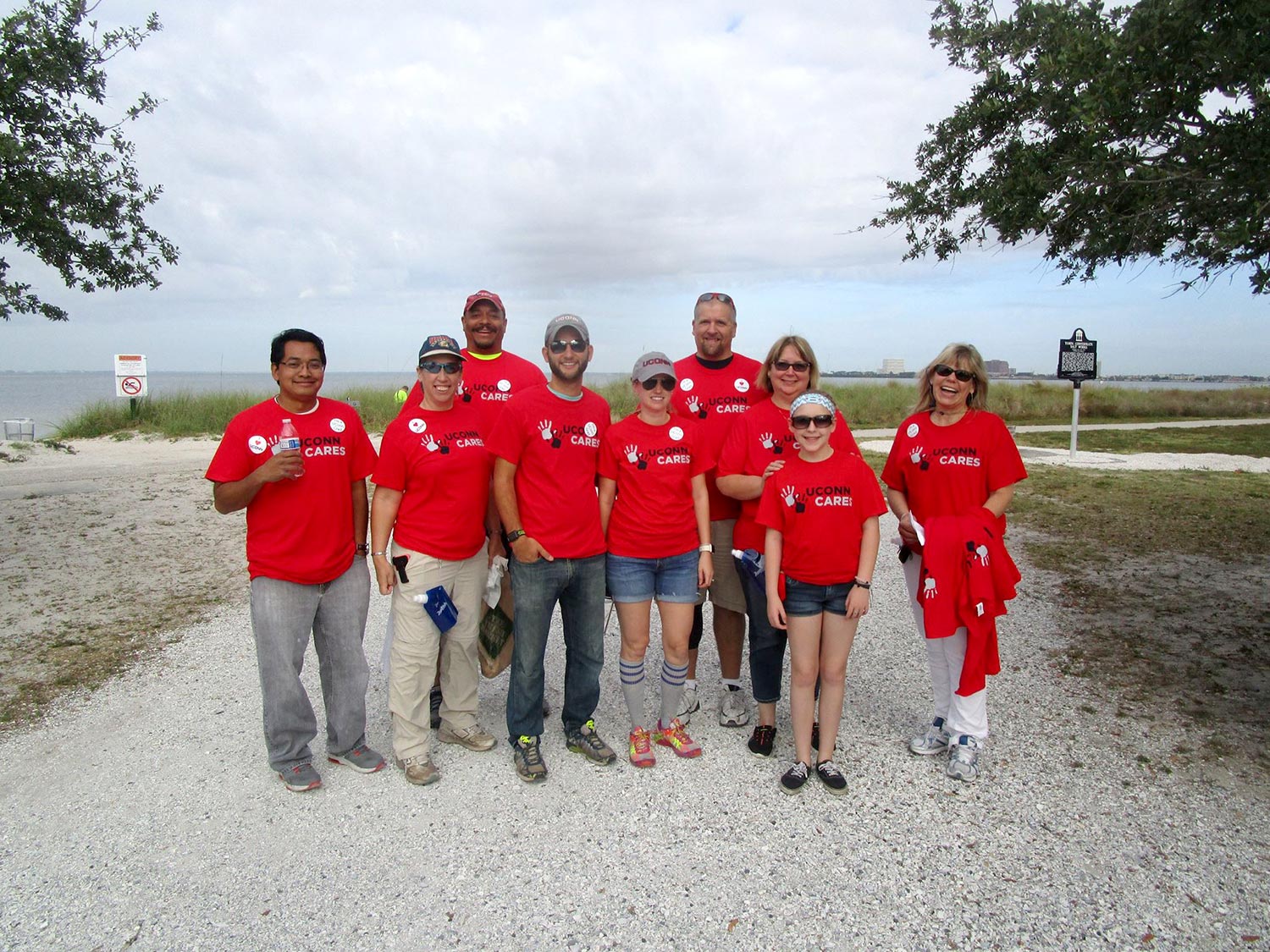
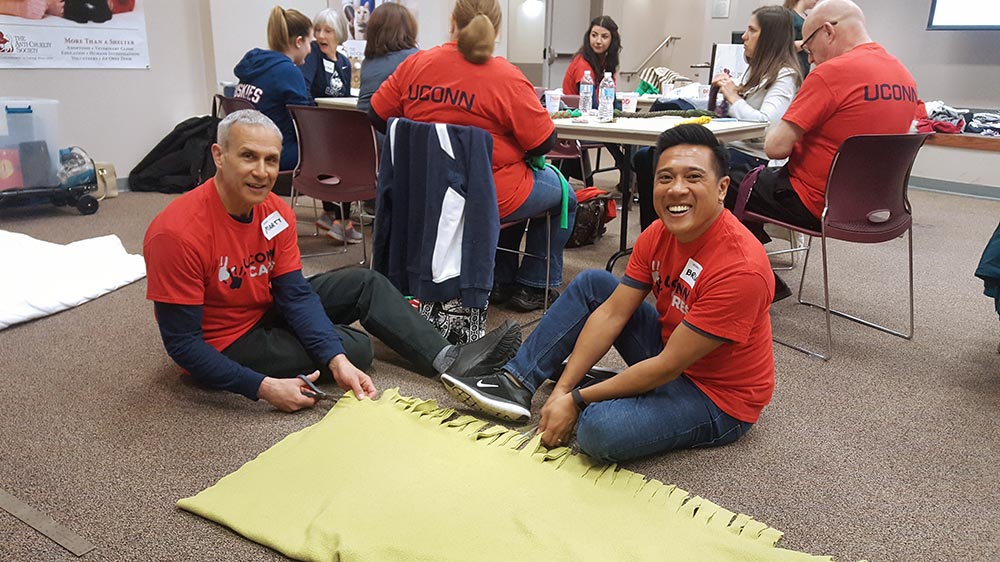
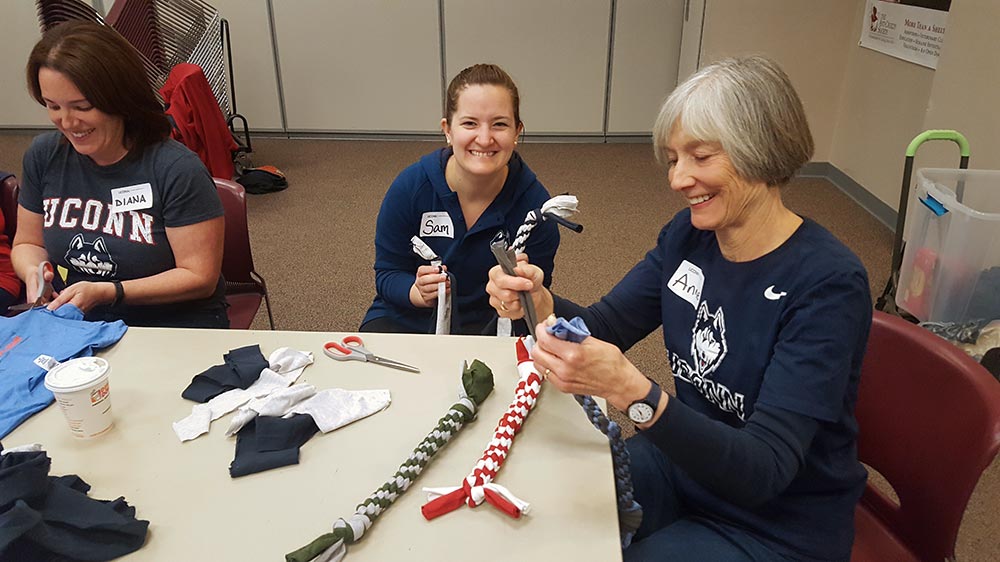
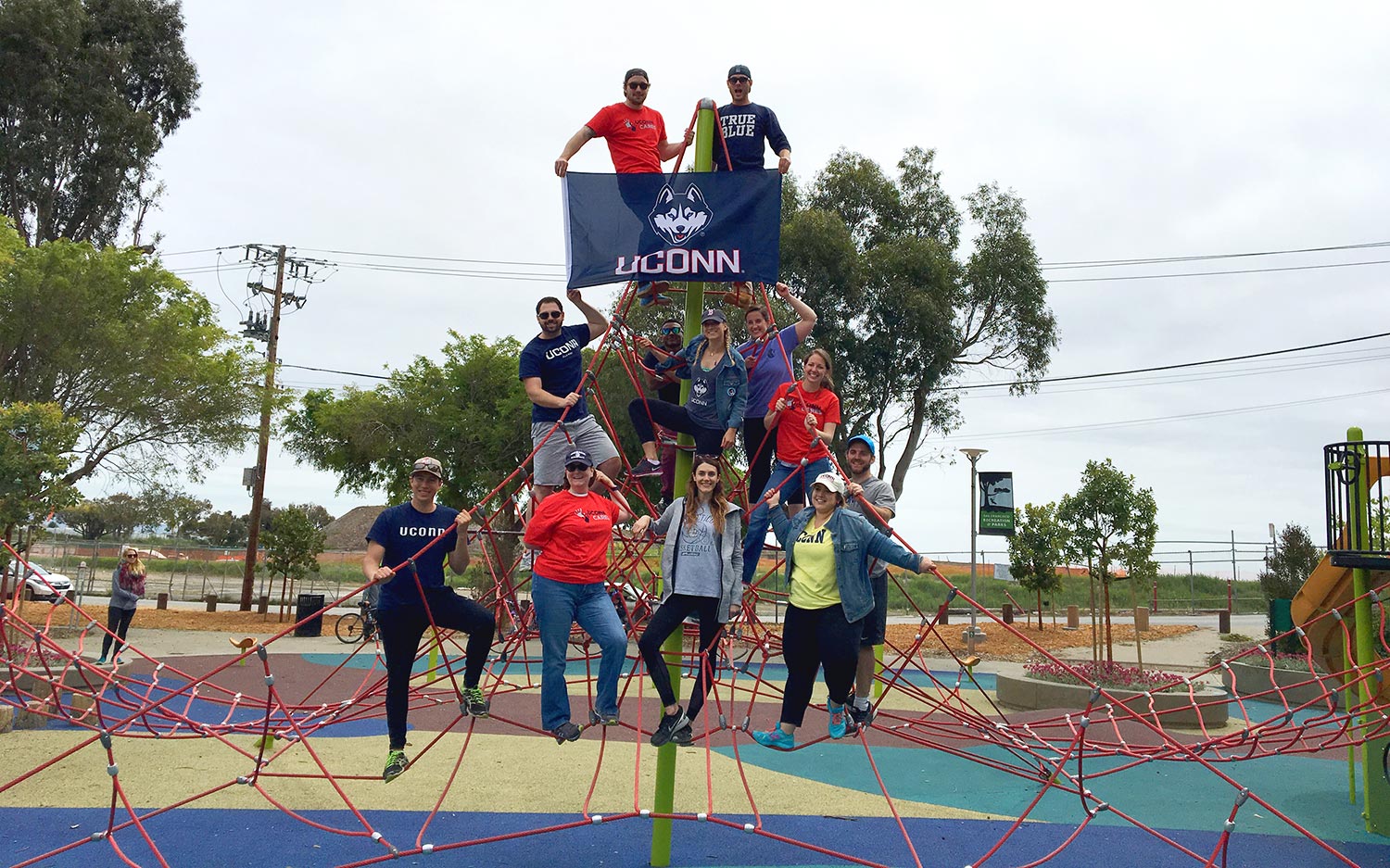
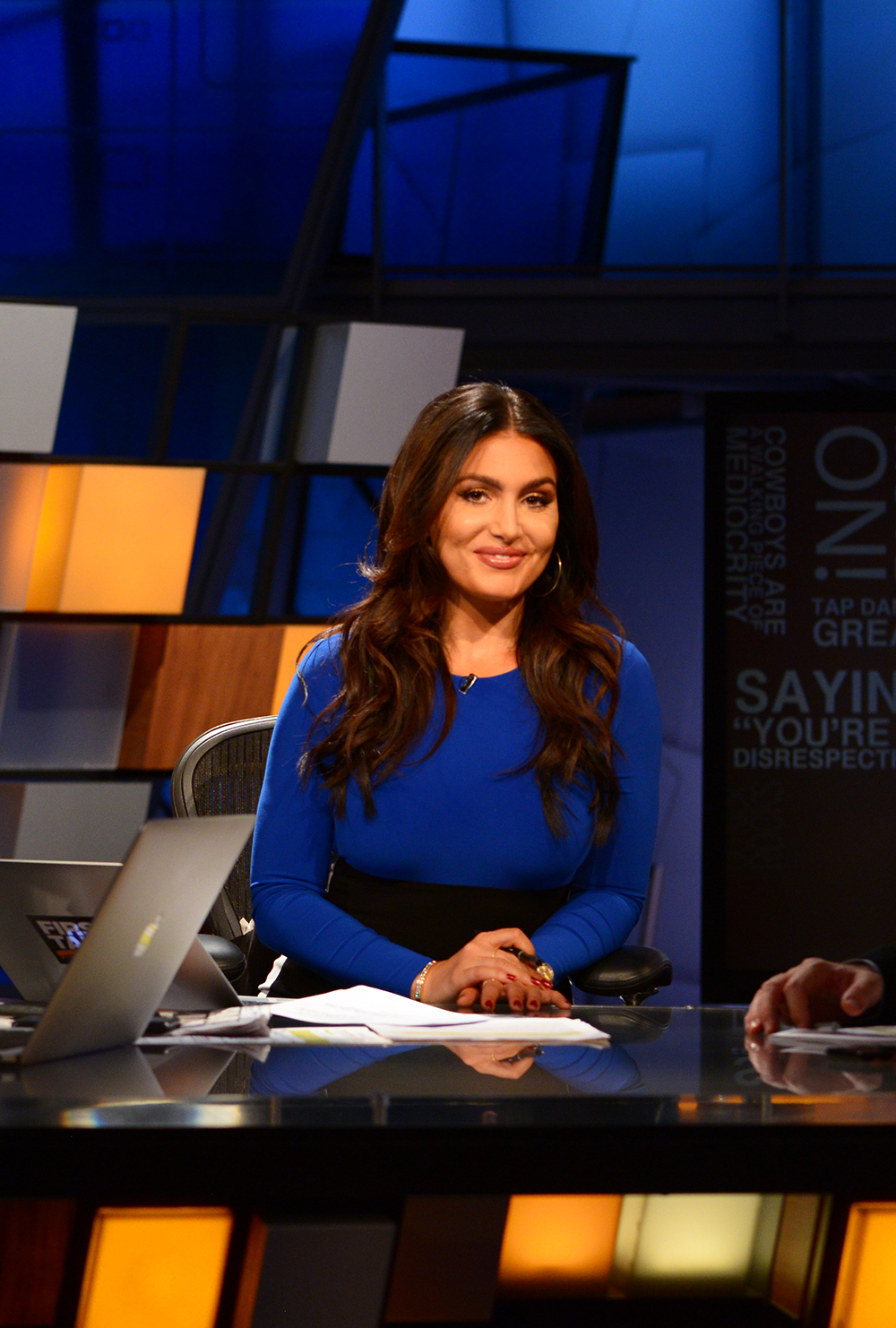
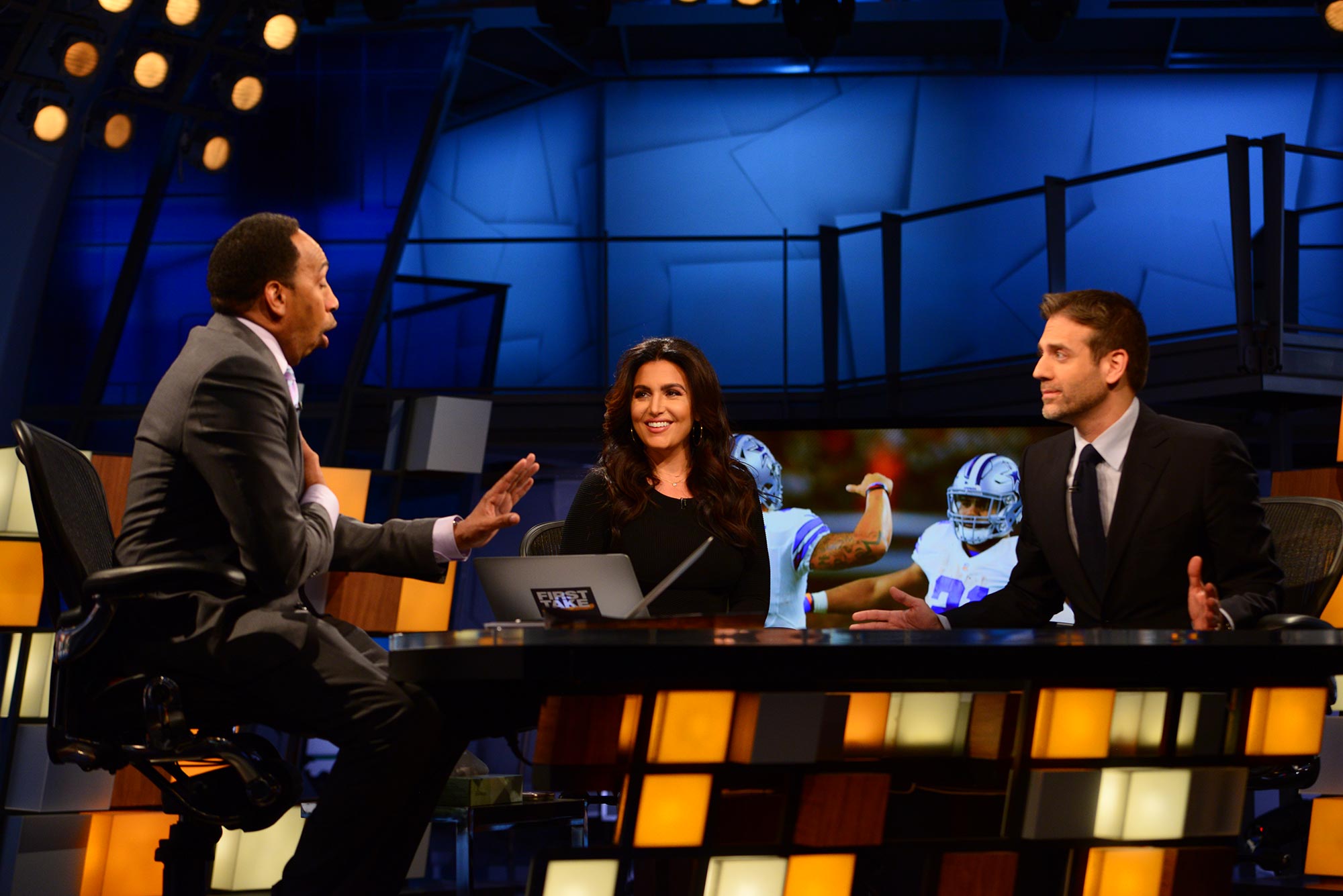
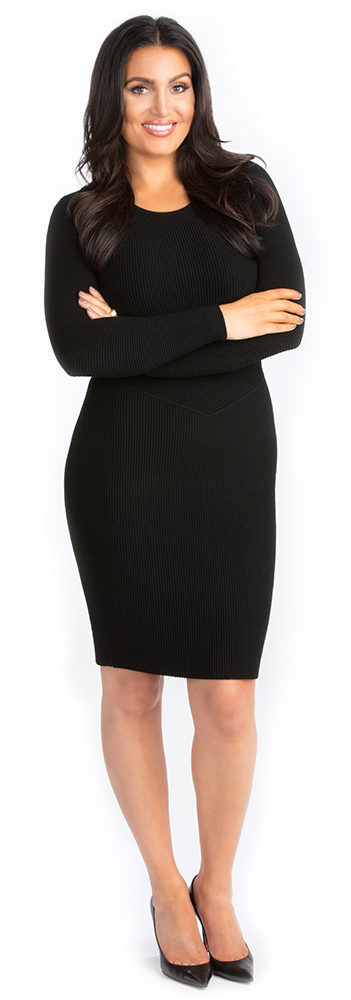



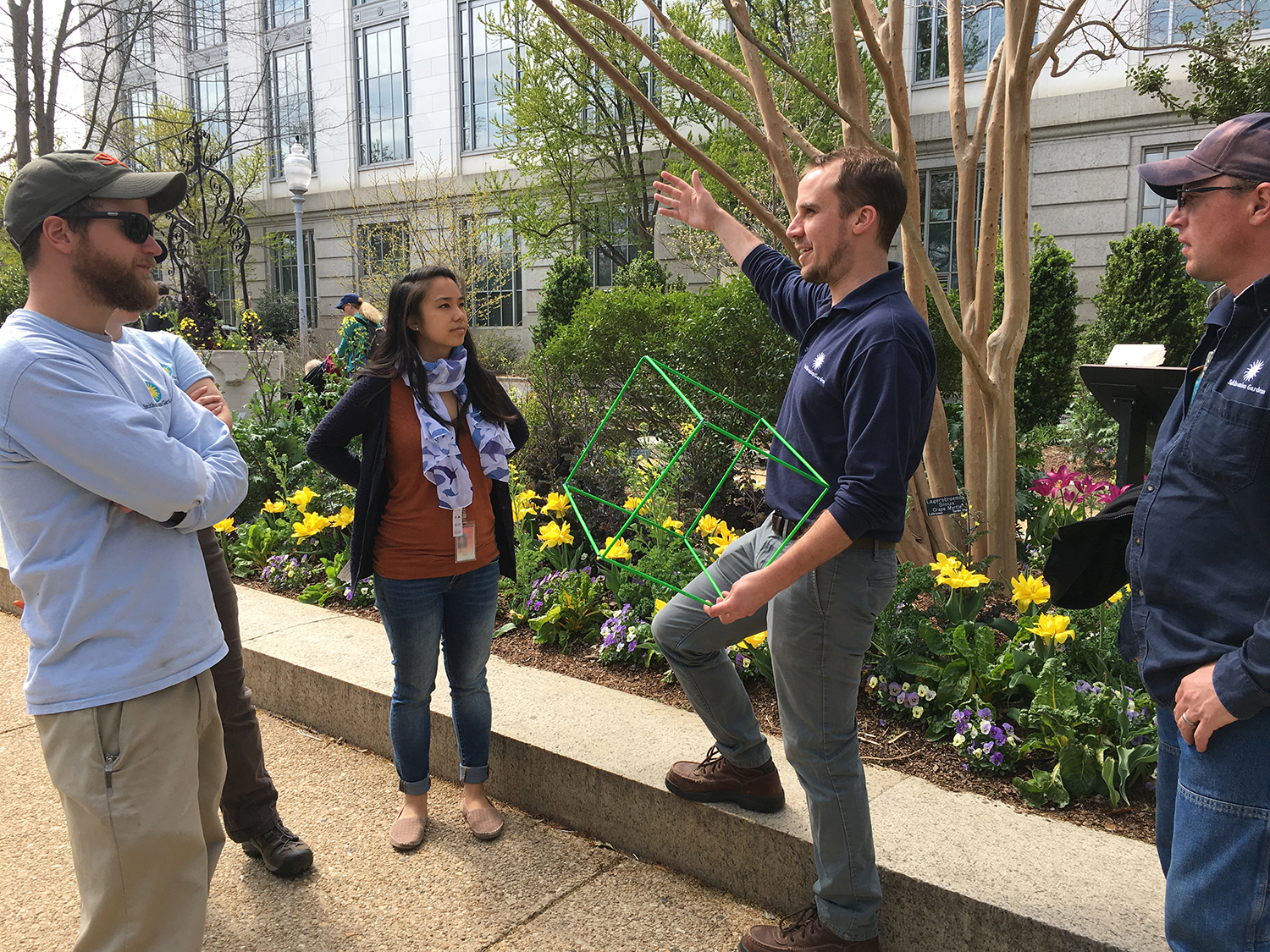
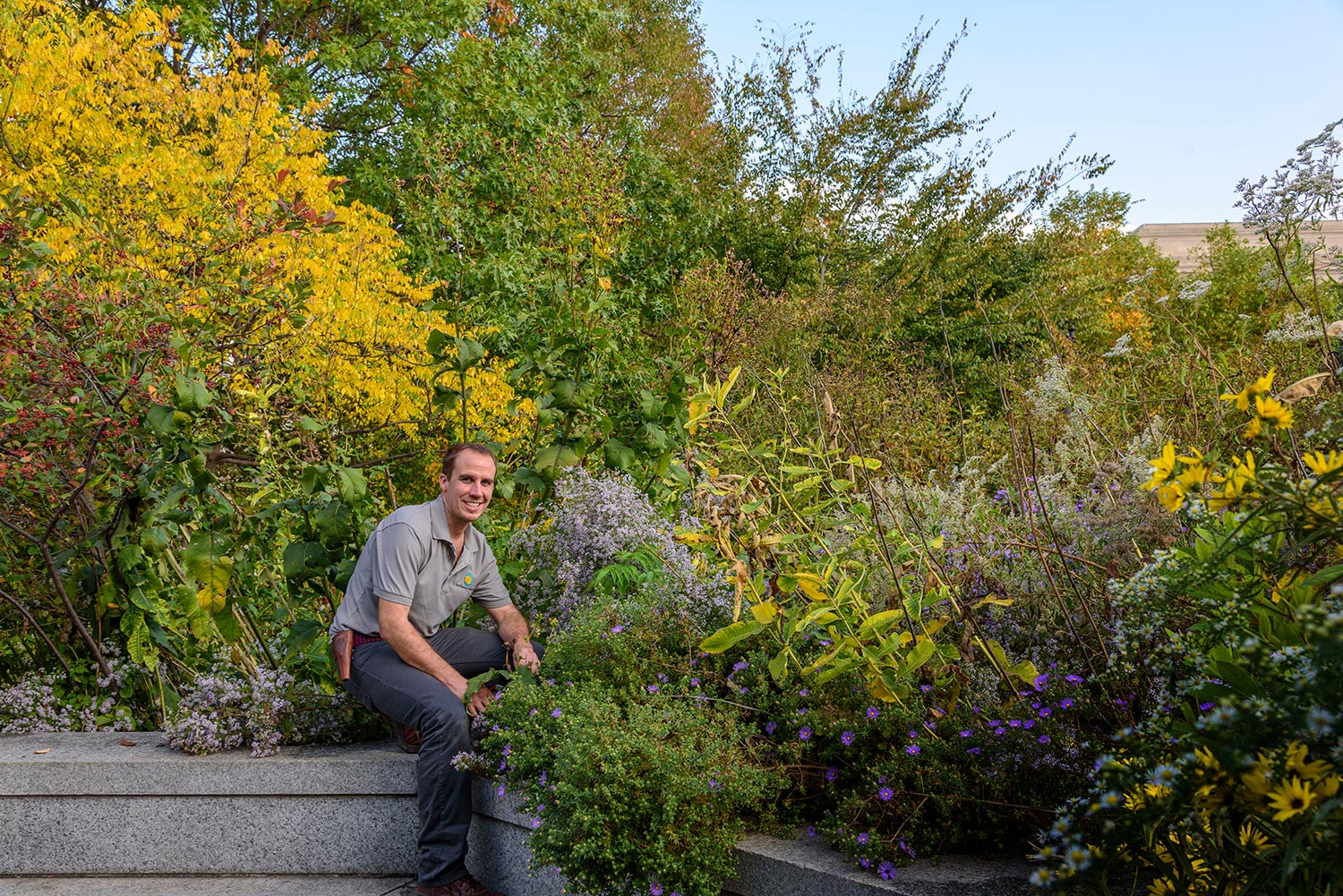
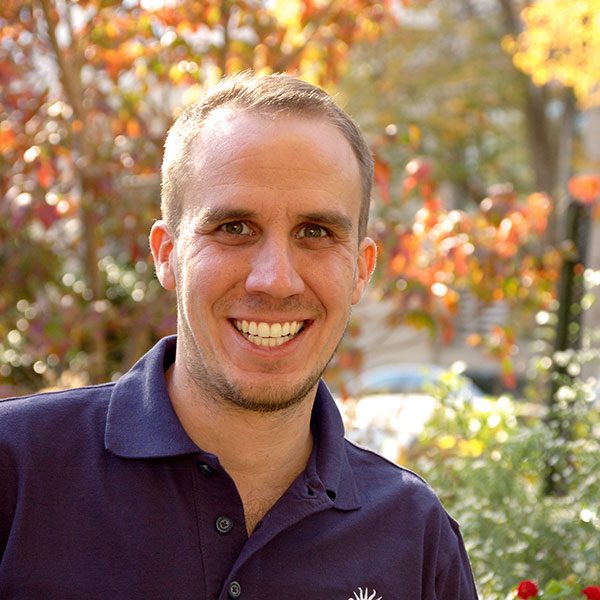
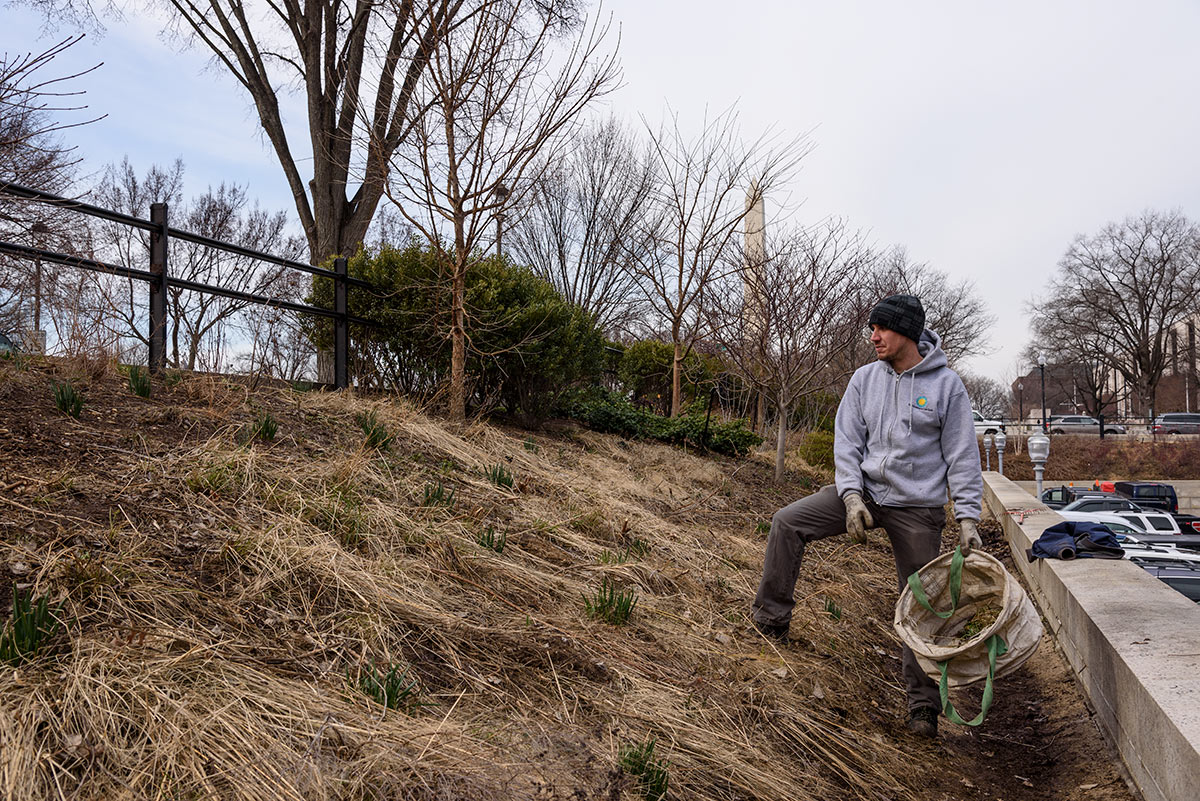
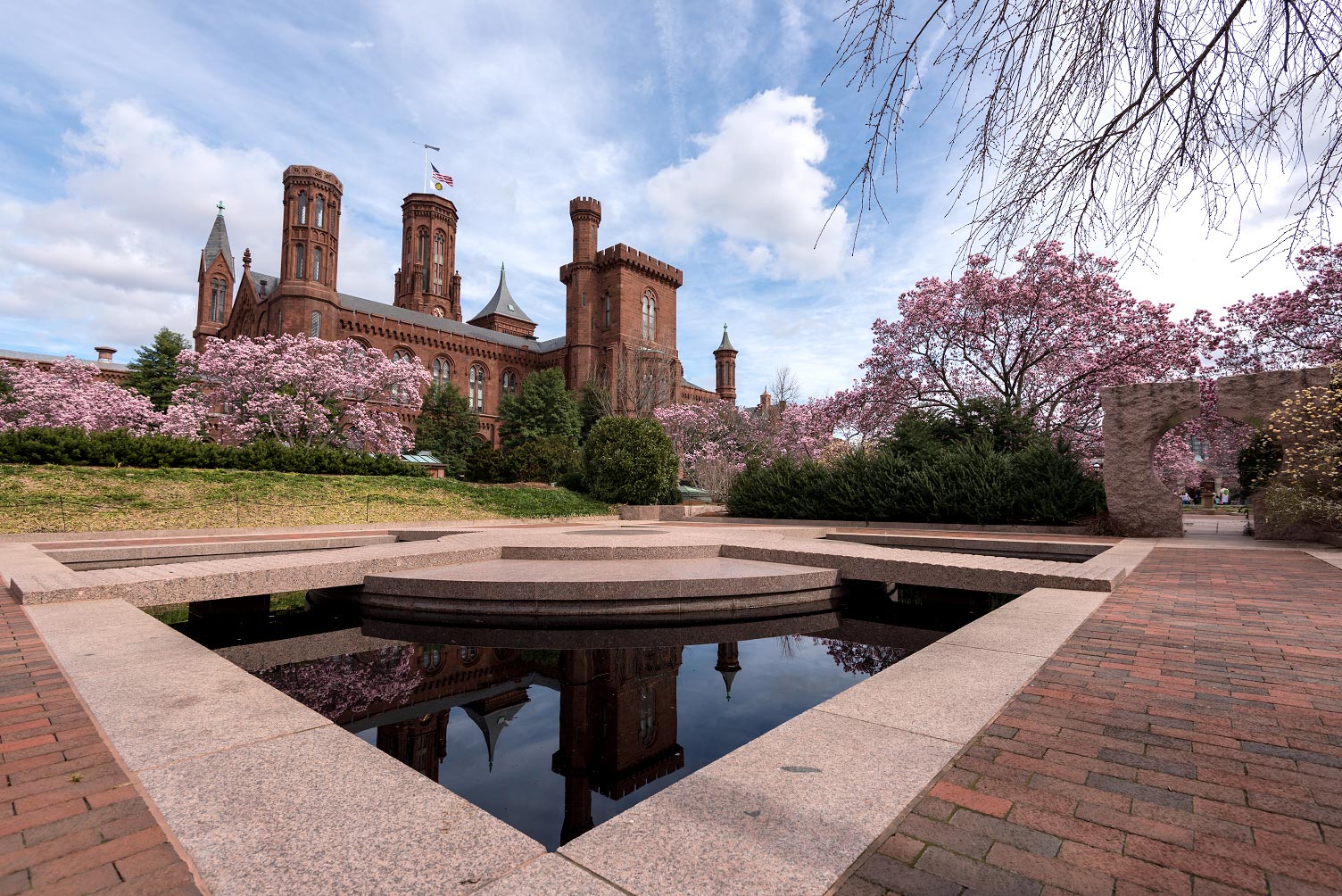
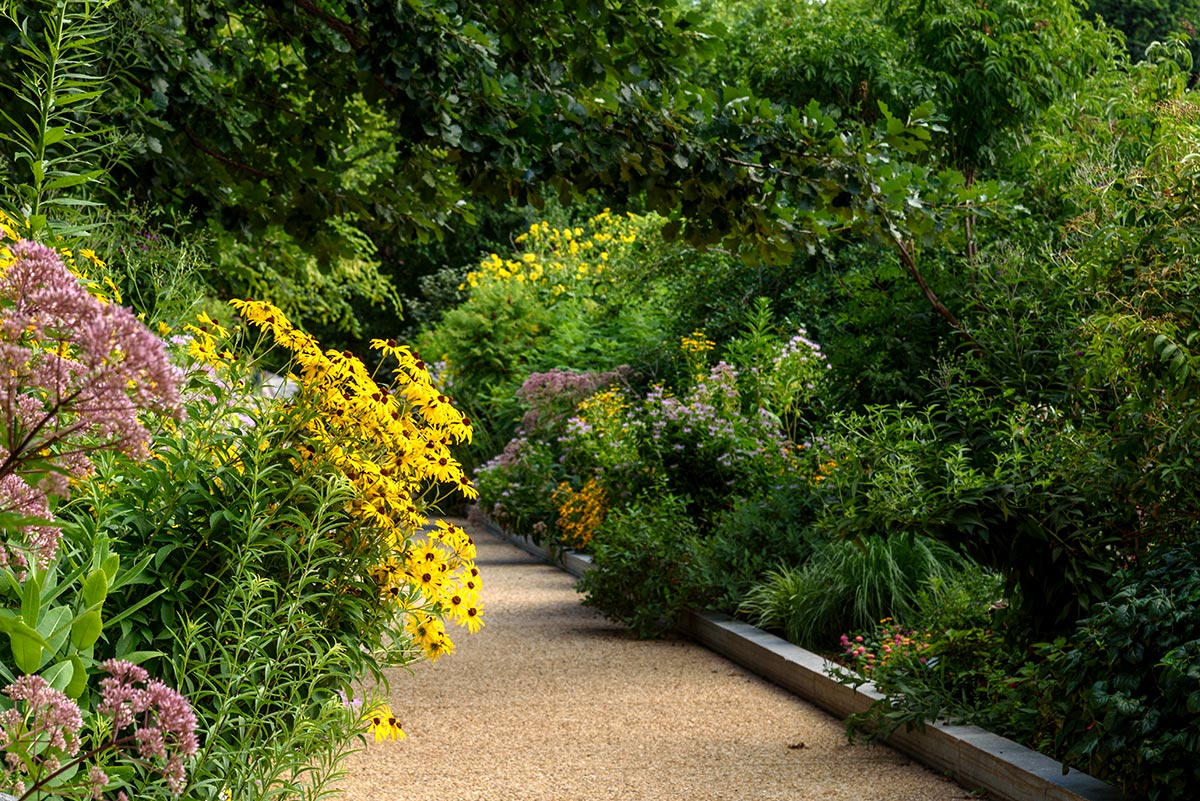
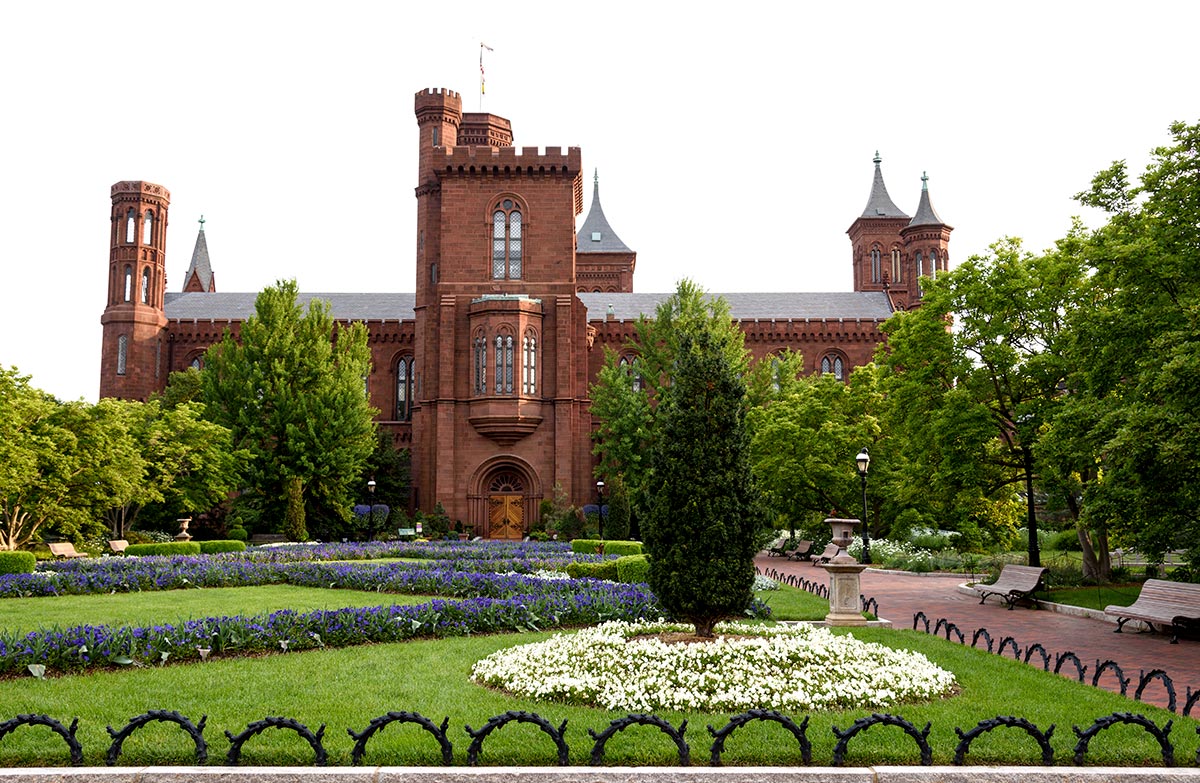
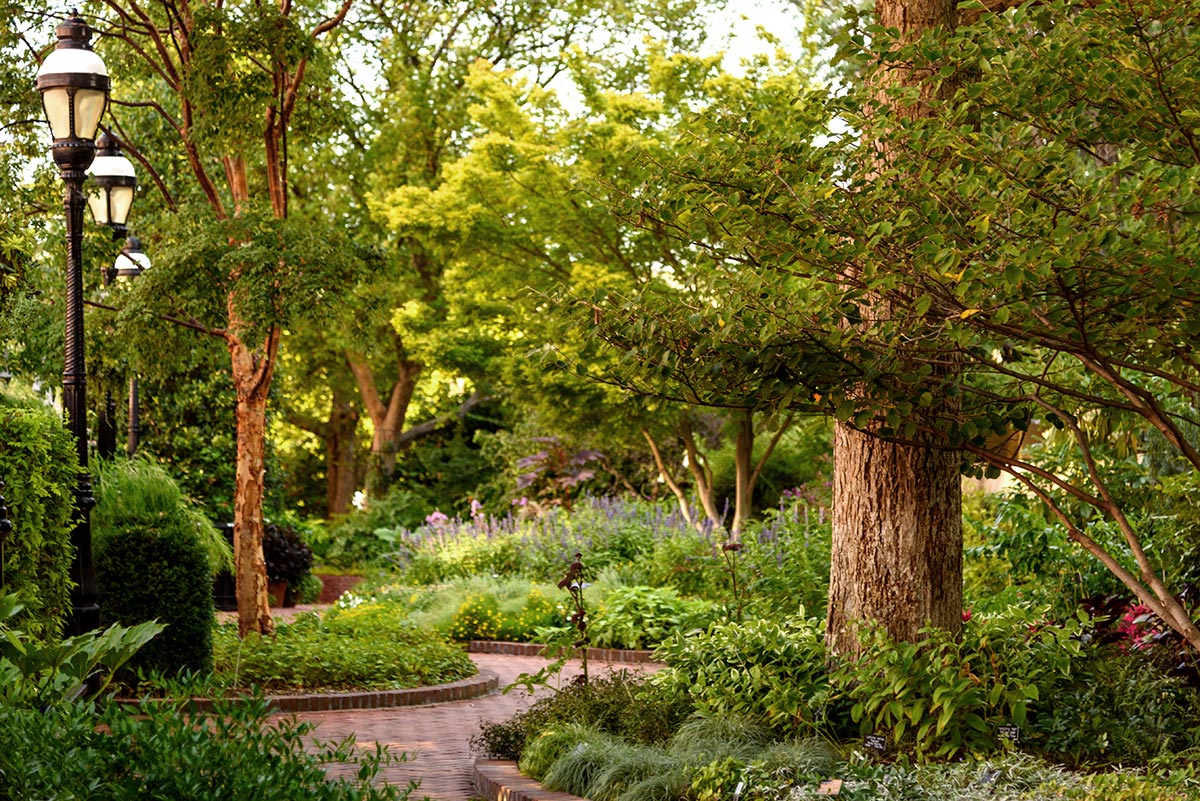
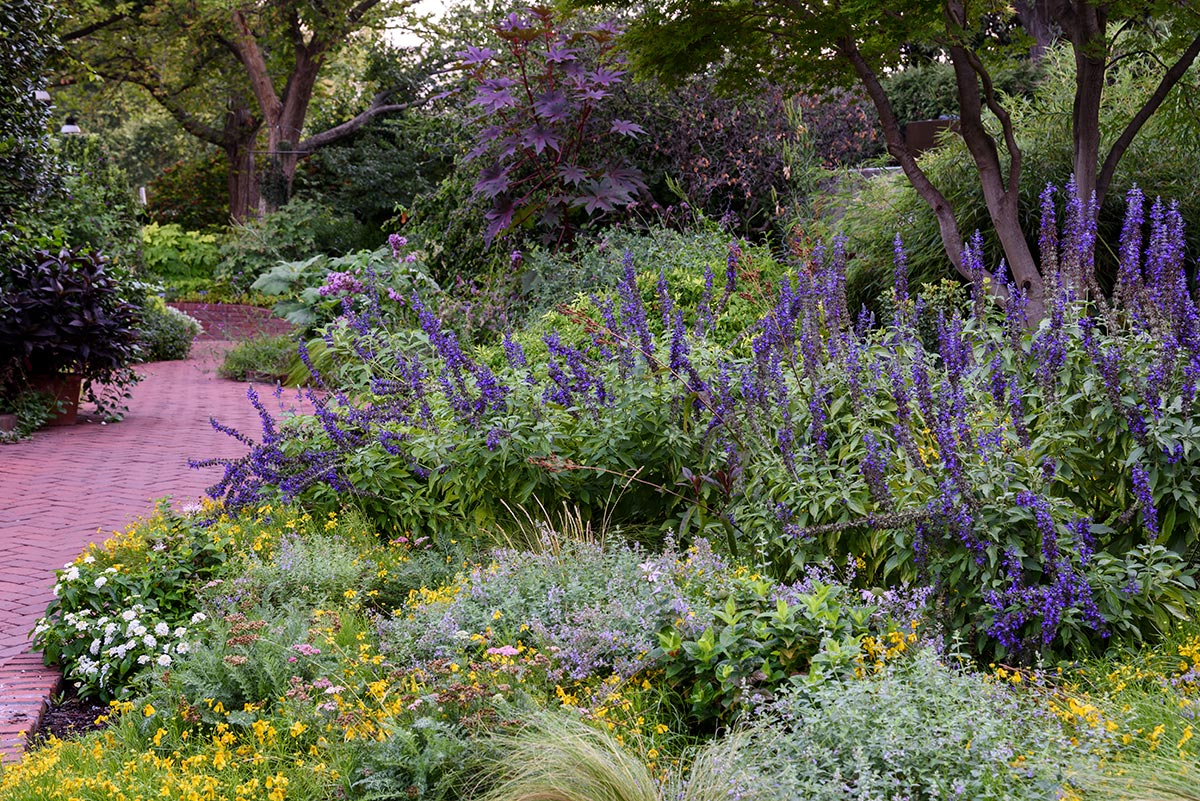
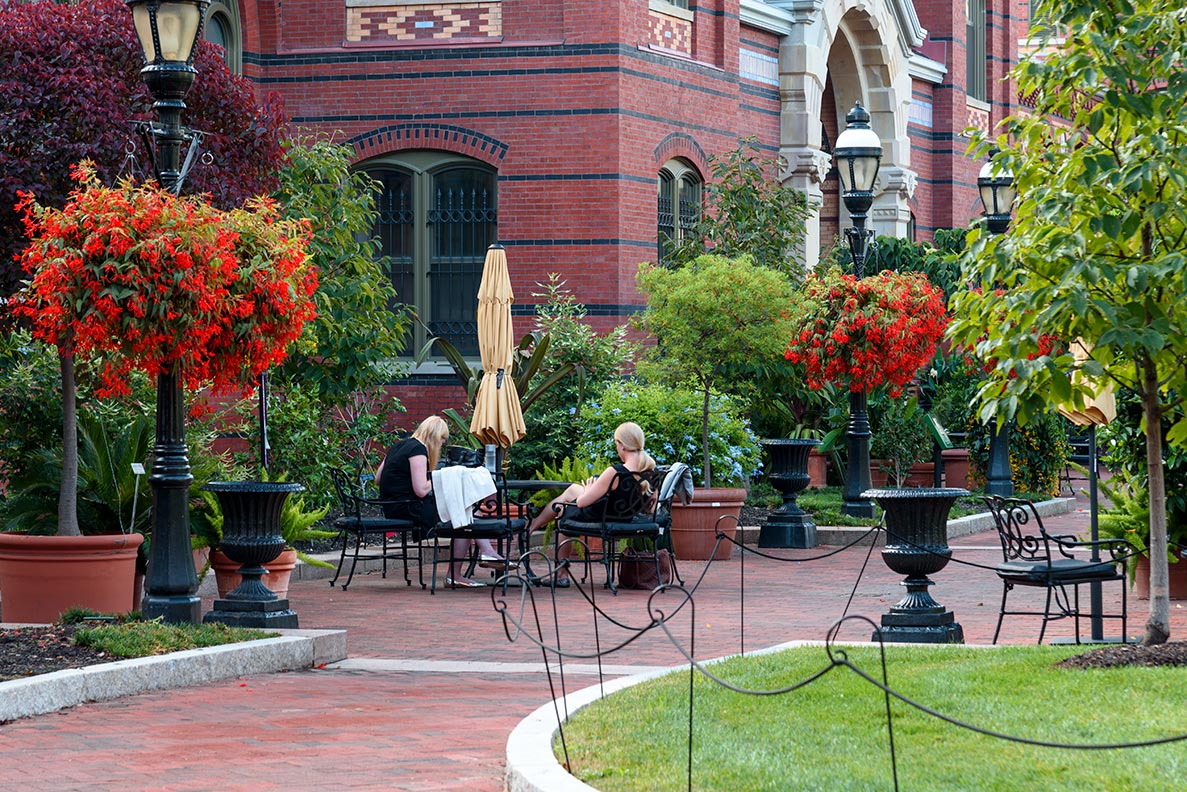
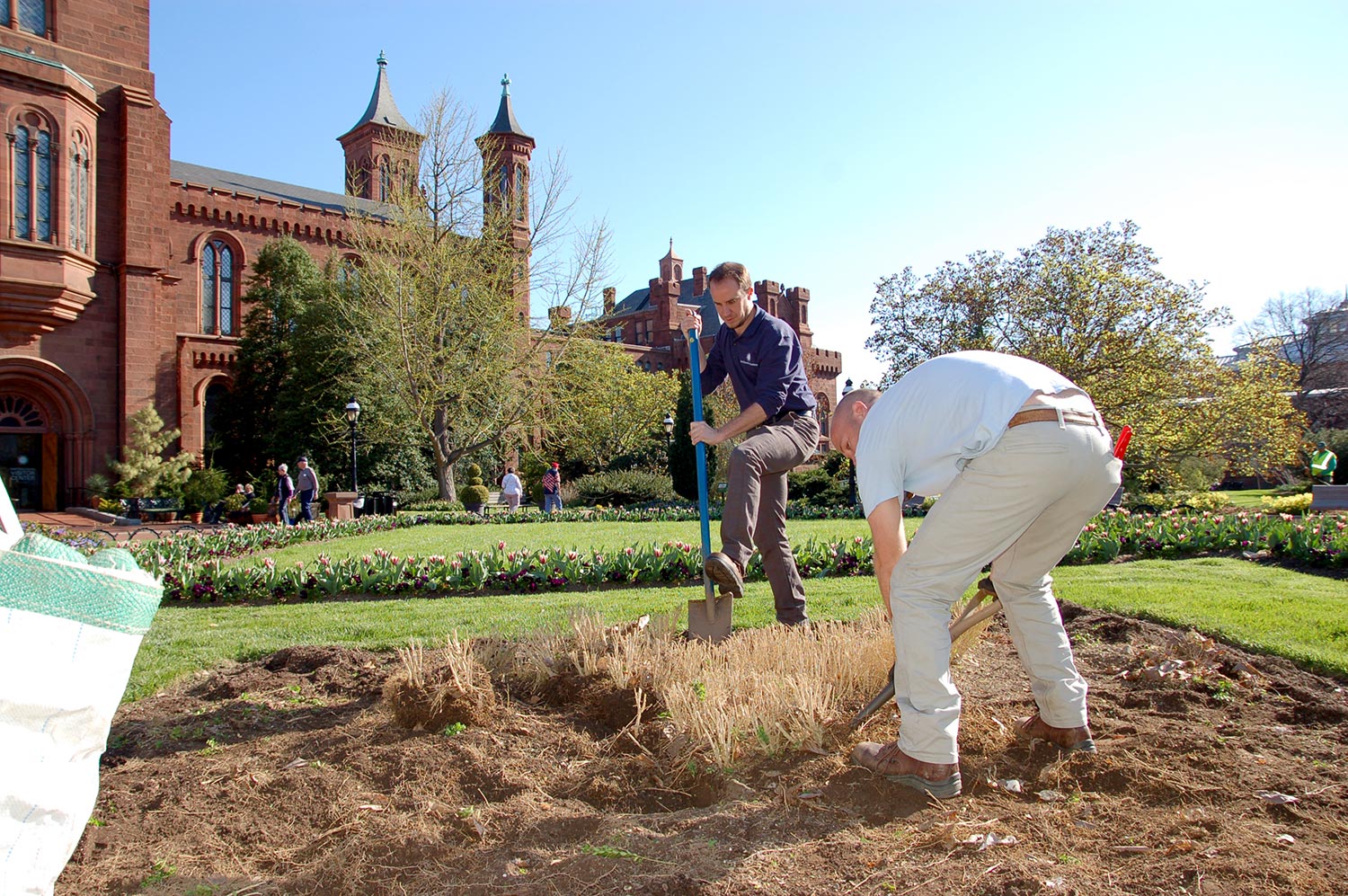
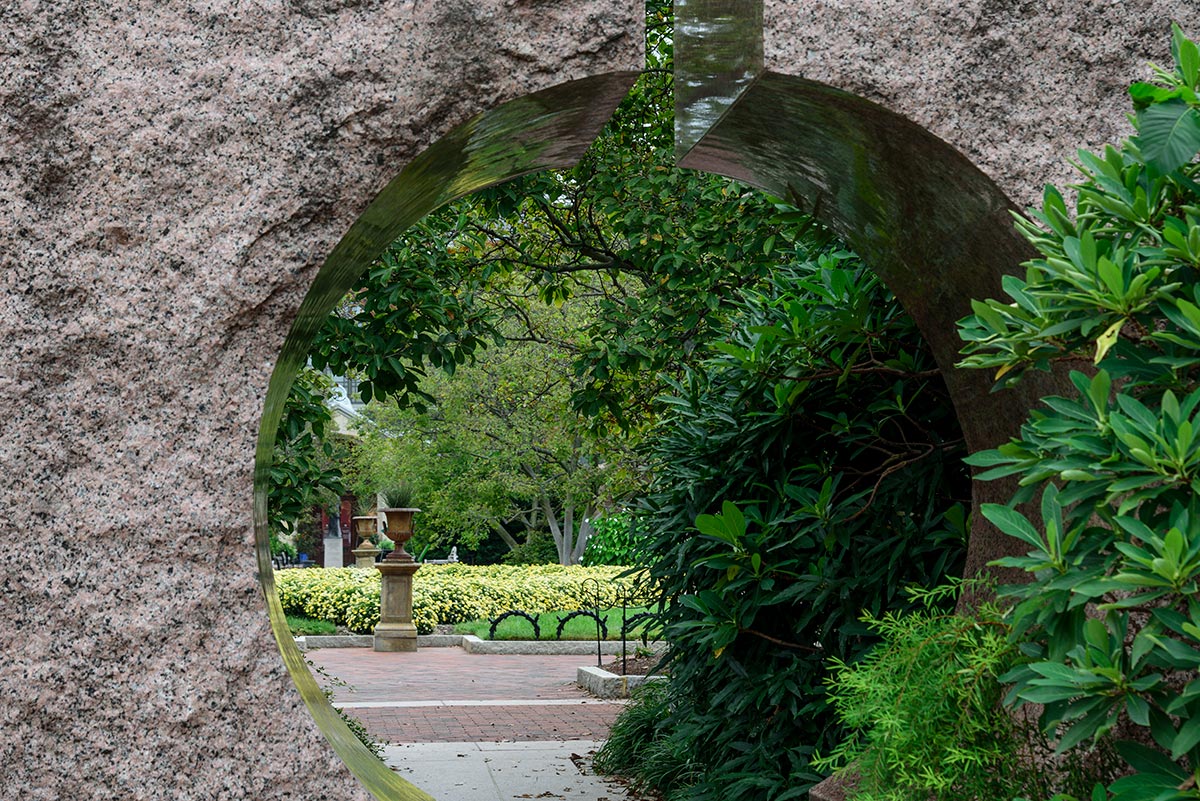
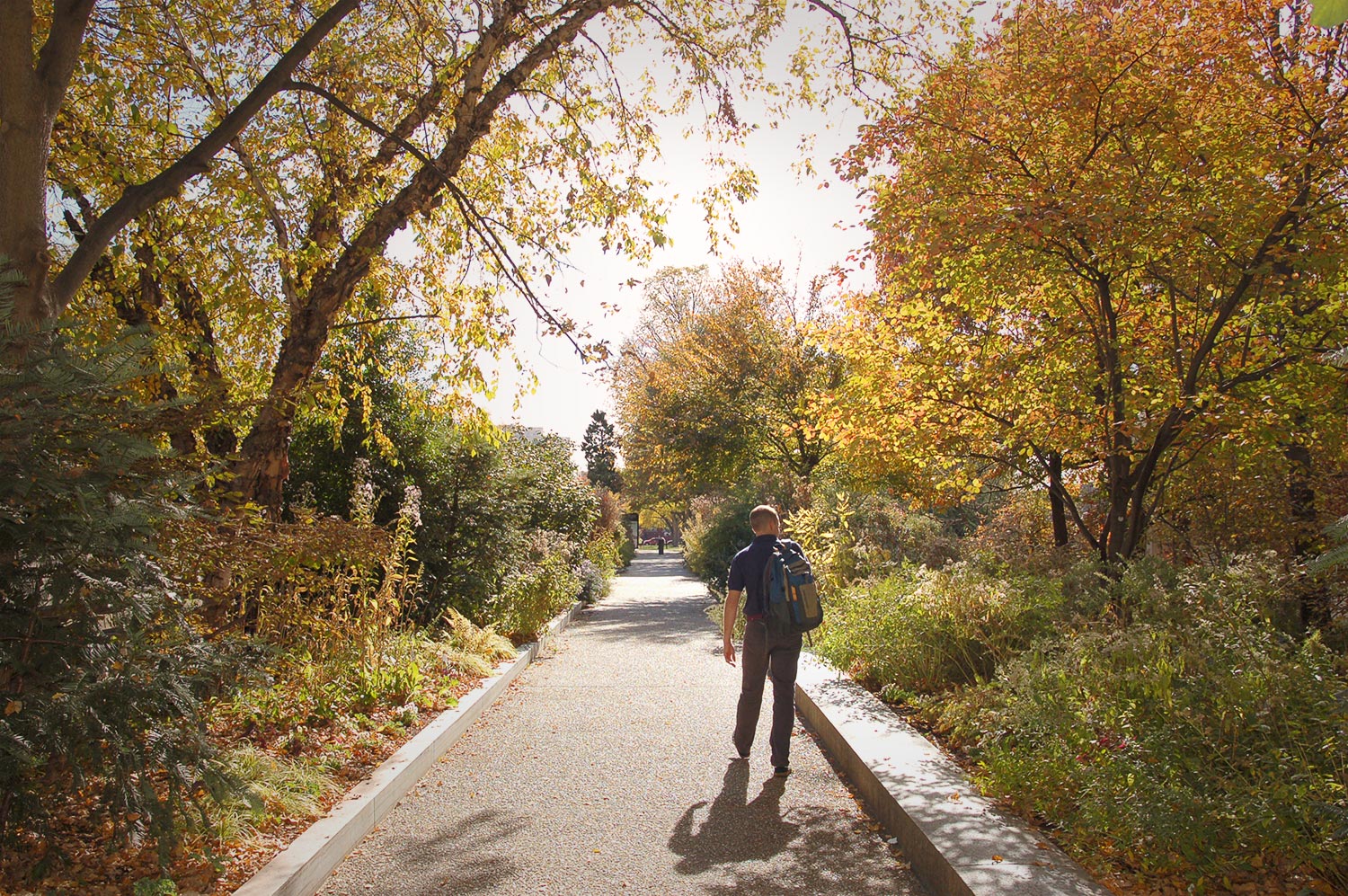
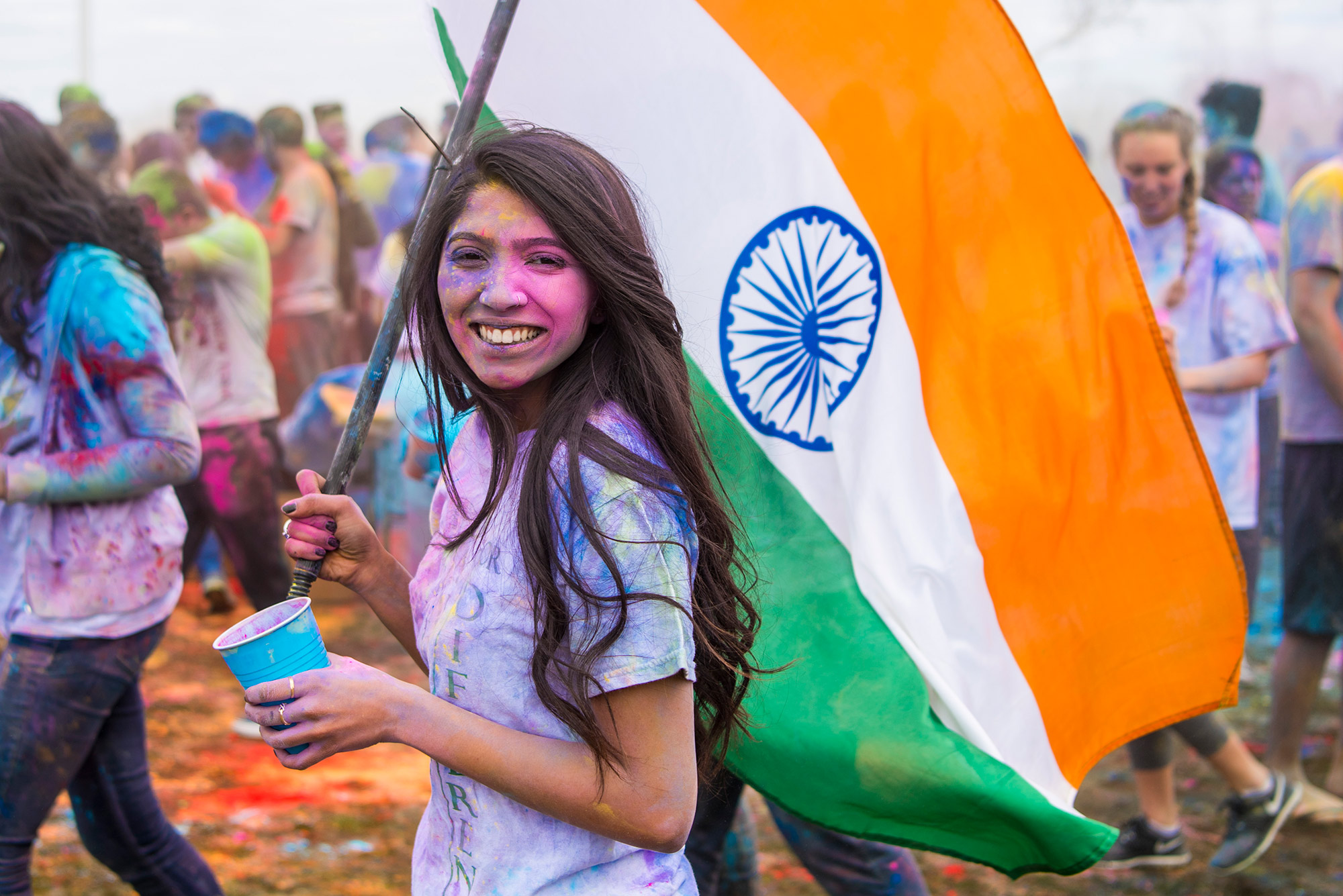
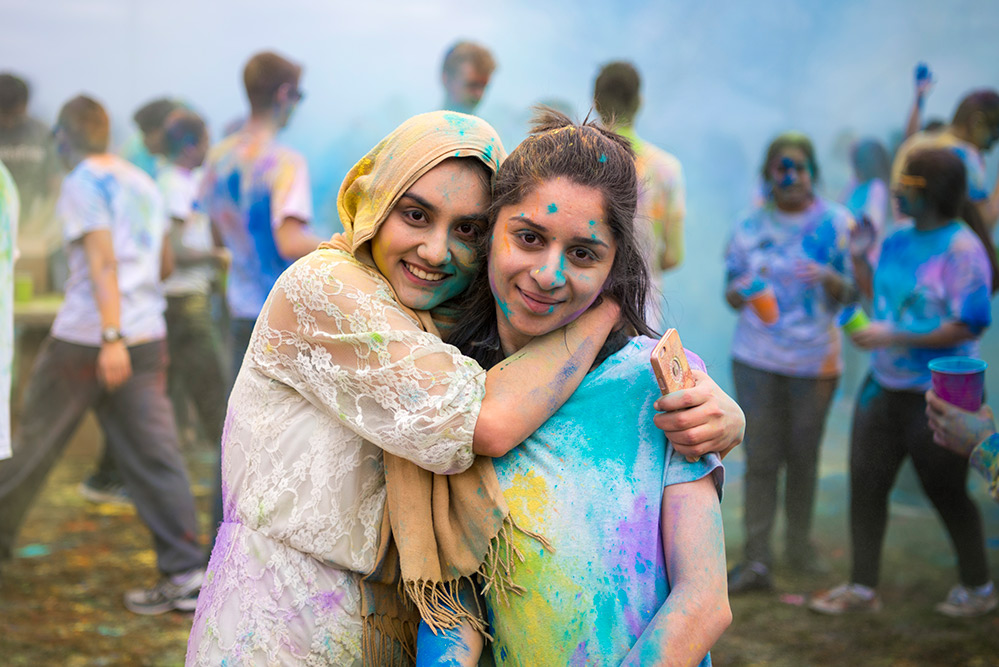
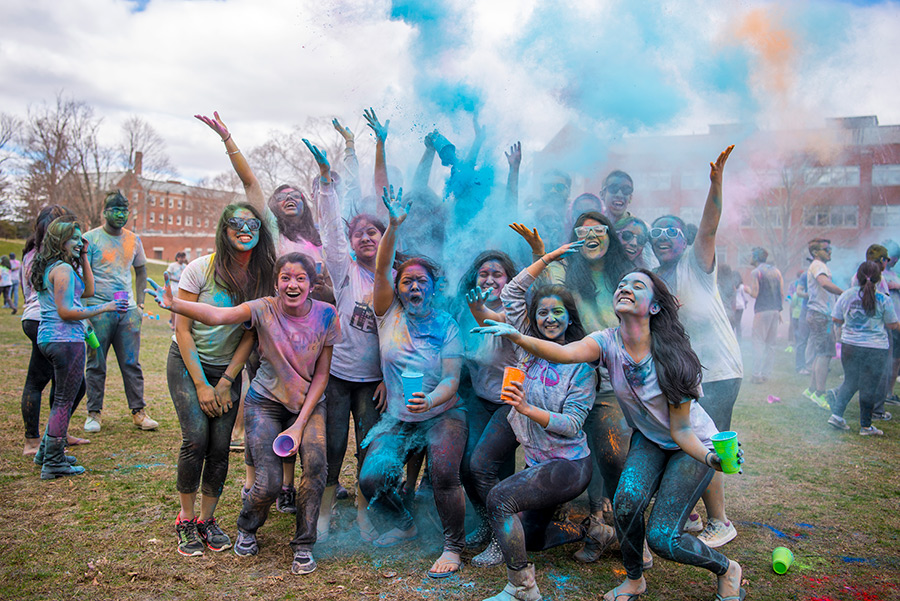
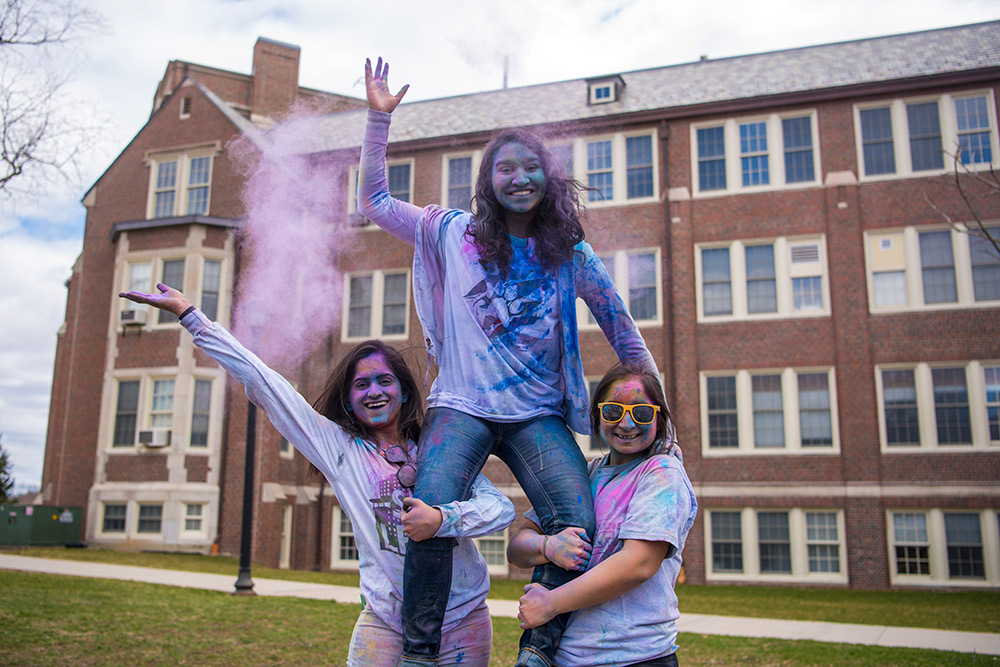
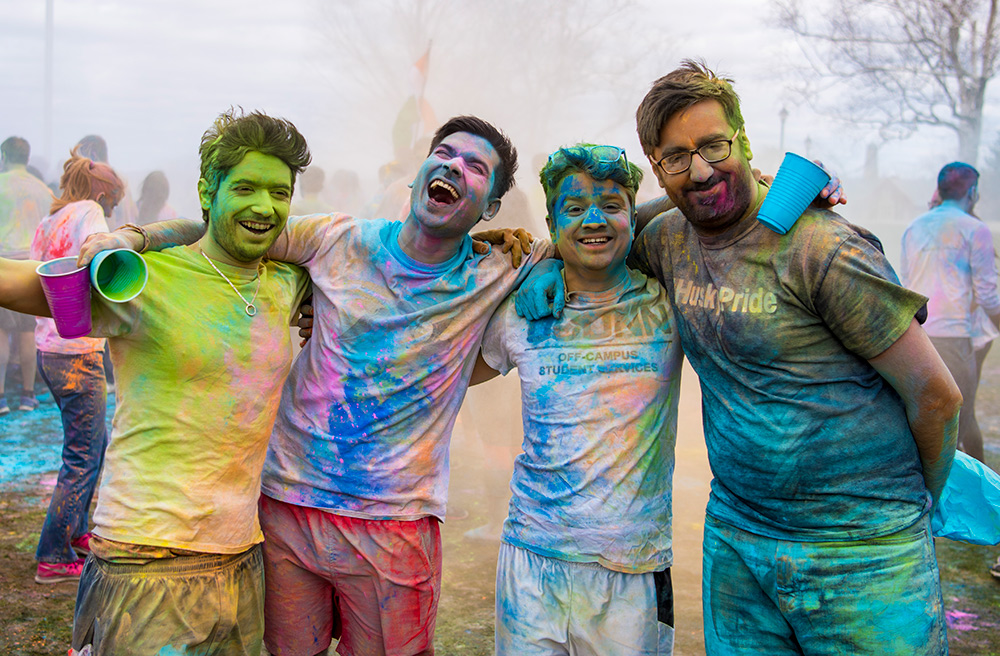
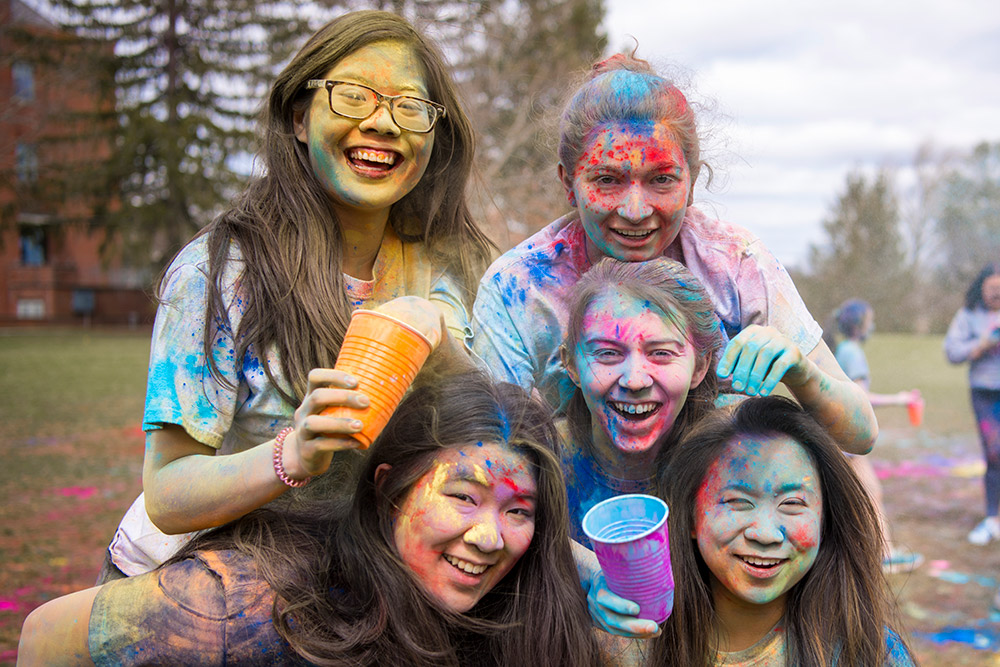
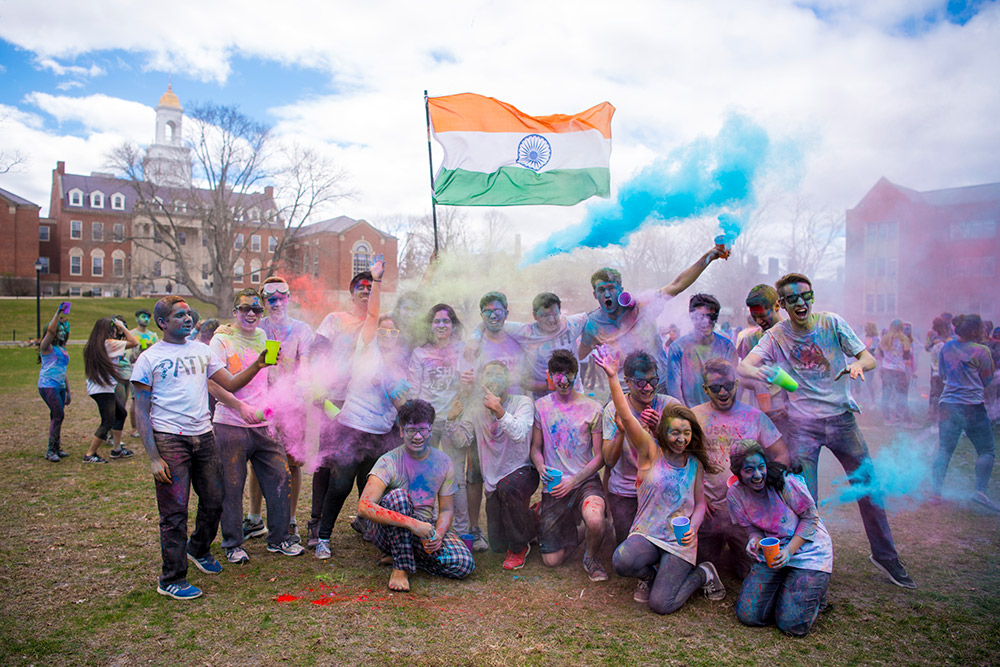
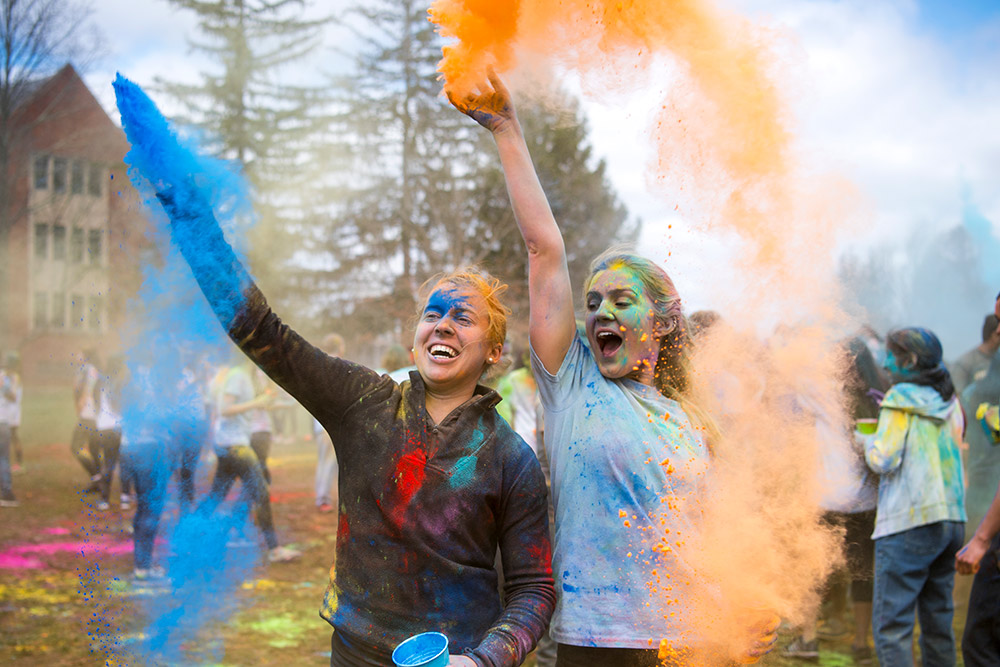
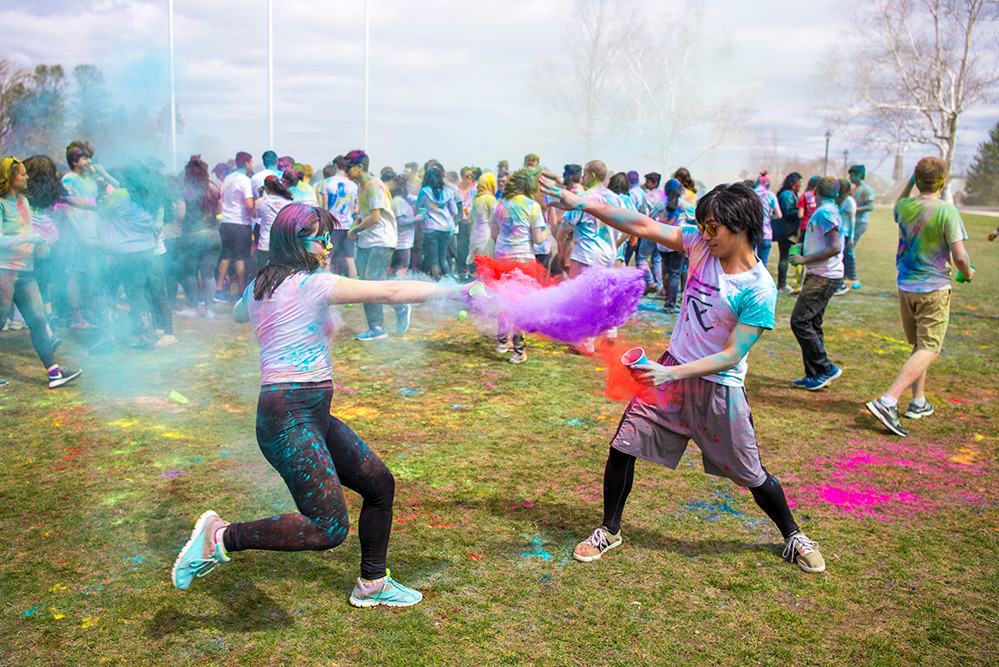
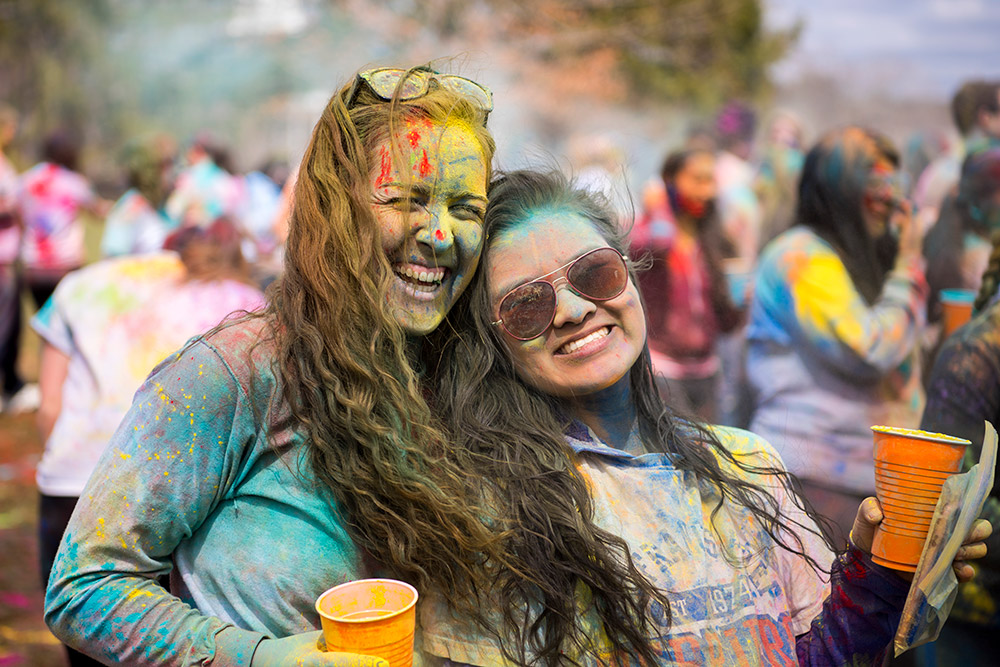
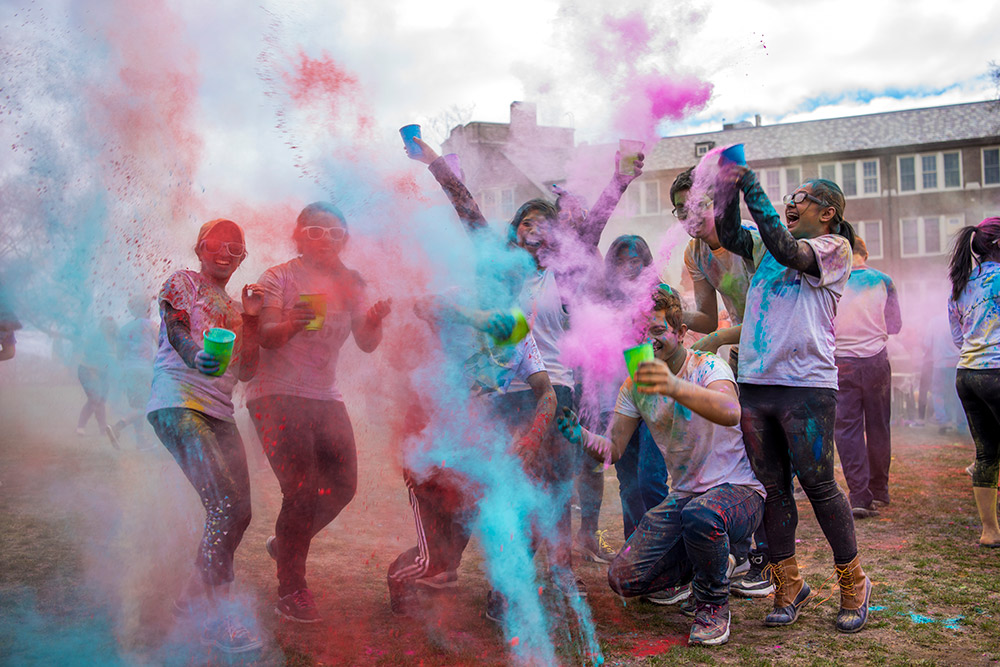
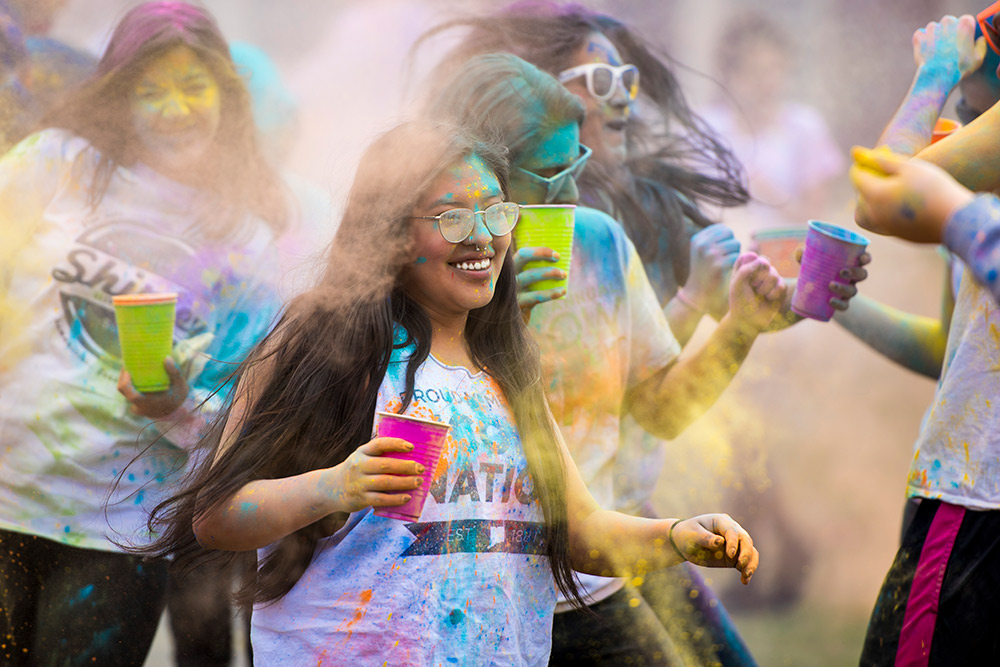
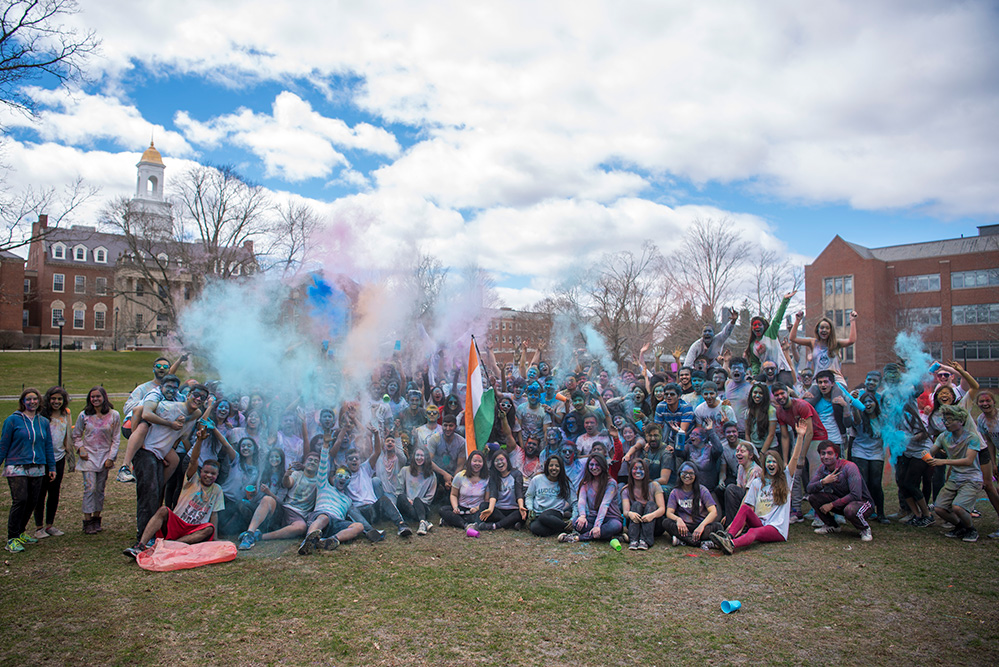
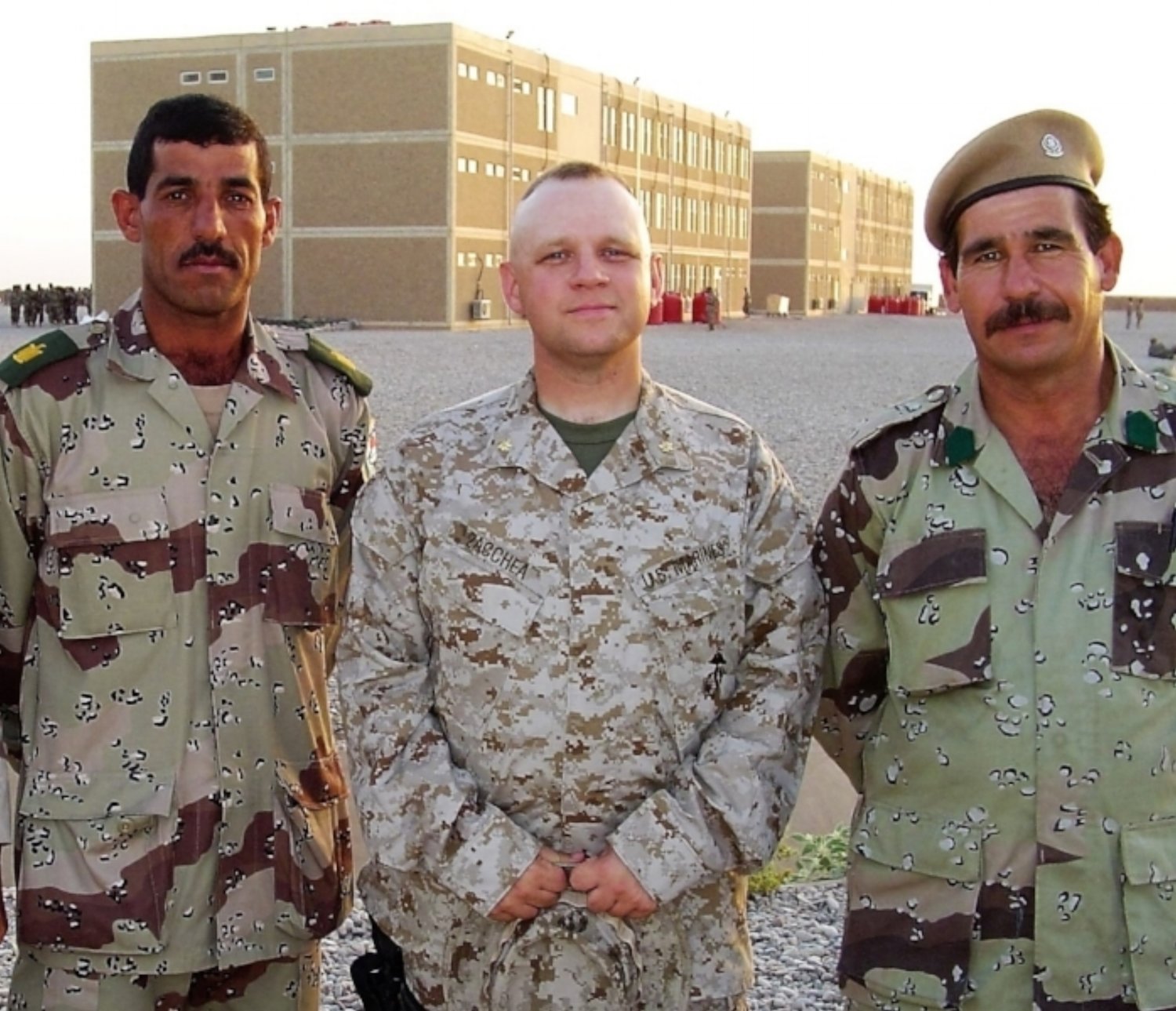
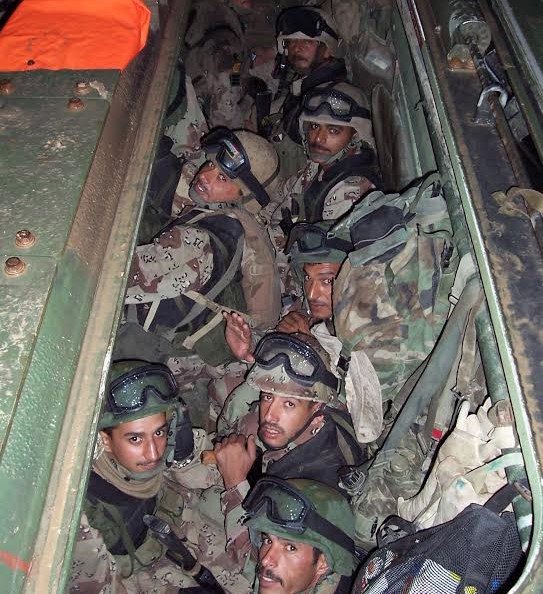
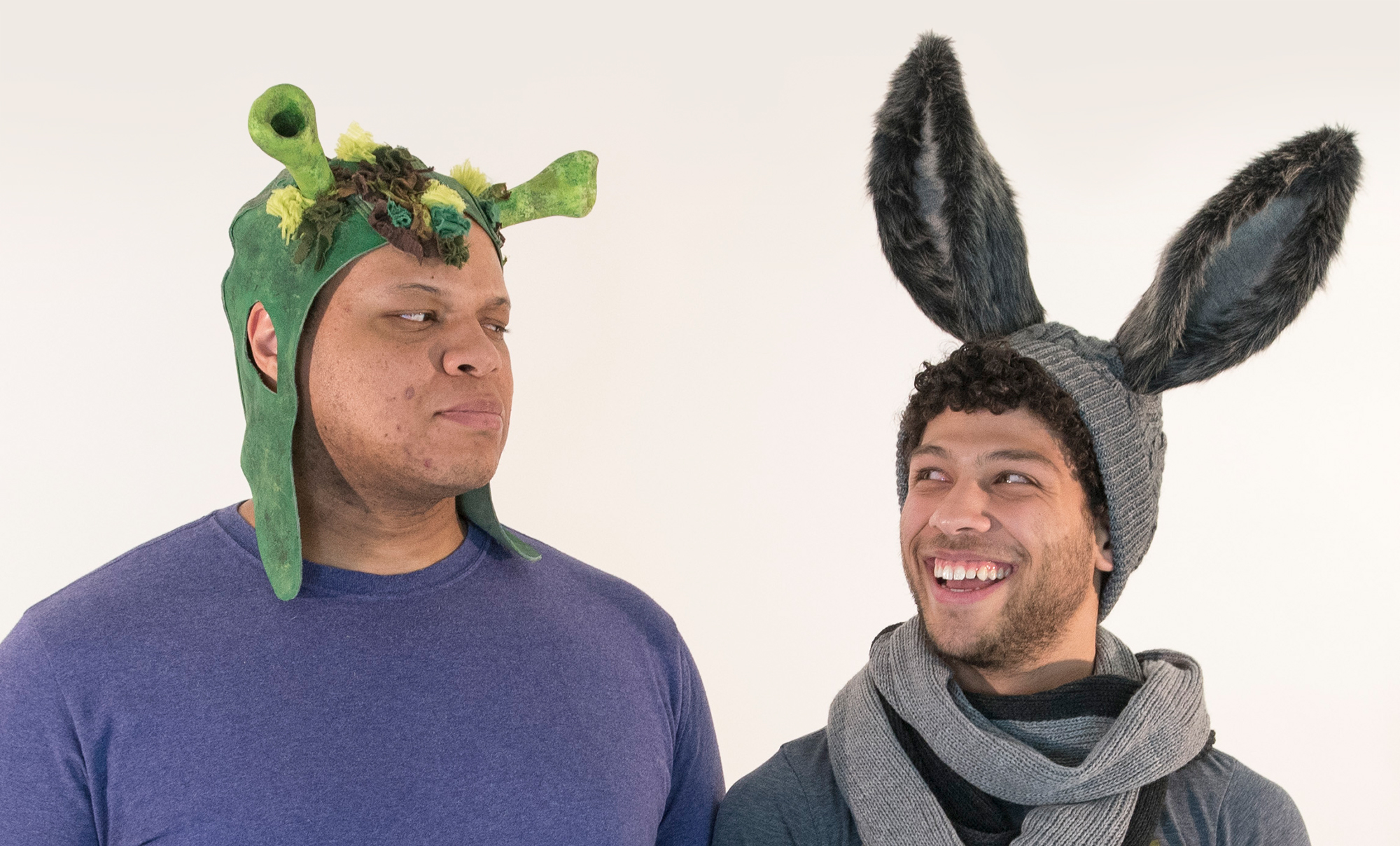
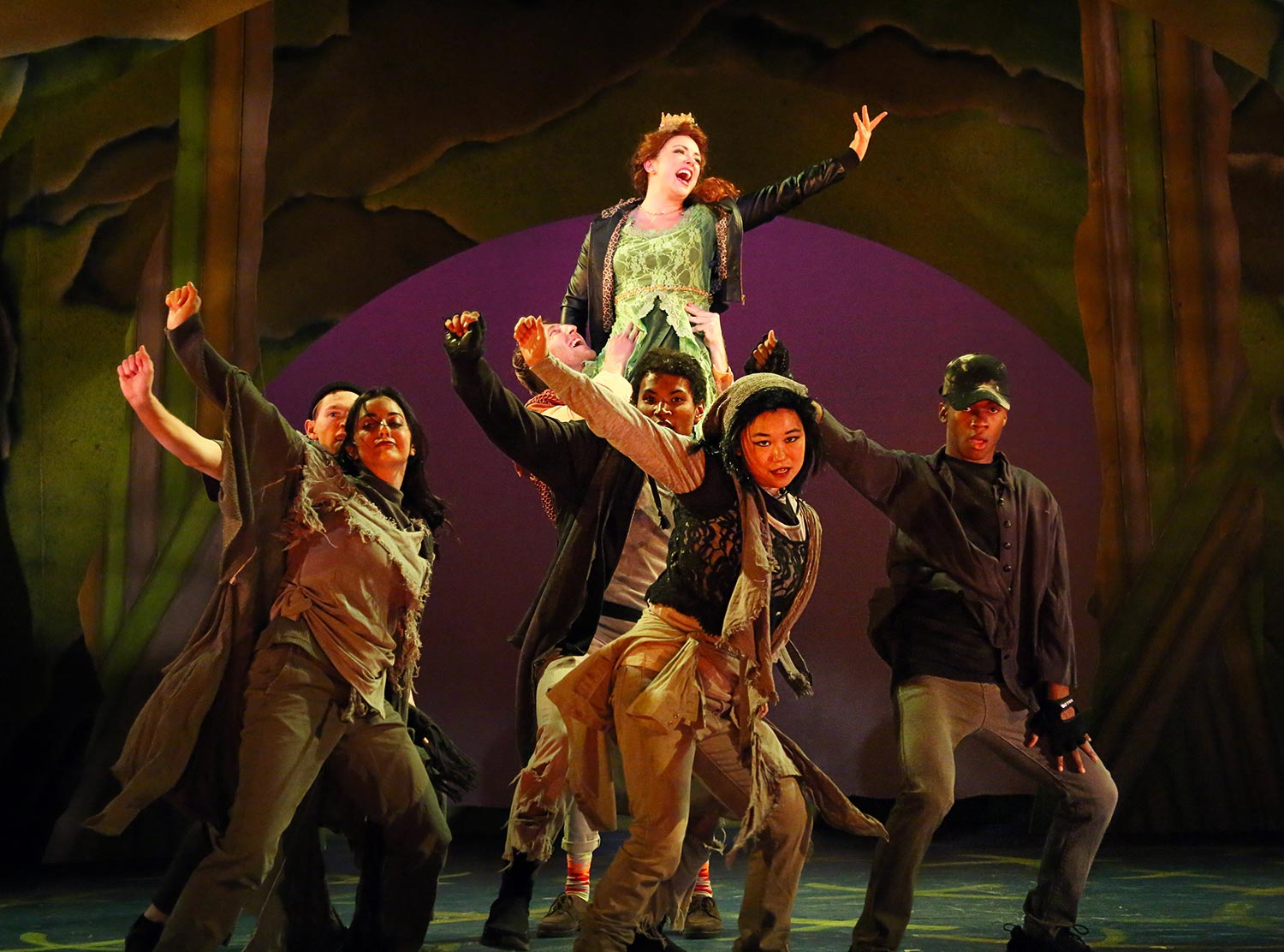
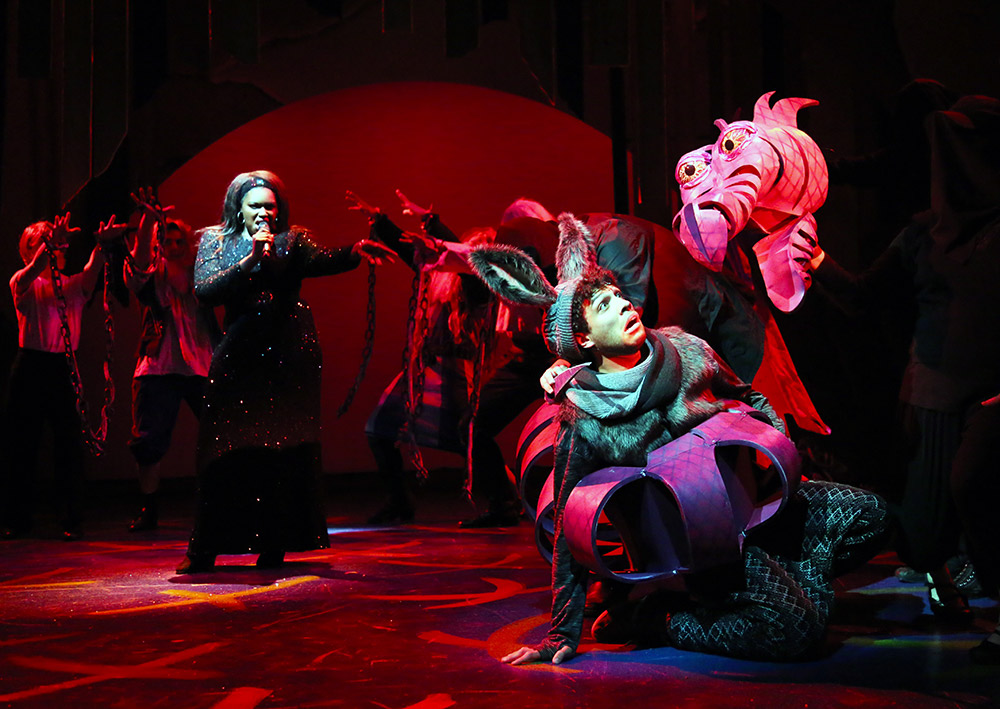
![ShrekPR1[1] Donkey leaps into a begrudging Shrek's arms on the dimly lit stage](https://dev.magazine.uconn.edu/wp-content/uploads/2017/08/ShrekPR11.jpg)

